Ch. 1 Anatomy and Physiology Quiz
1/89
There's no tags or description
Looks like no tags are added yet.
Name | Mastery | Learn | Test | Matching | Spaced |
|---|
No study sessions yet.
90 Terms
Responsiveness (adaptability)
Organisms respond to changes in their environment.

Growth
differentiation): Over time, organisms grow
larger. The number of cells increases and the cells
become specialized to perform particular functions.
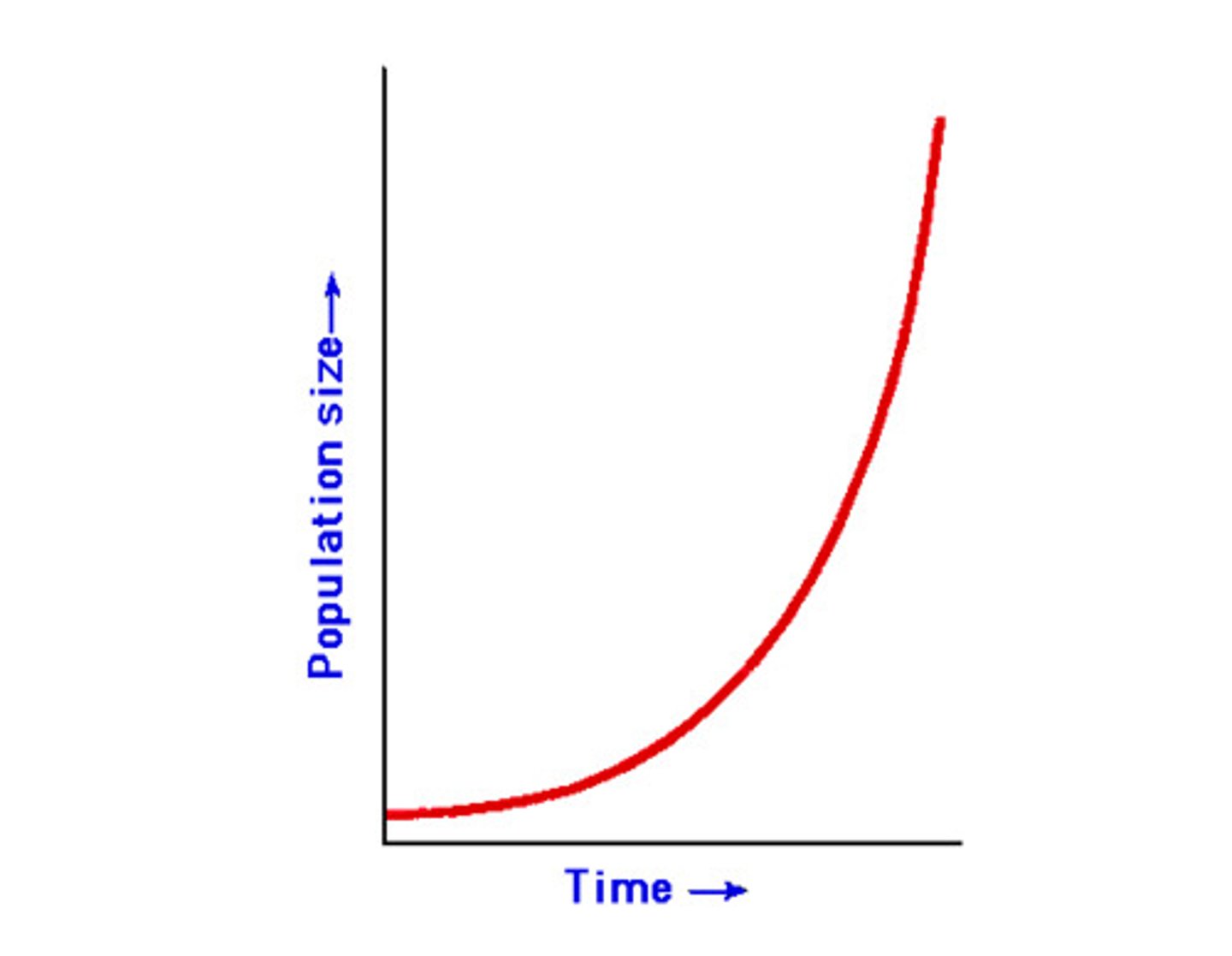
Reproduction
Creating new generations of similar organisms. (this is important for the species)
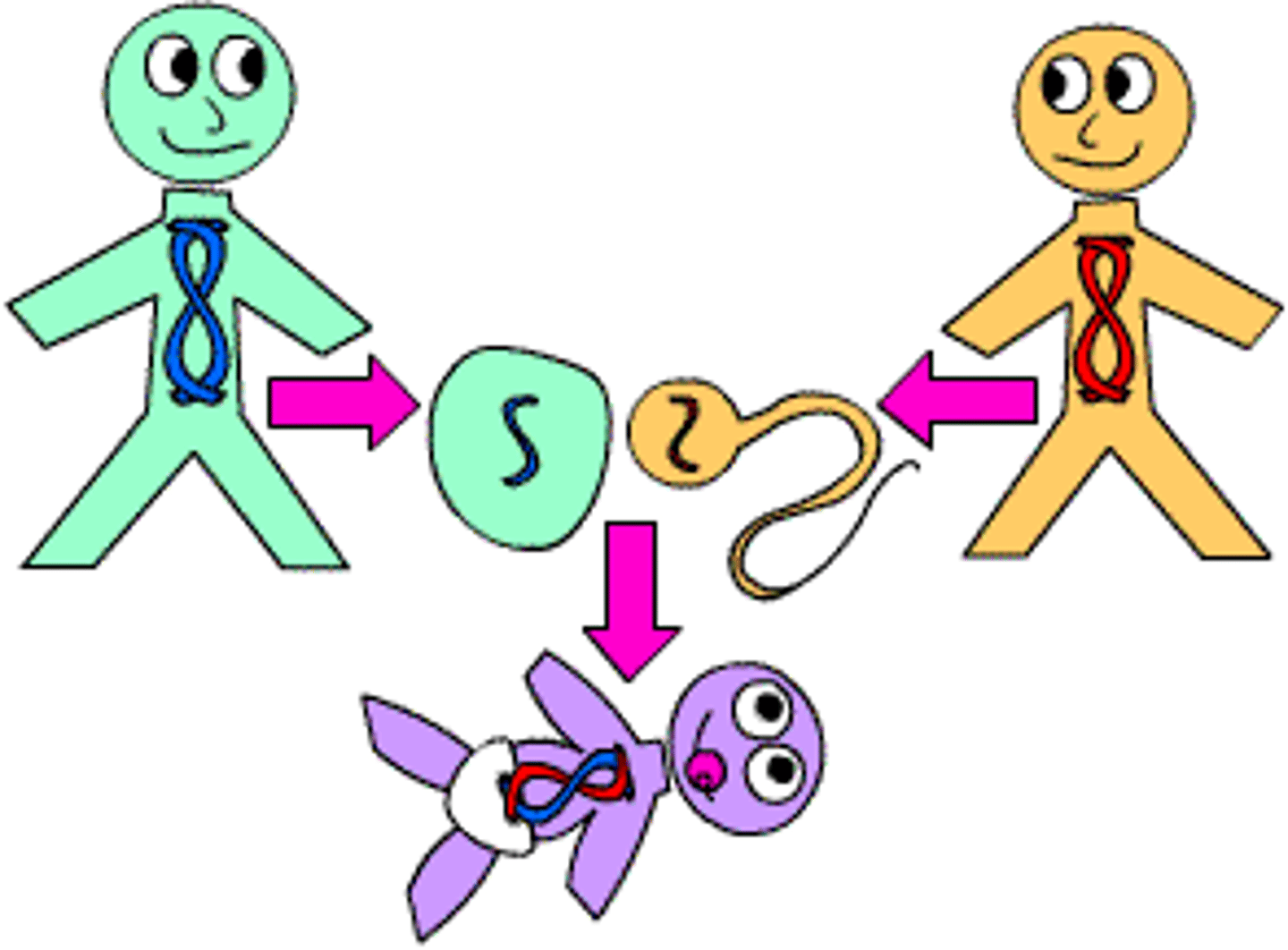
Movement
May be internal or external
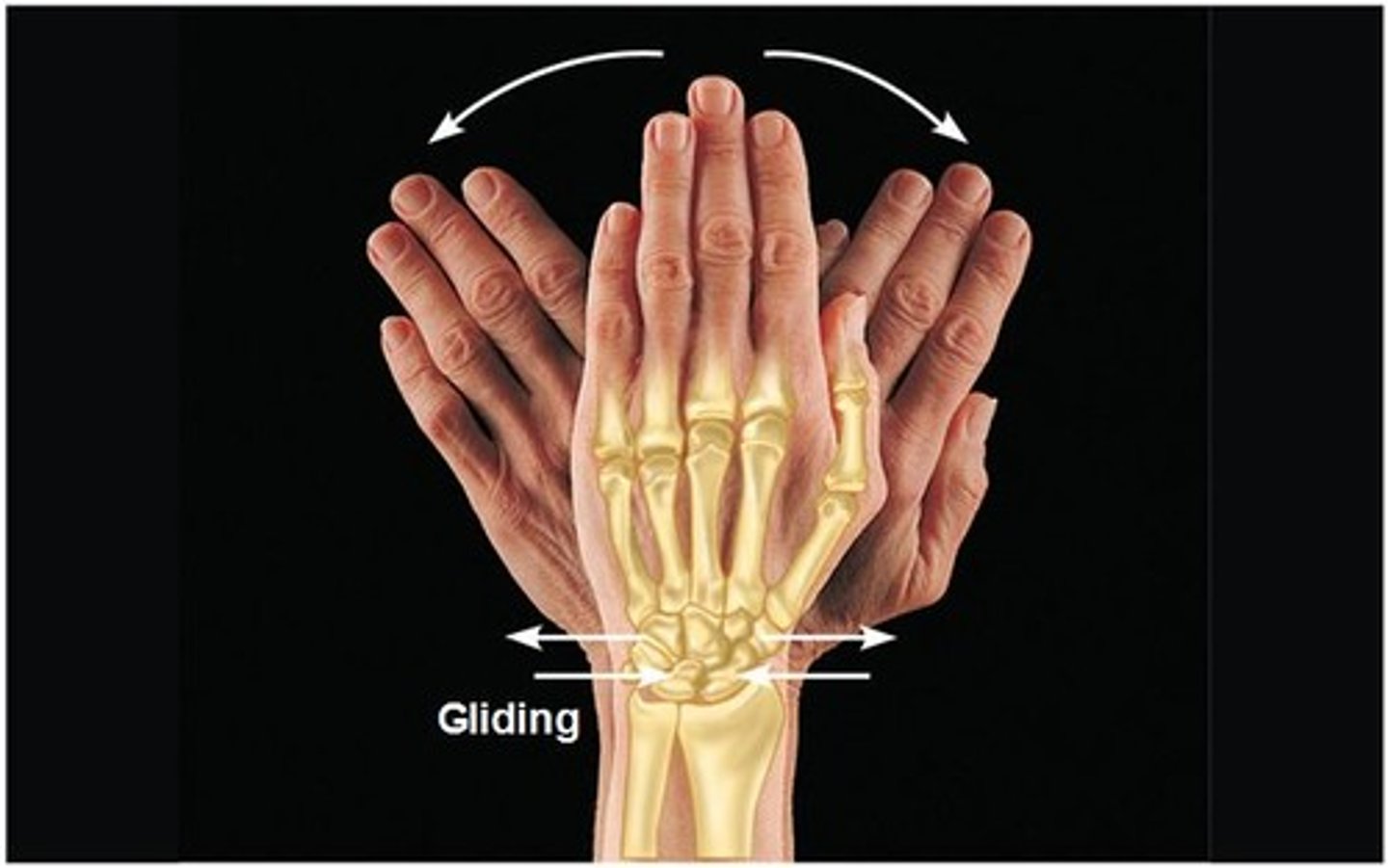
Metabolism
(absorption, digestion, respiration, circulation, excretion/obtaining and using oxygen O2)
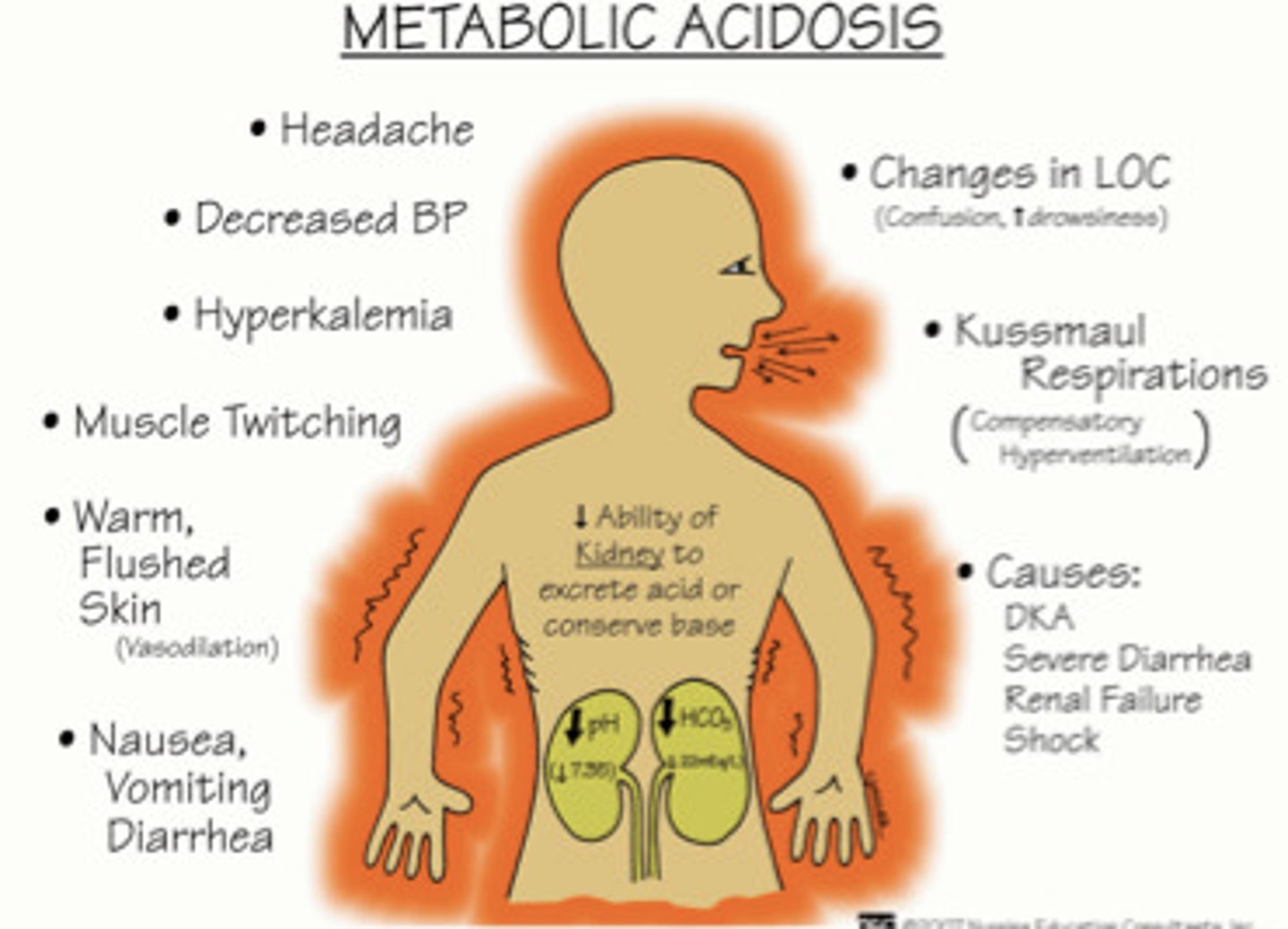
Anatomy
the structure of body parts (also called Morphology)
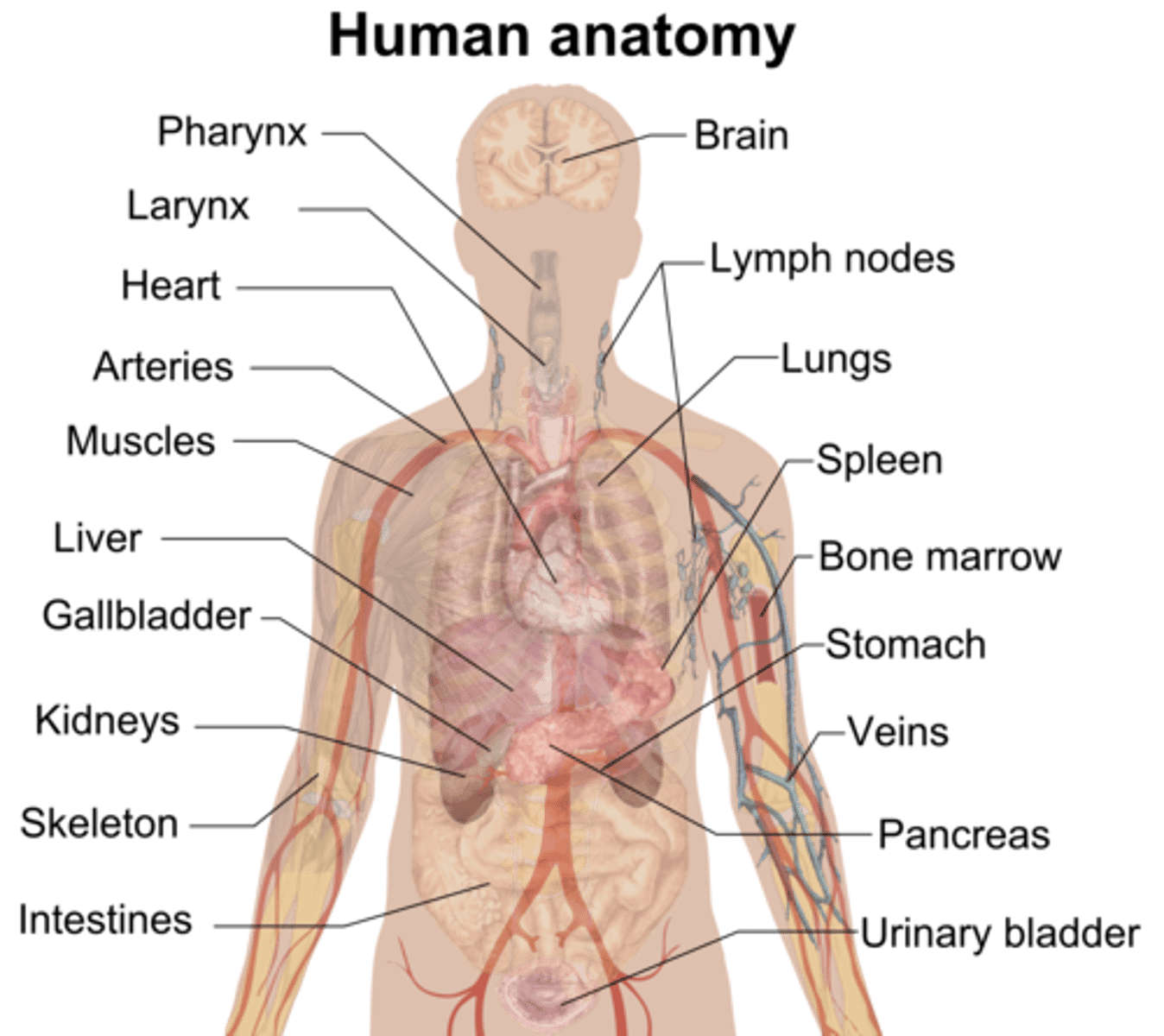
Physiology
the function of the body parts, what they do and how they do it
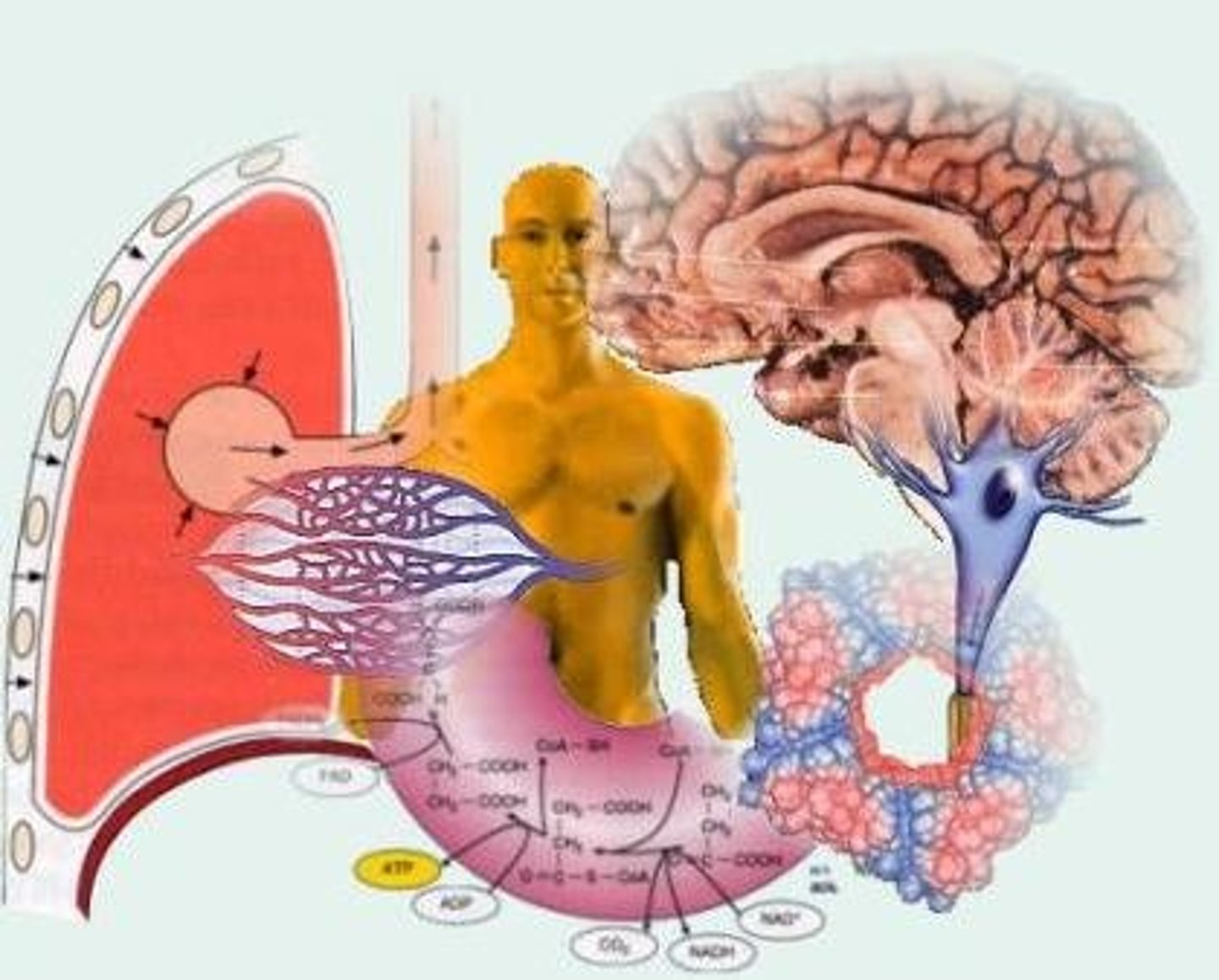
Cytology
analyzes the internal structure of cells
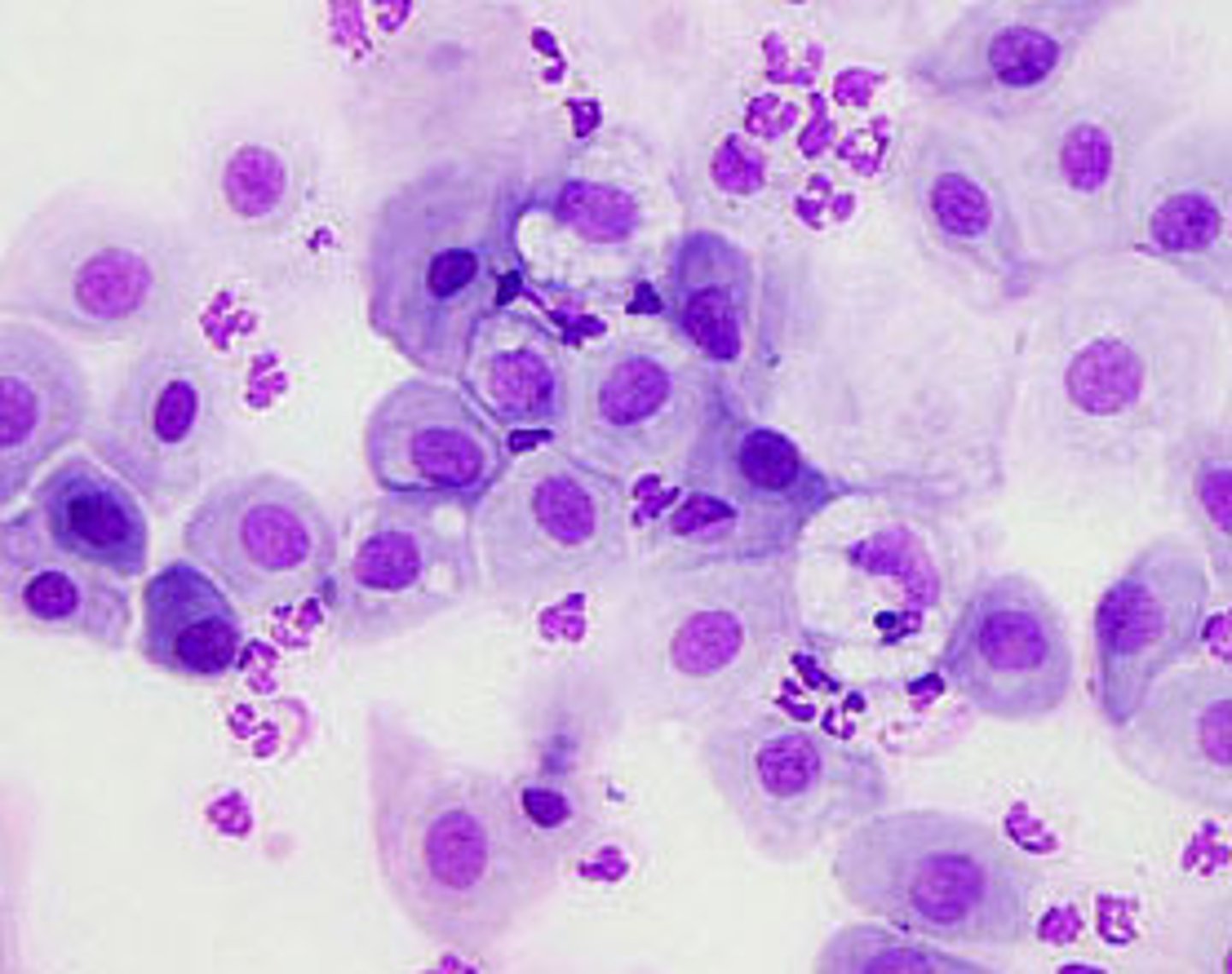
Histology
study of tissues (groups of specialized cells)
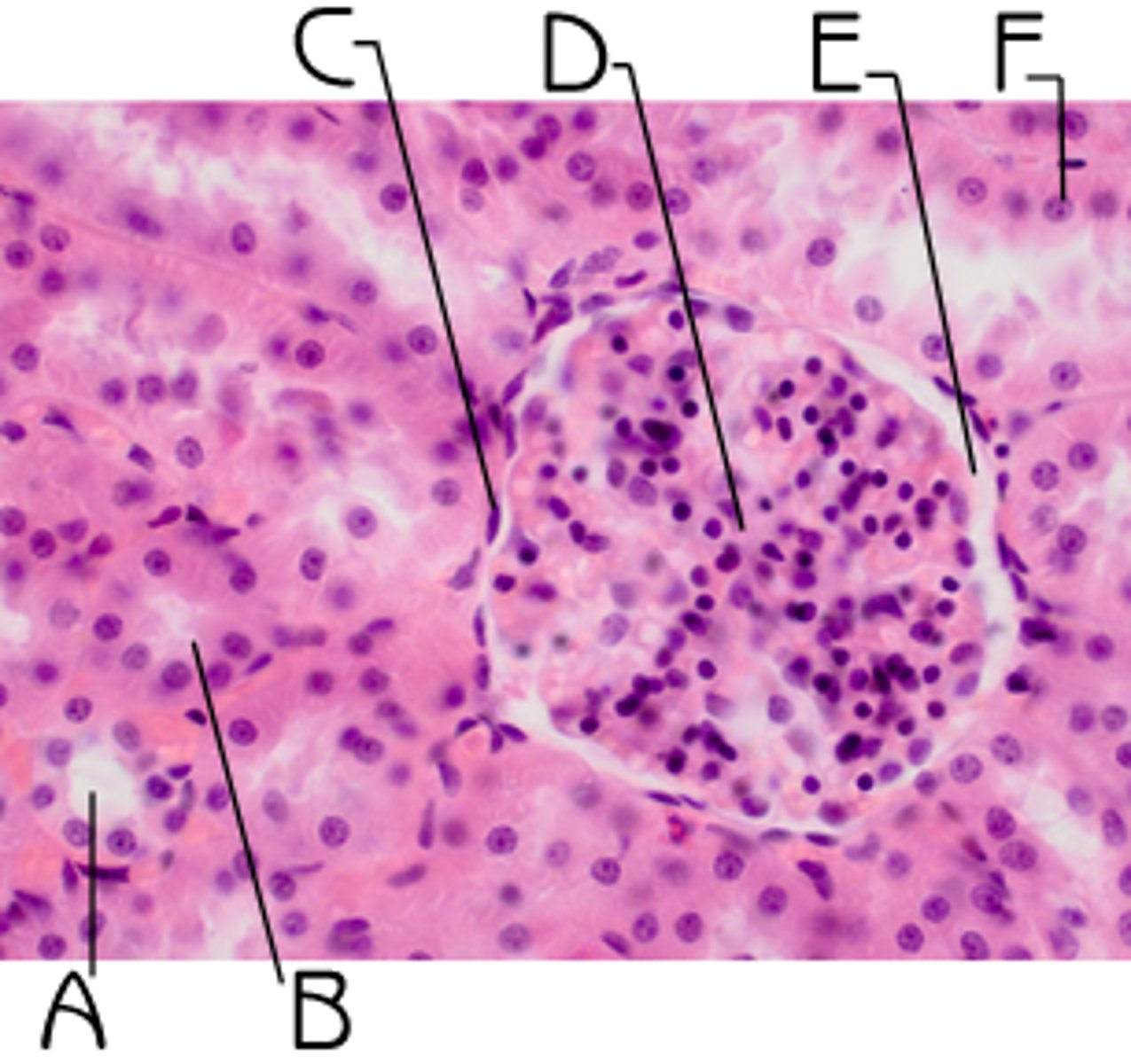
Surface anatomy:
general form and landmarks
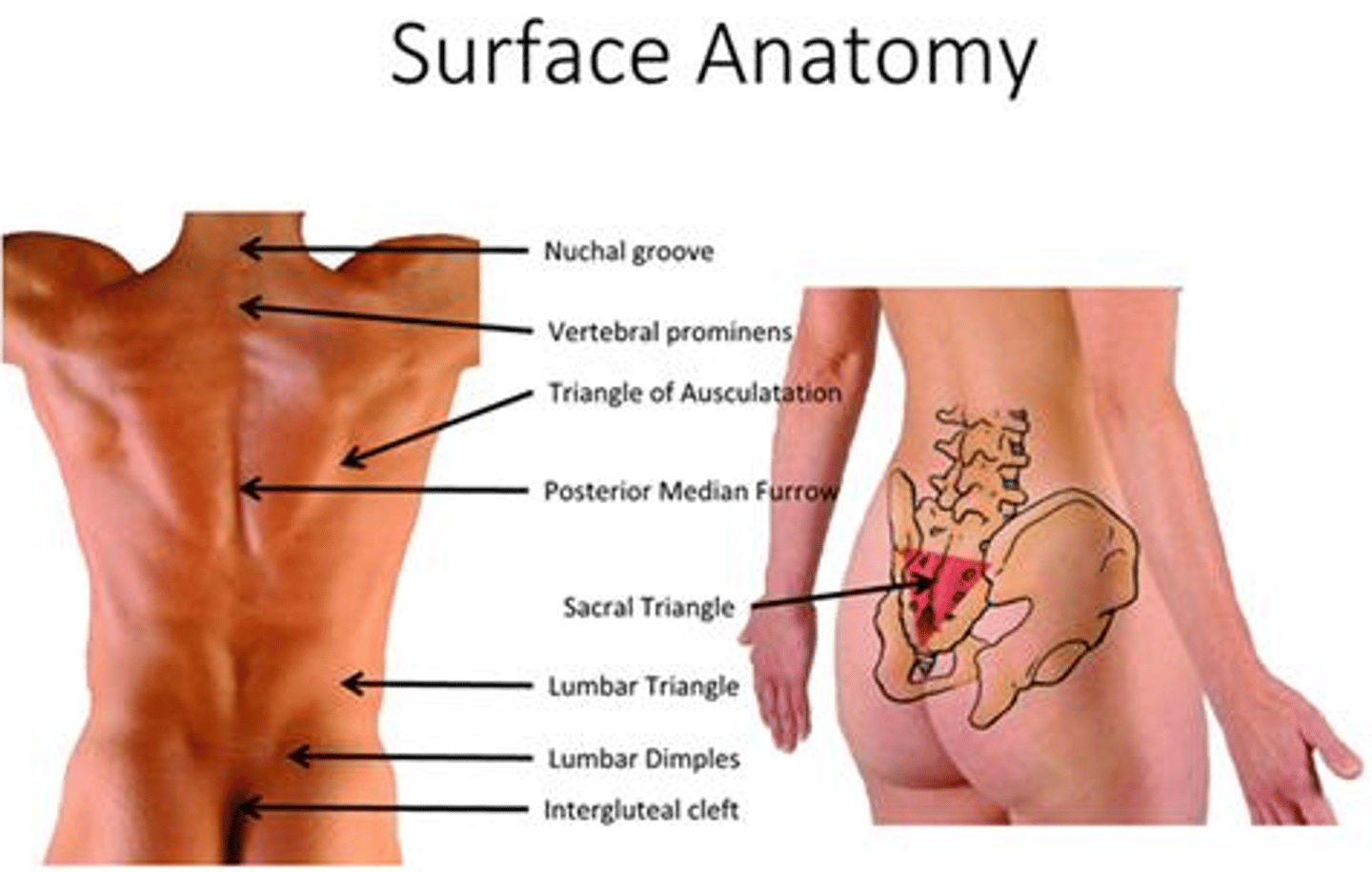
Regional anatomy:
specific regions of the body such as the head or chest
examples: Head, Neck, Trunk
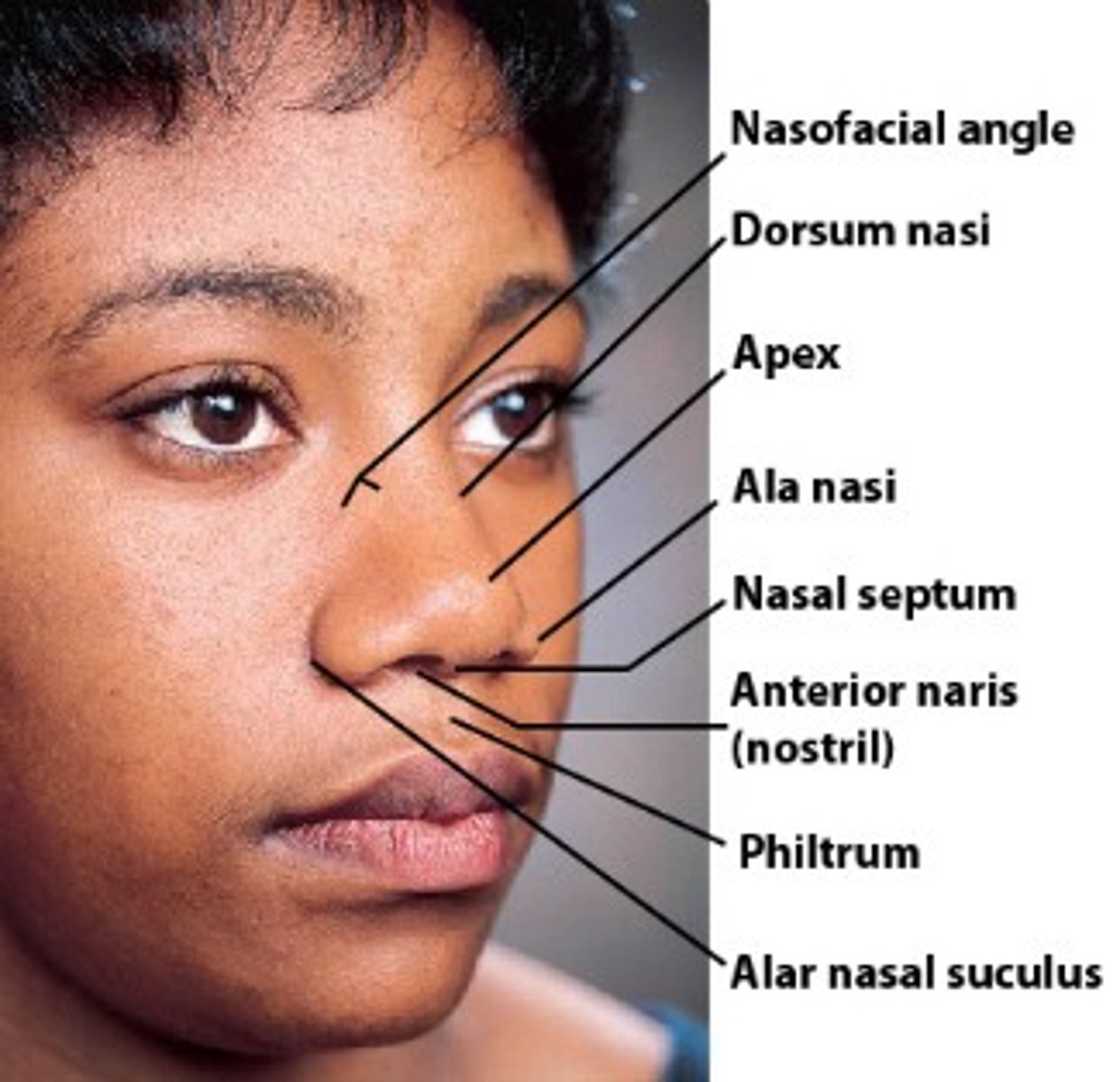
Systemic anatomy
concerned with organ systems, such as the skeletal and muscular systems.
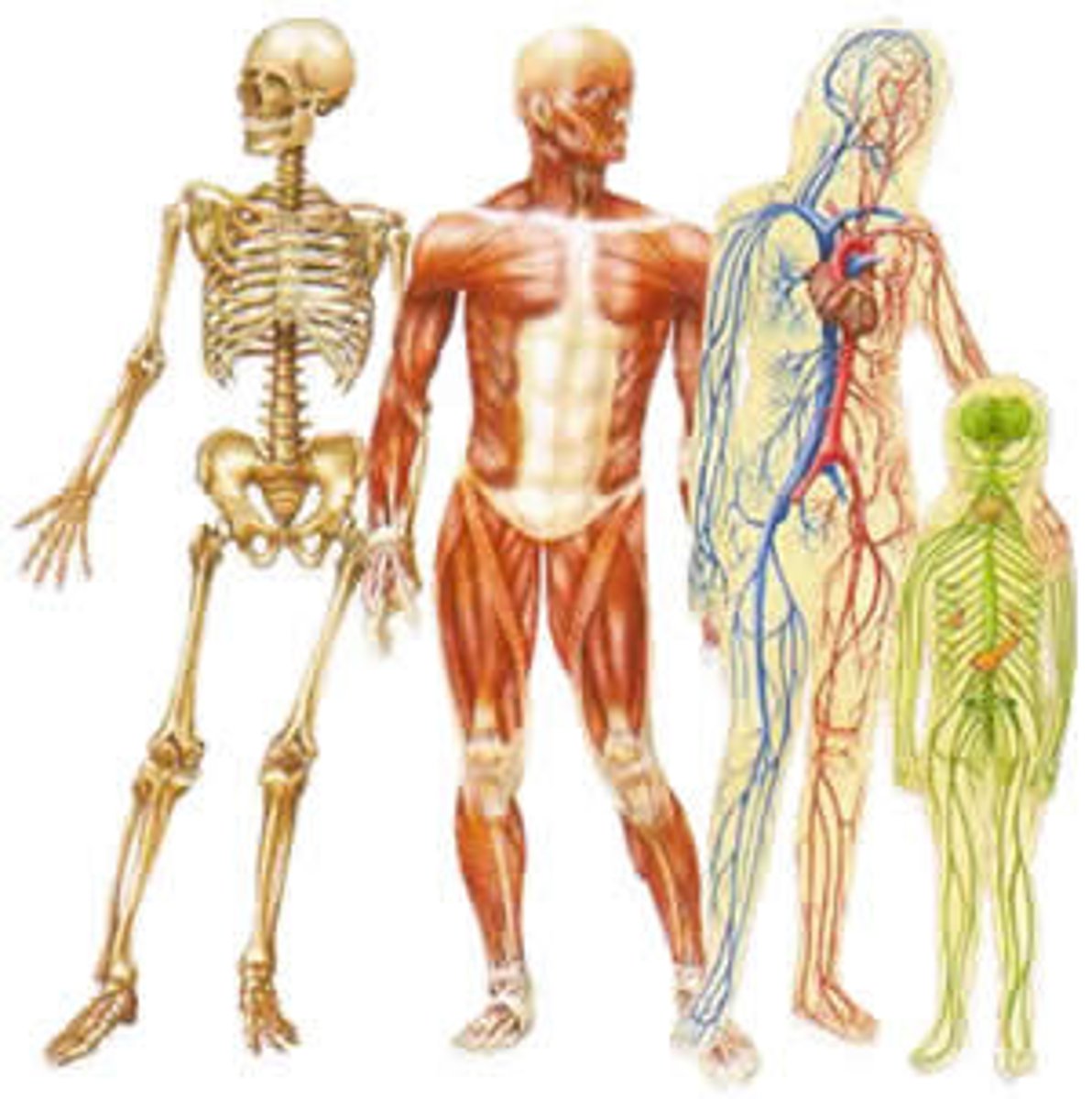
Developmental anatomy (embryology):
examining the changes that occur between conception and physical maturity.
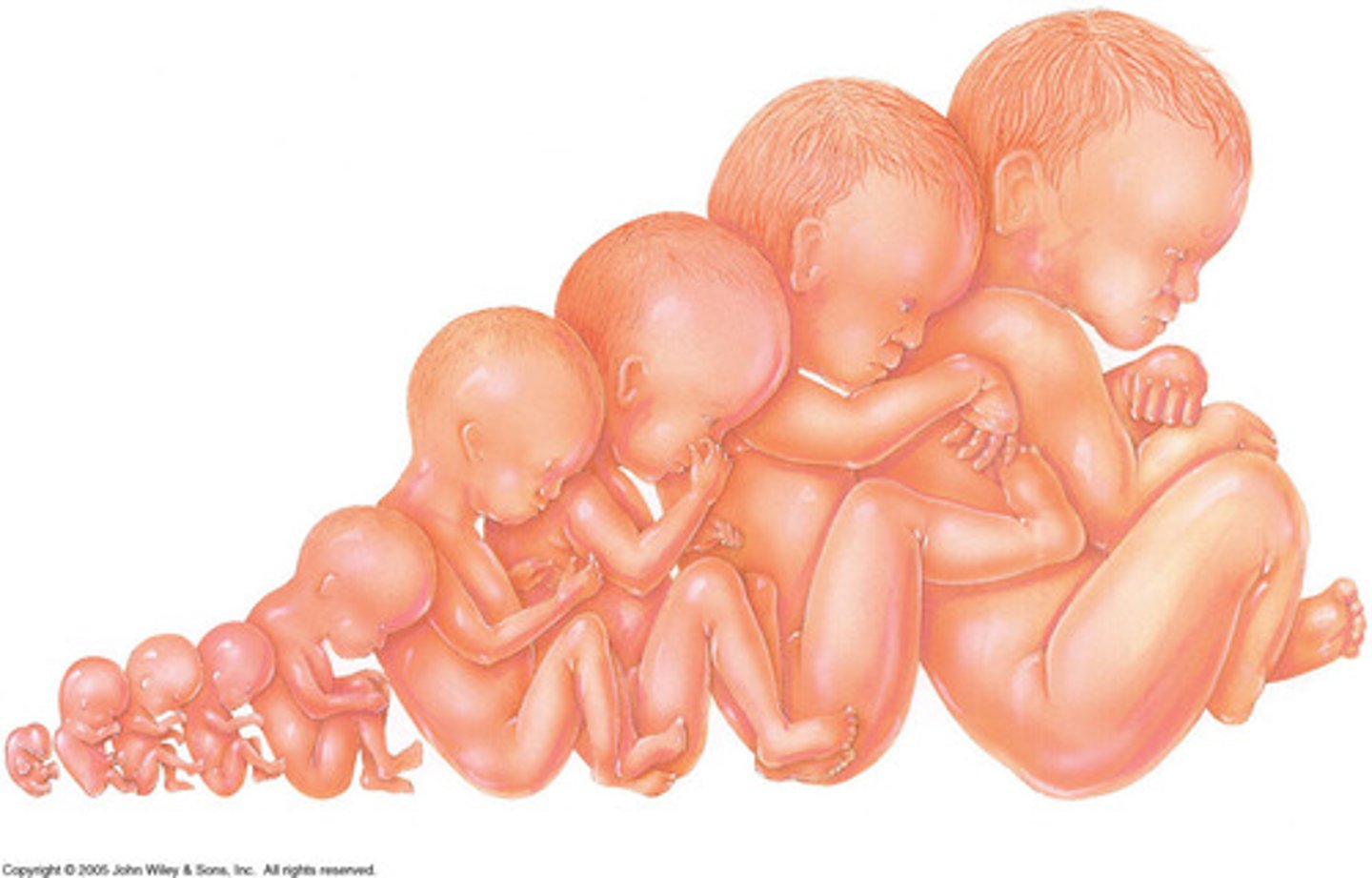
Nasal
nose
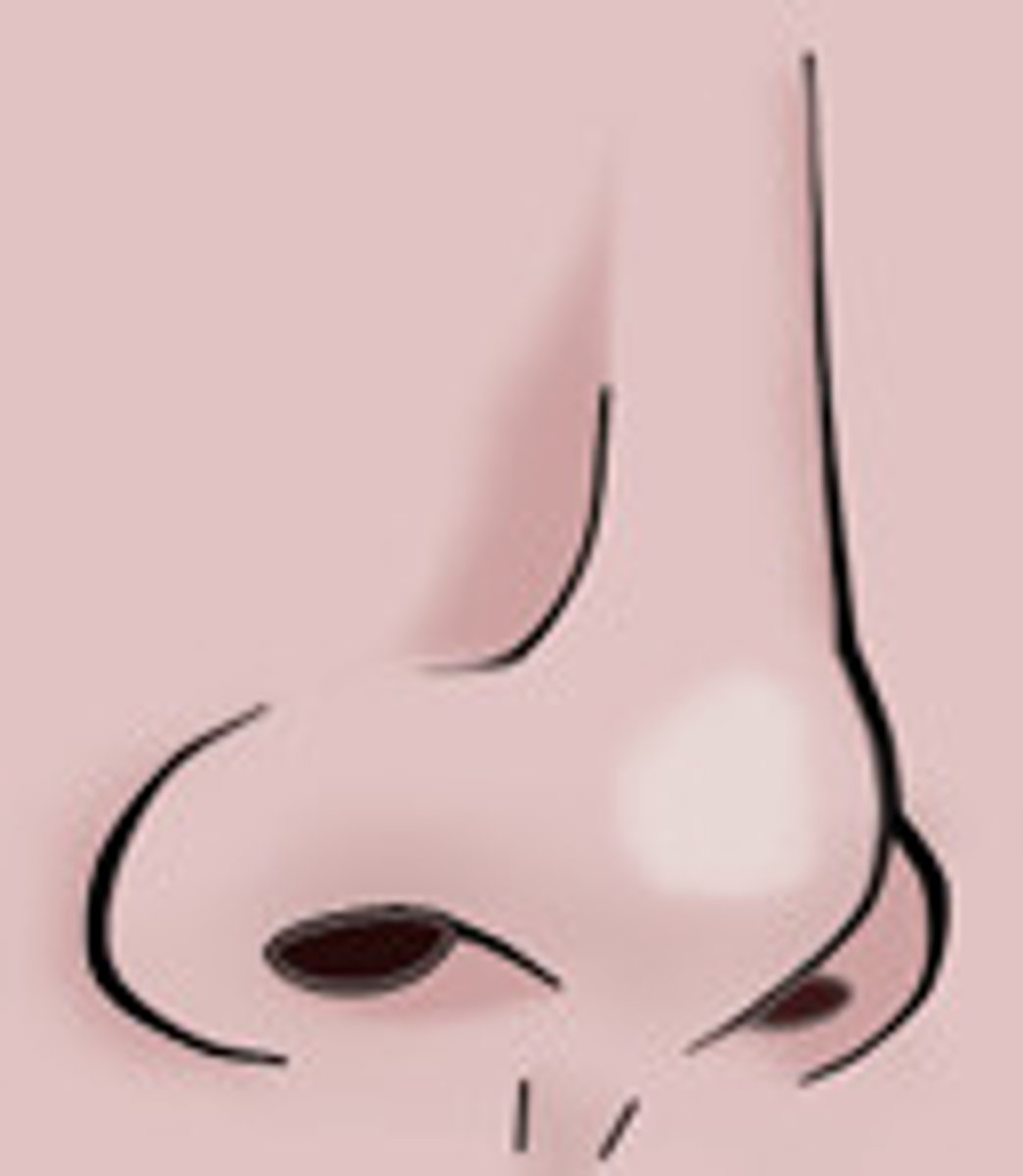
Oral
Mouth
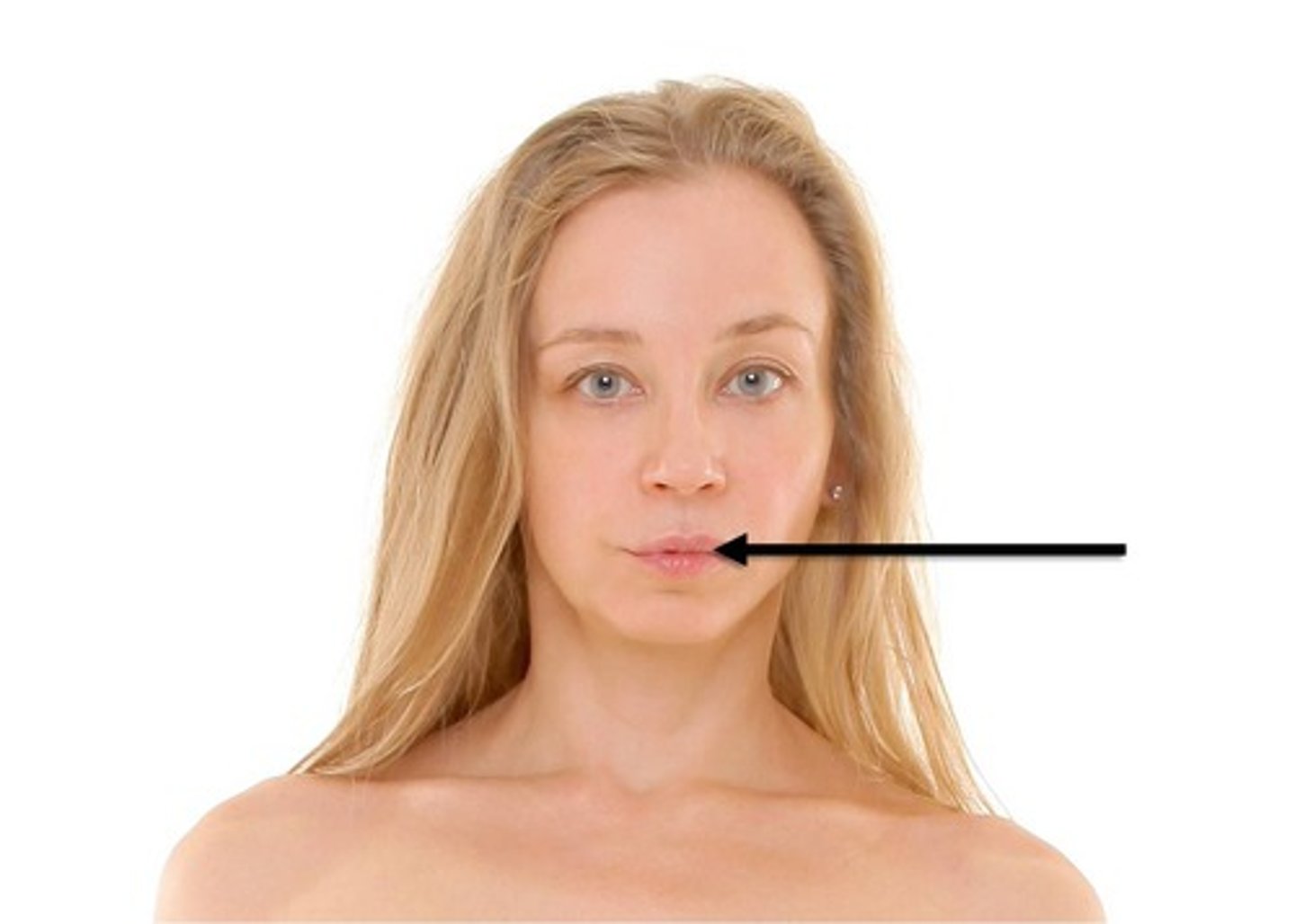
Cervical
neck
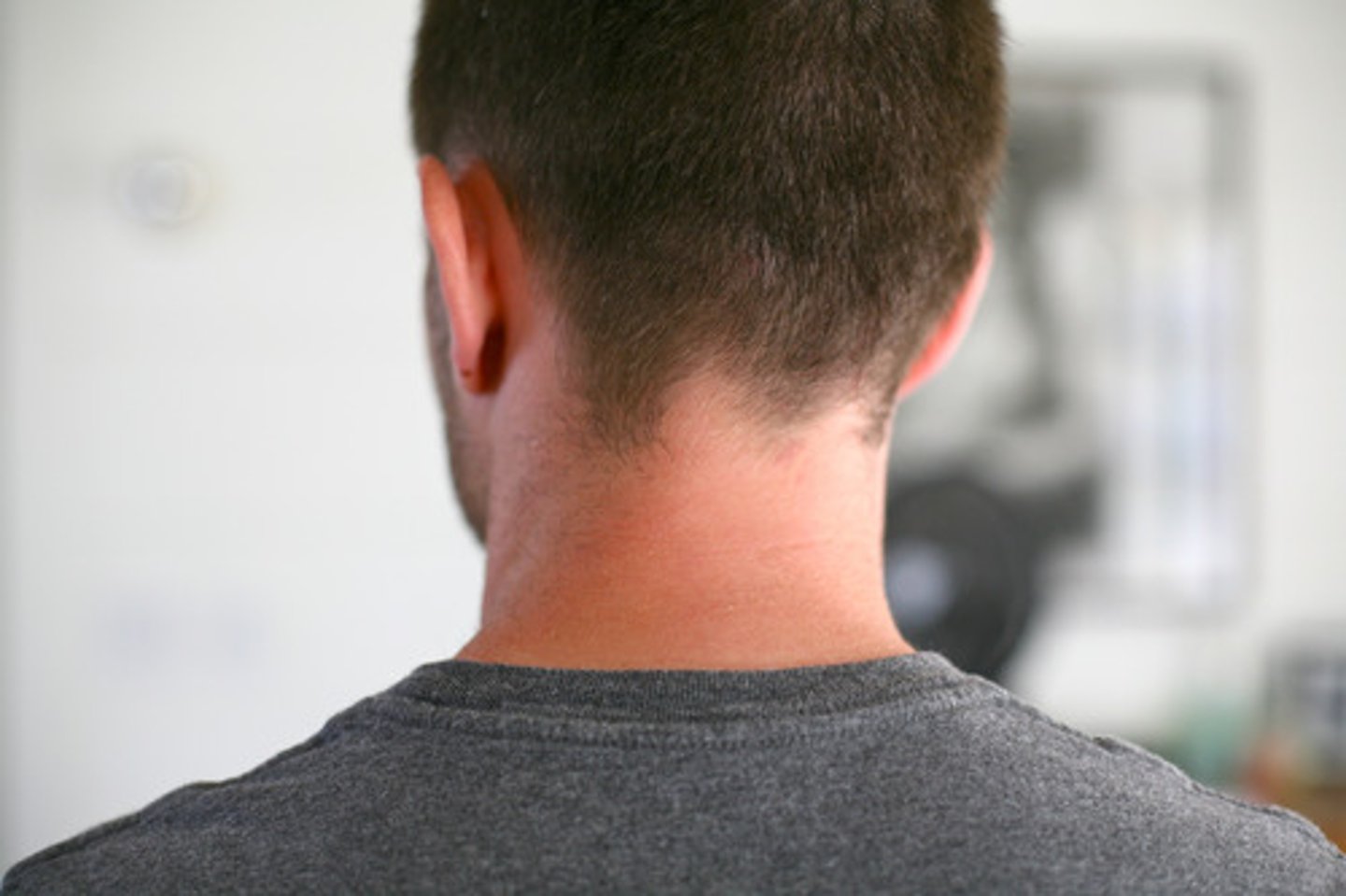
Acromial
point of shoulder
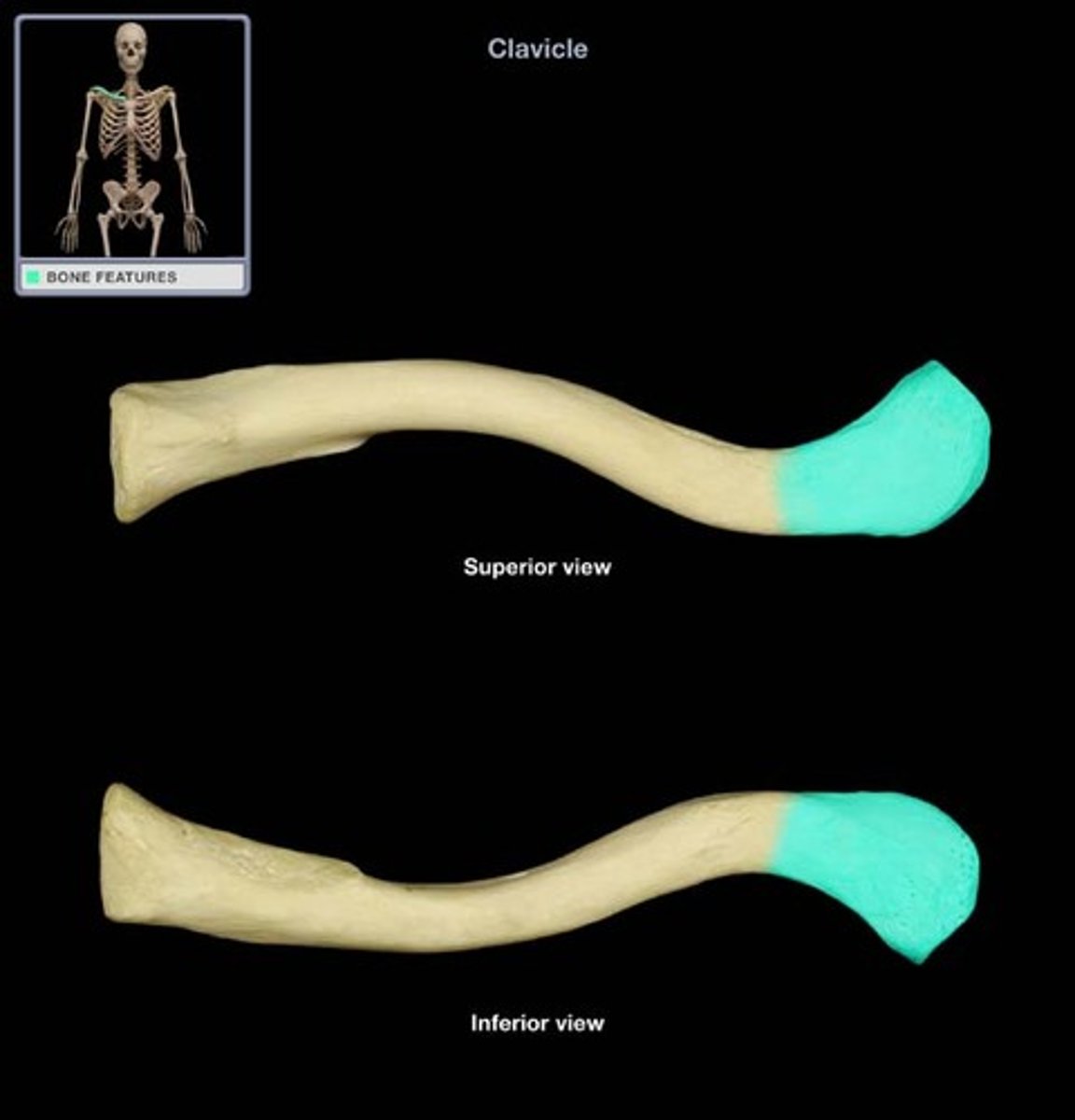
Axillary
armpit
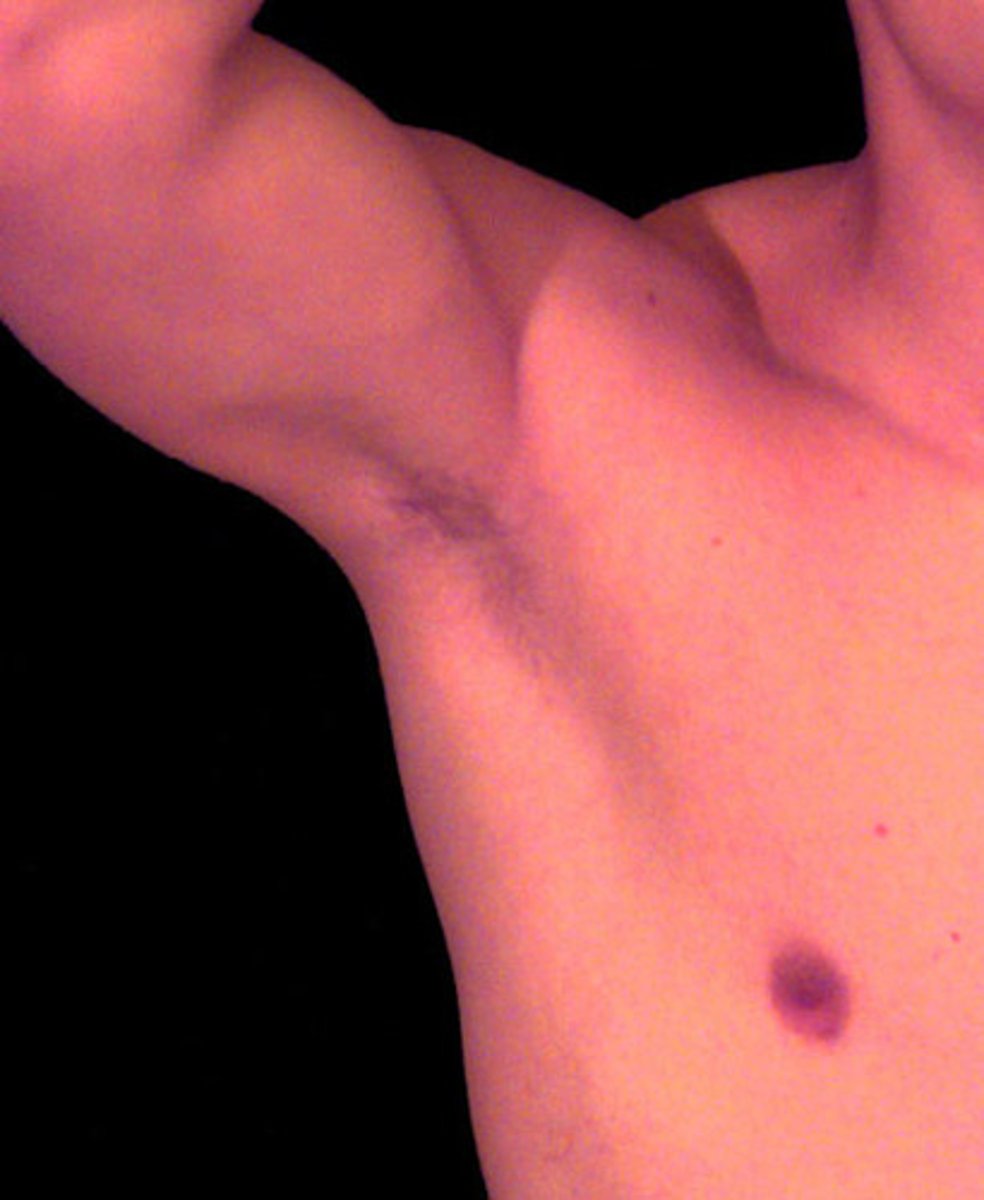
Mammary
breast
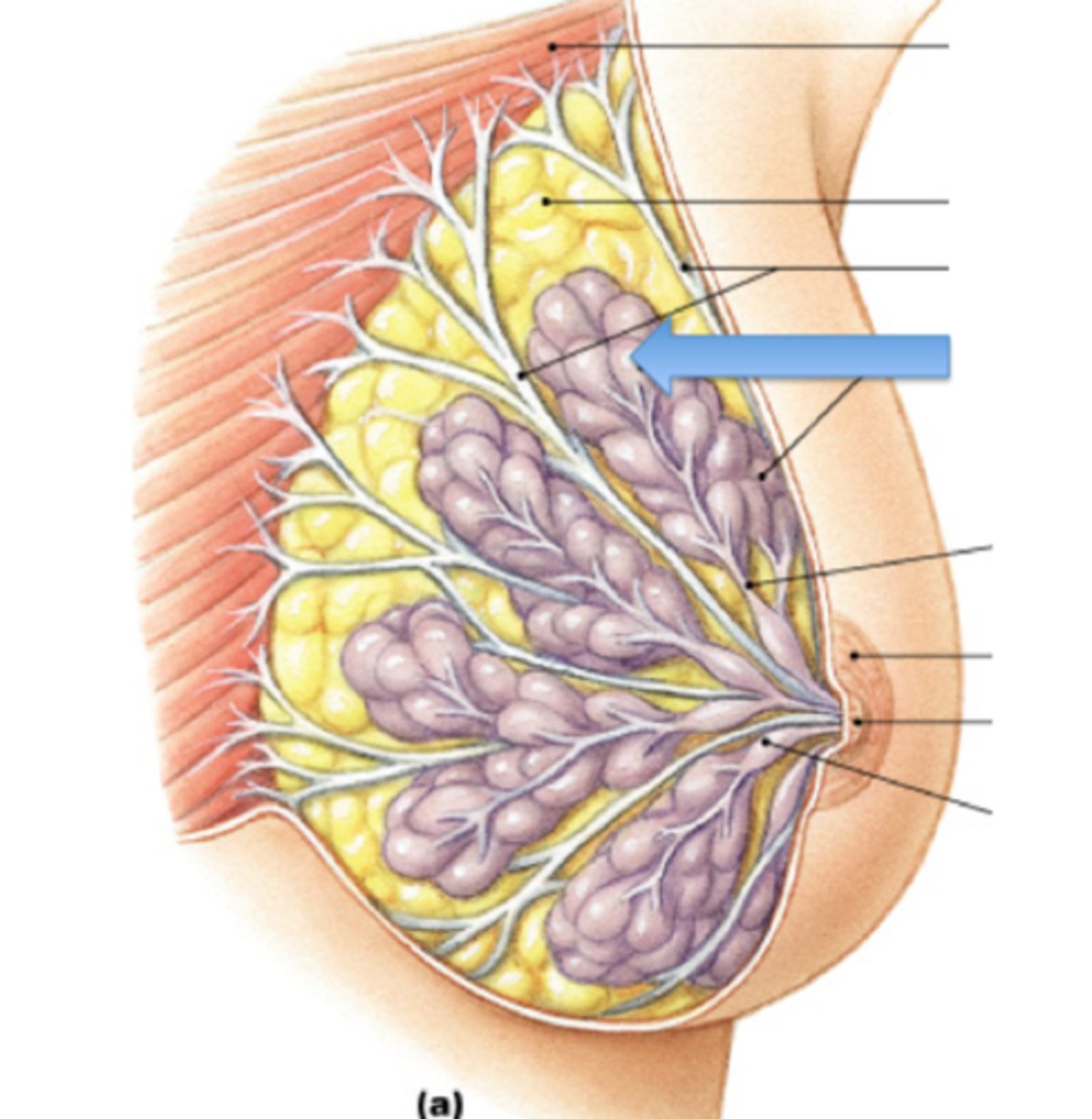
Brachial
arm

Antecubital
front of elbow
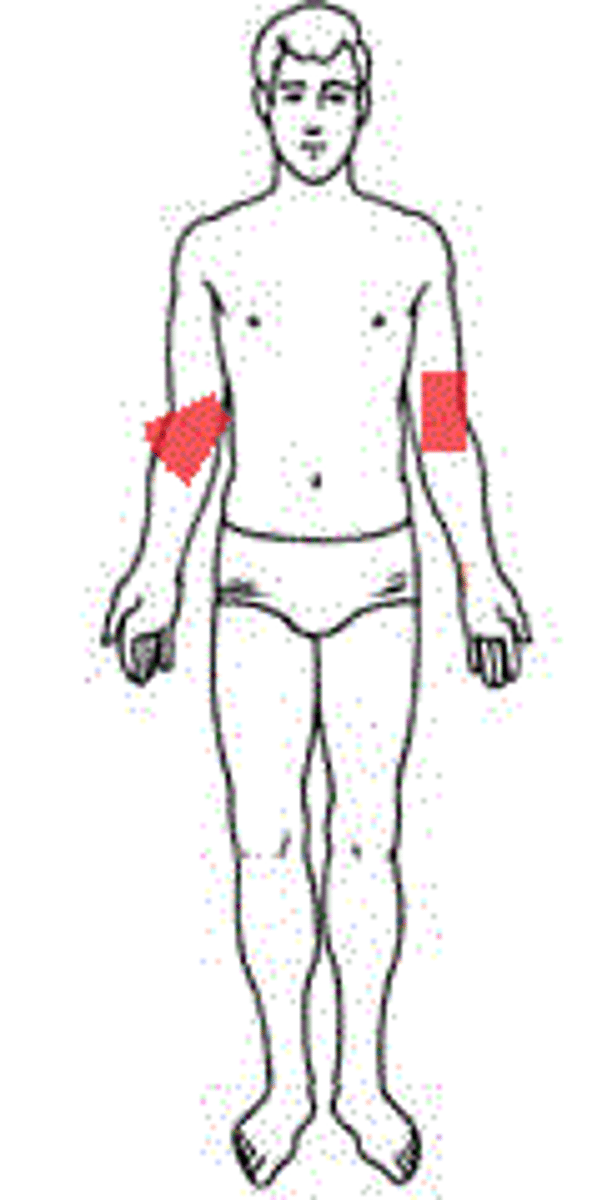
Abdominal
abdomen
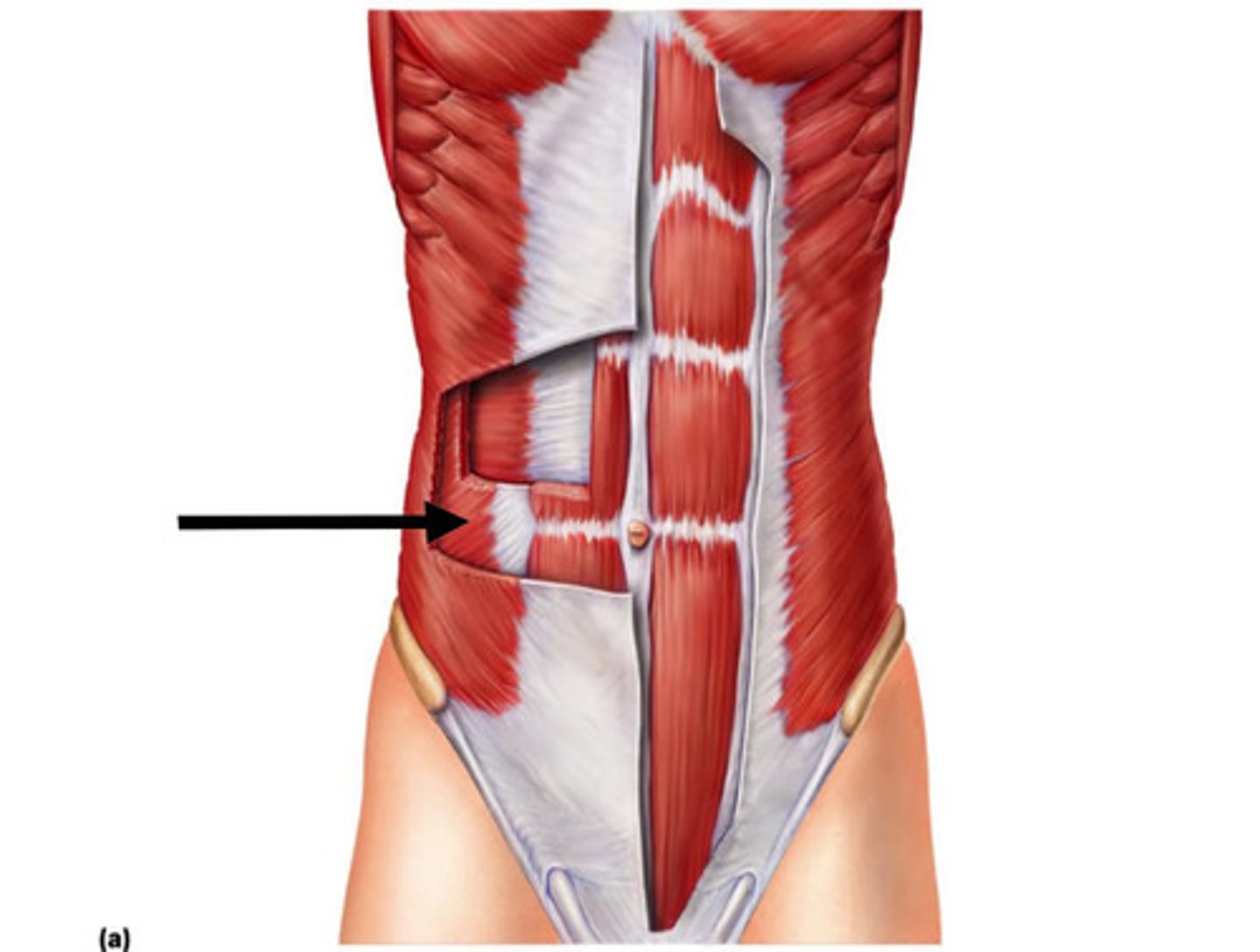
Antebrachial
forearm
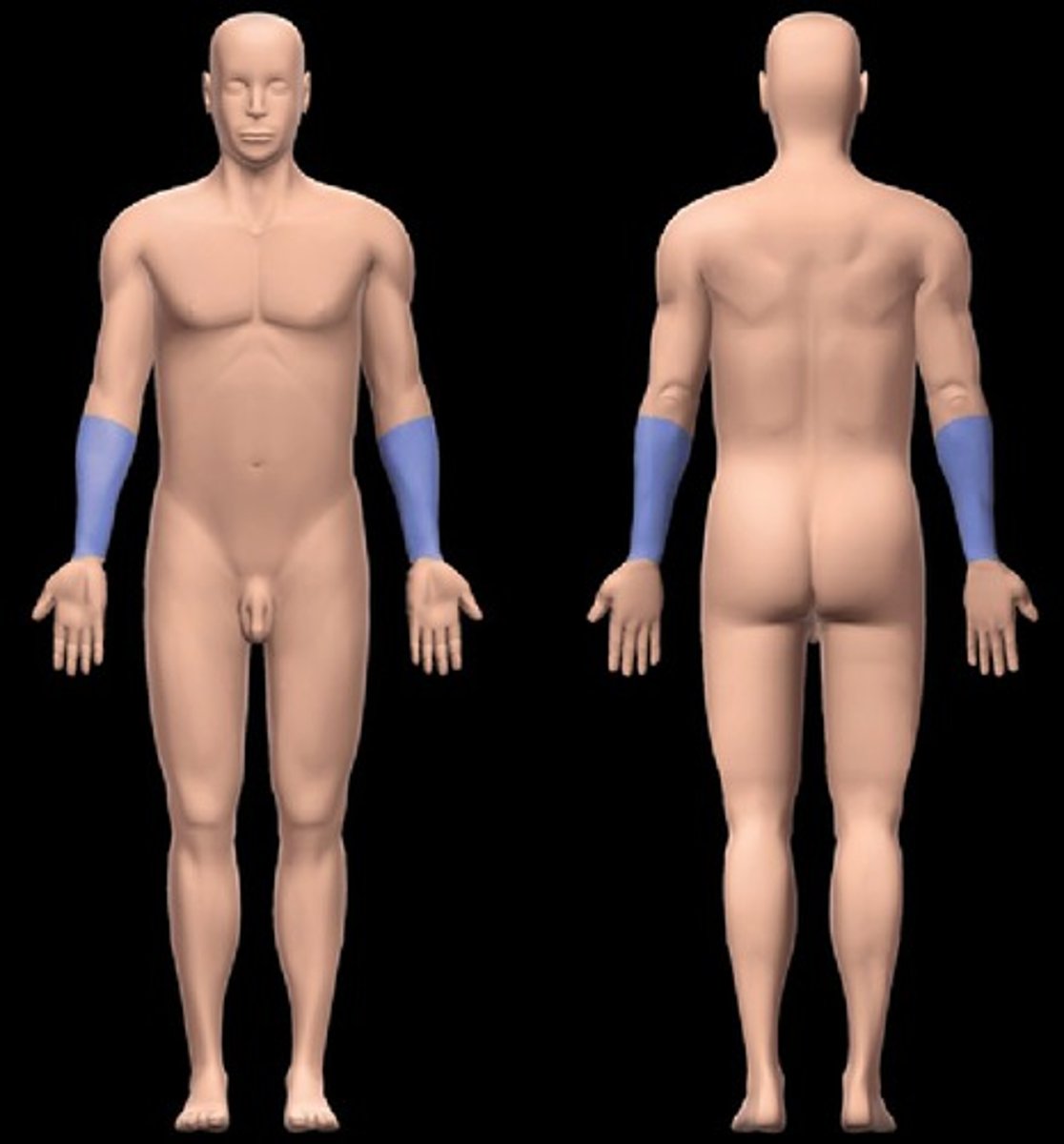
Carpal
wrist
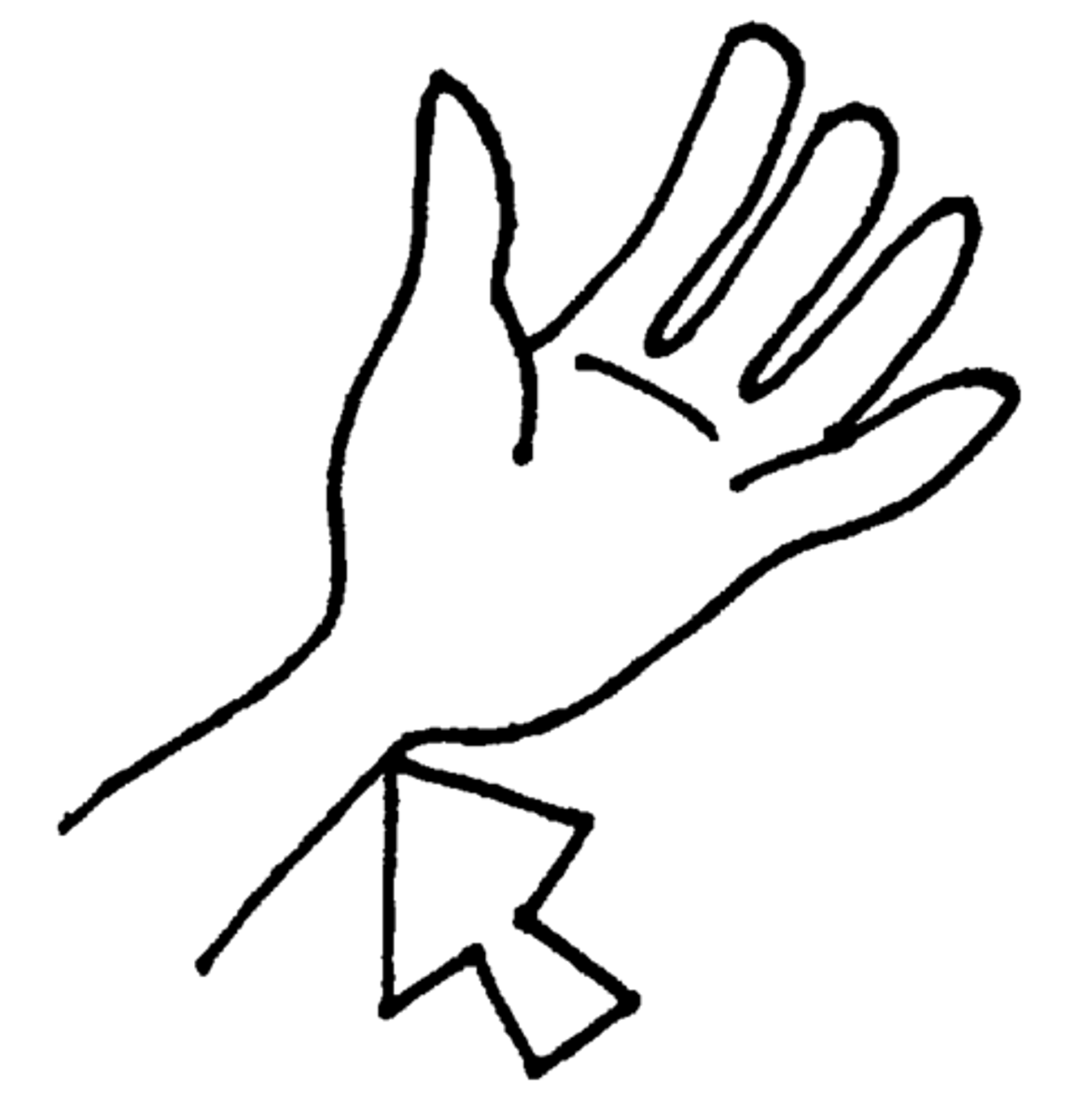
Palmer
Palm
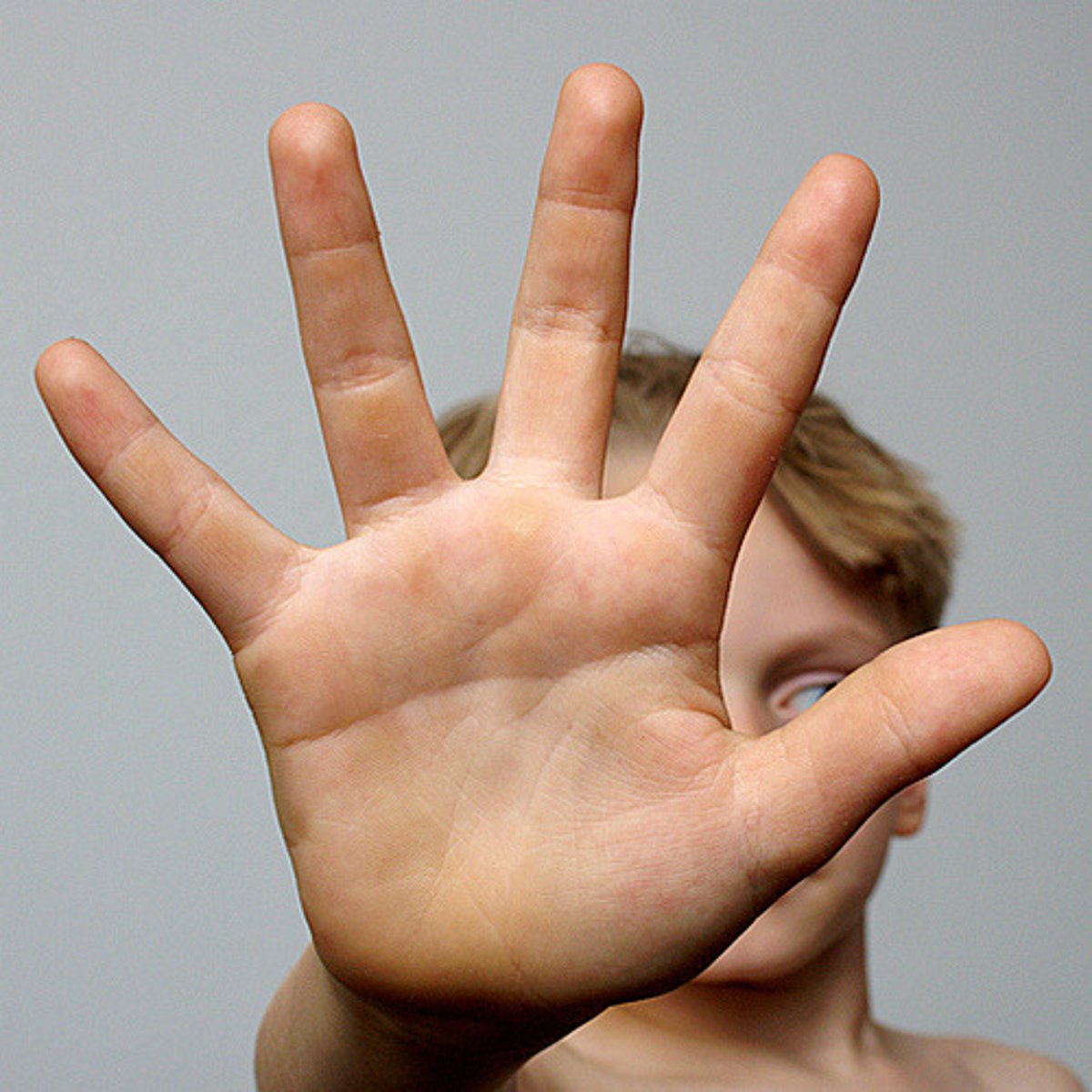
Digital
finger
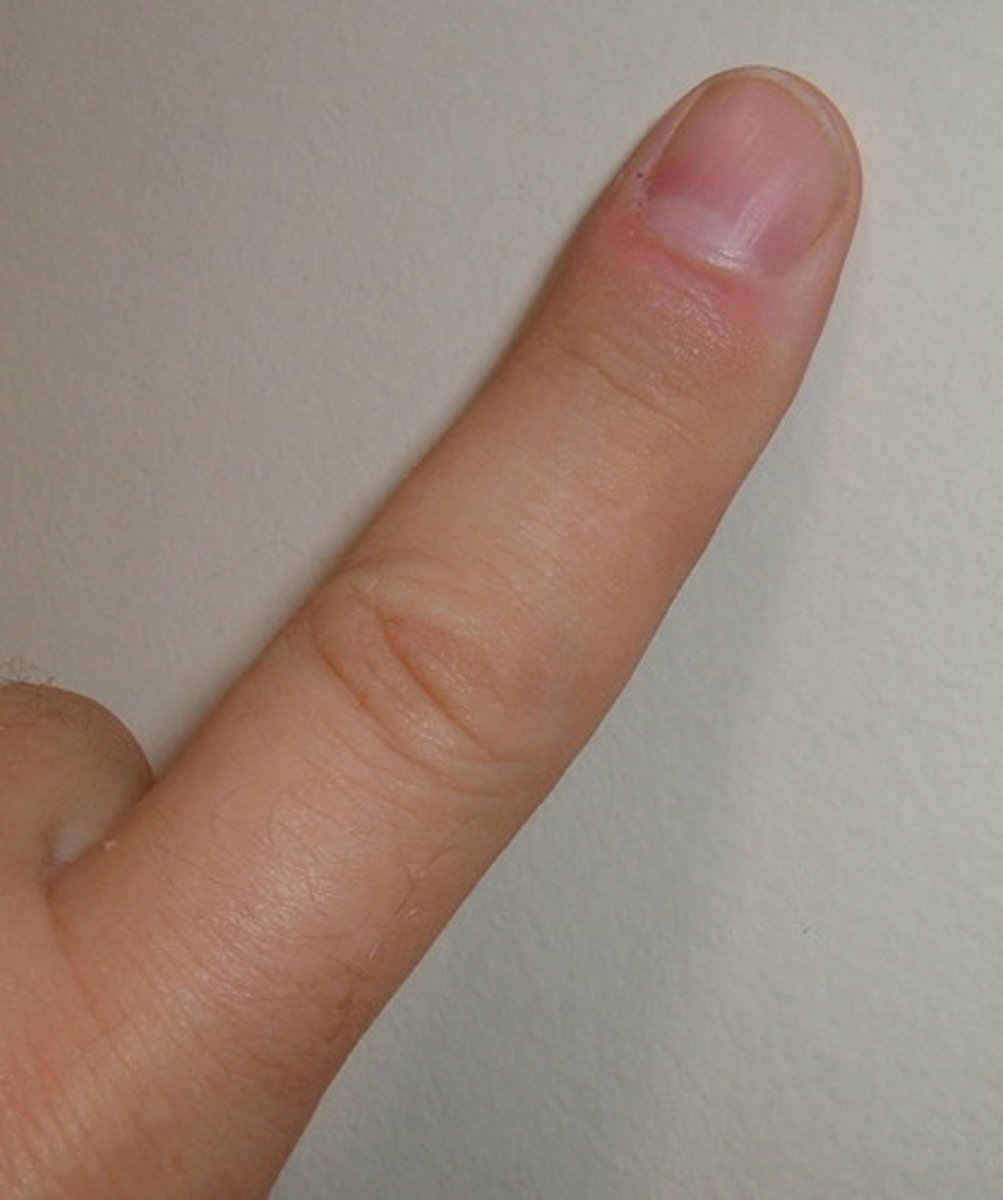
Genital
reproductive organs
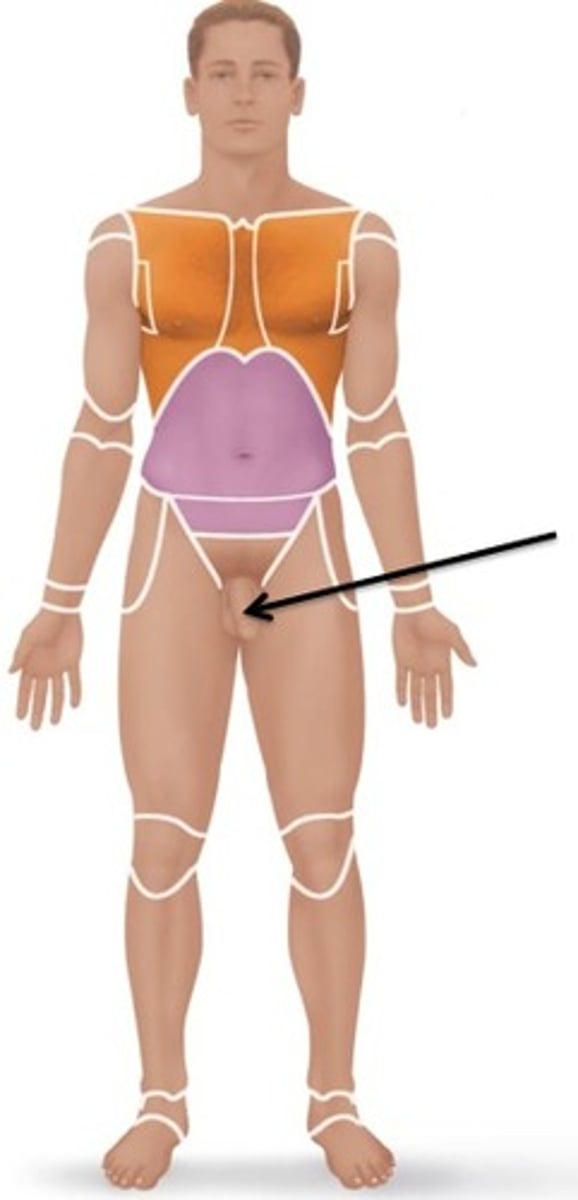
Crural
Shin
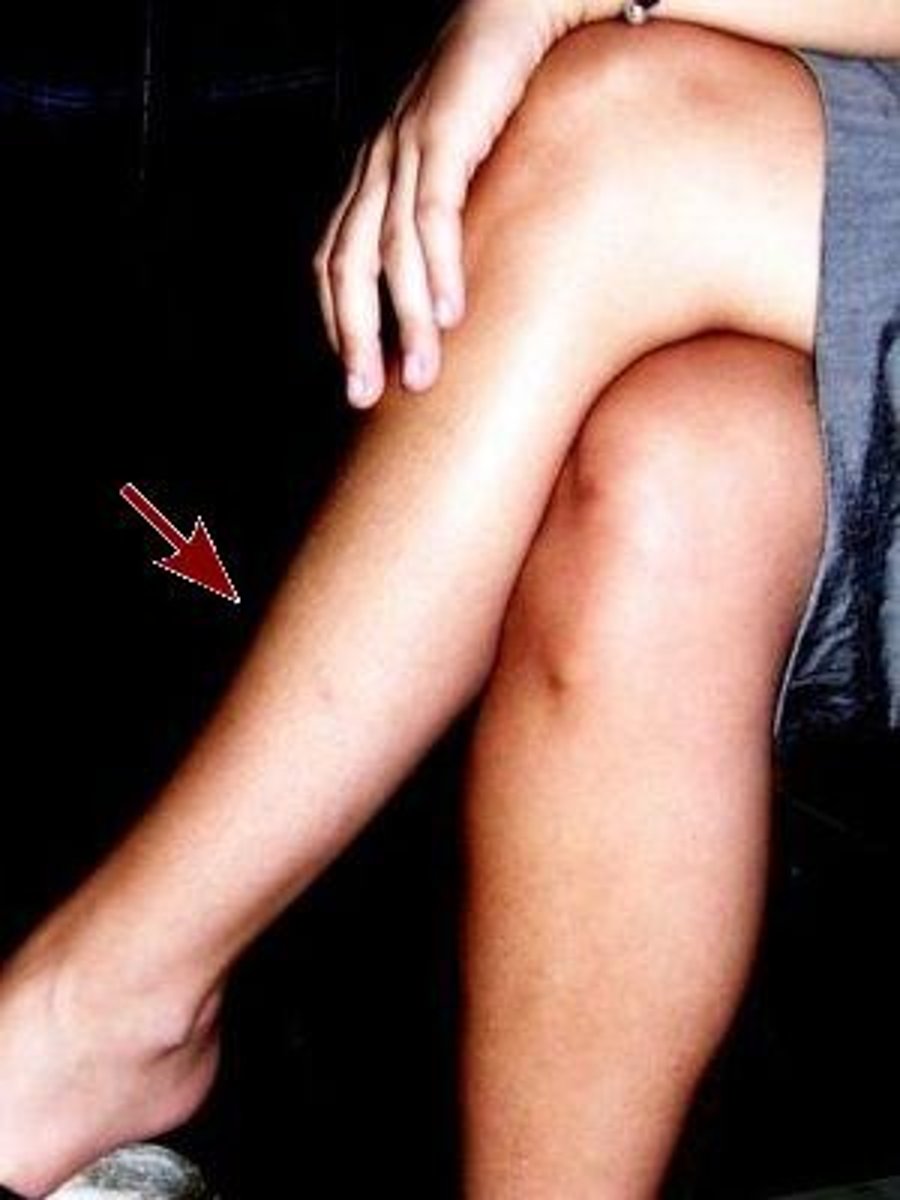
Tarsal
instep
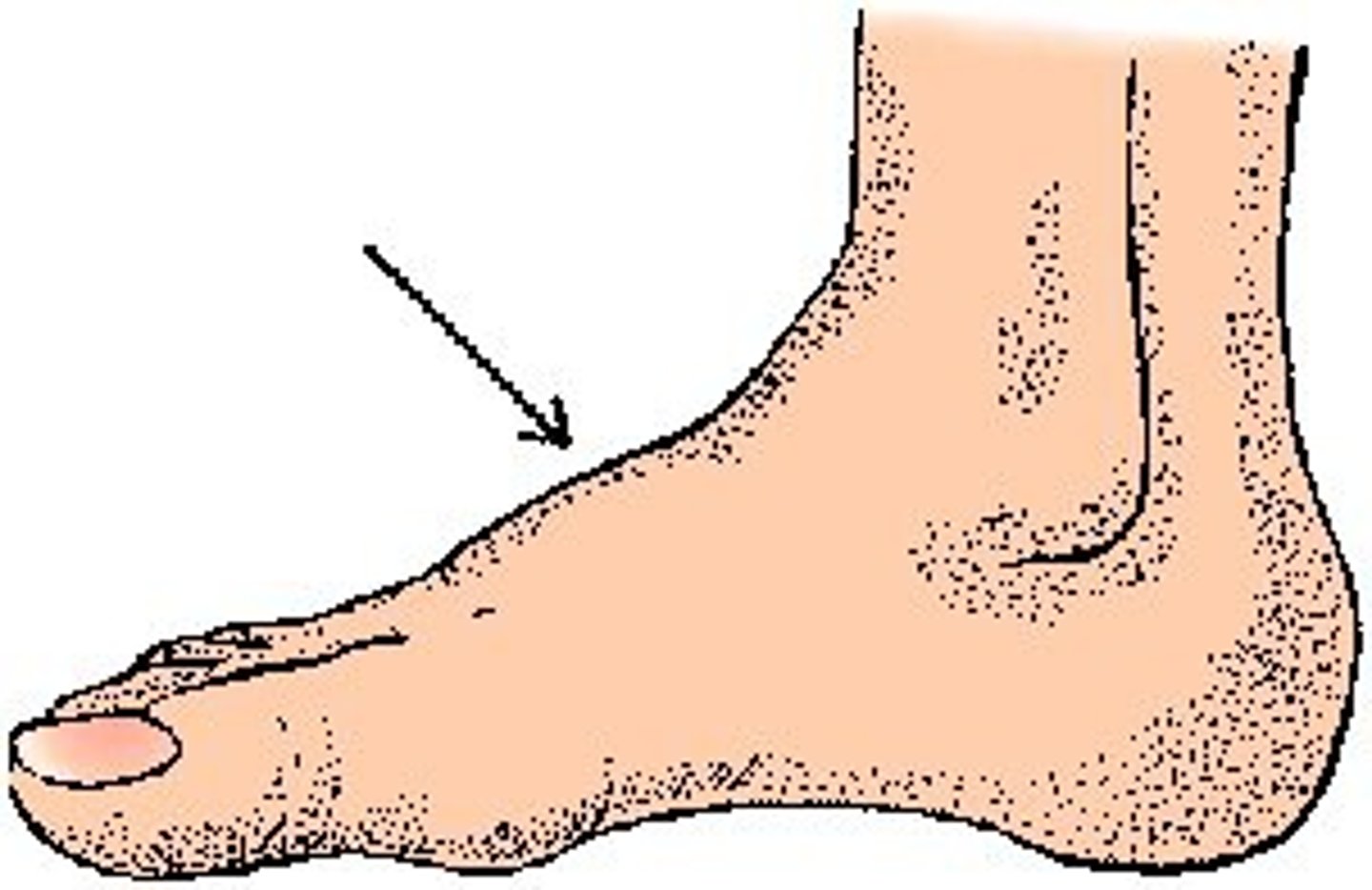
cephalic
head
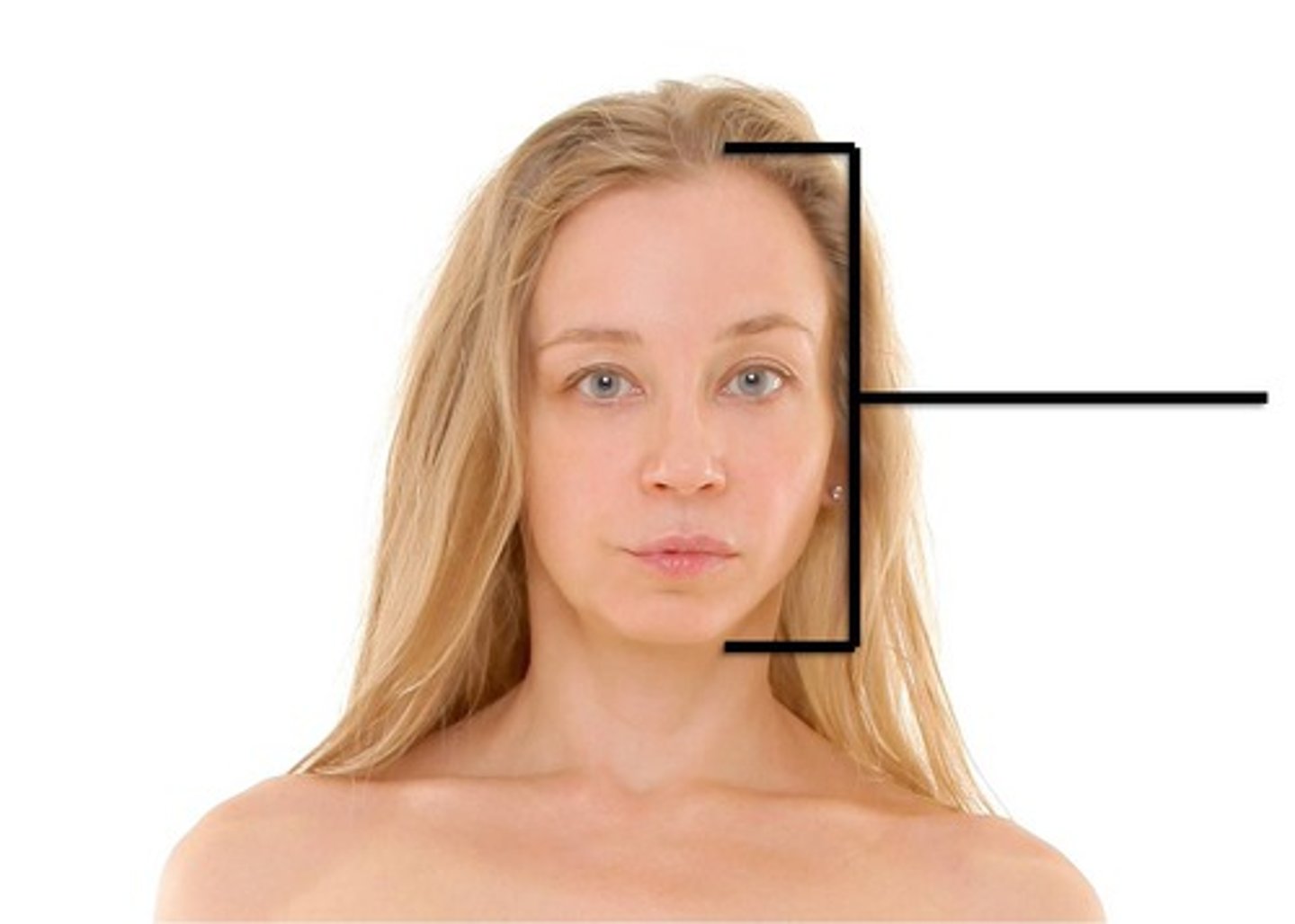
frontal
forhead
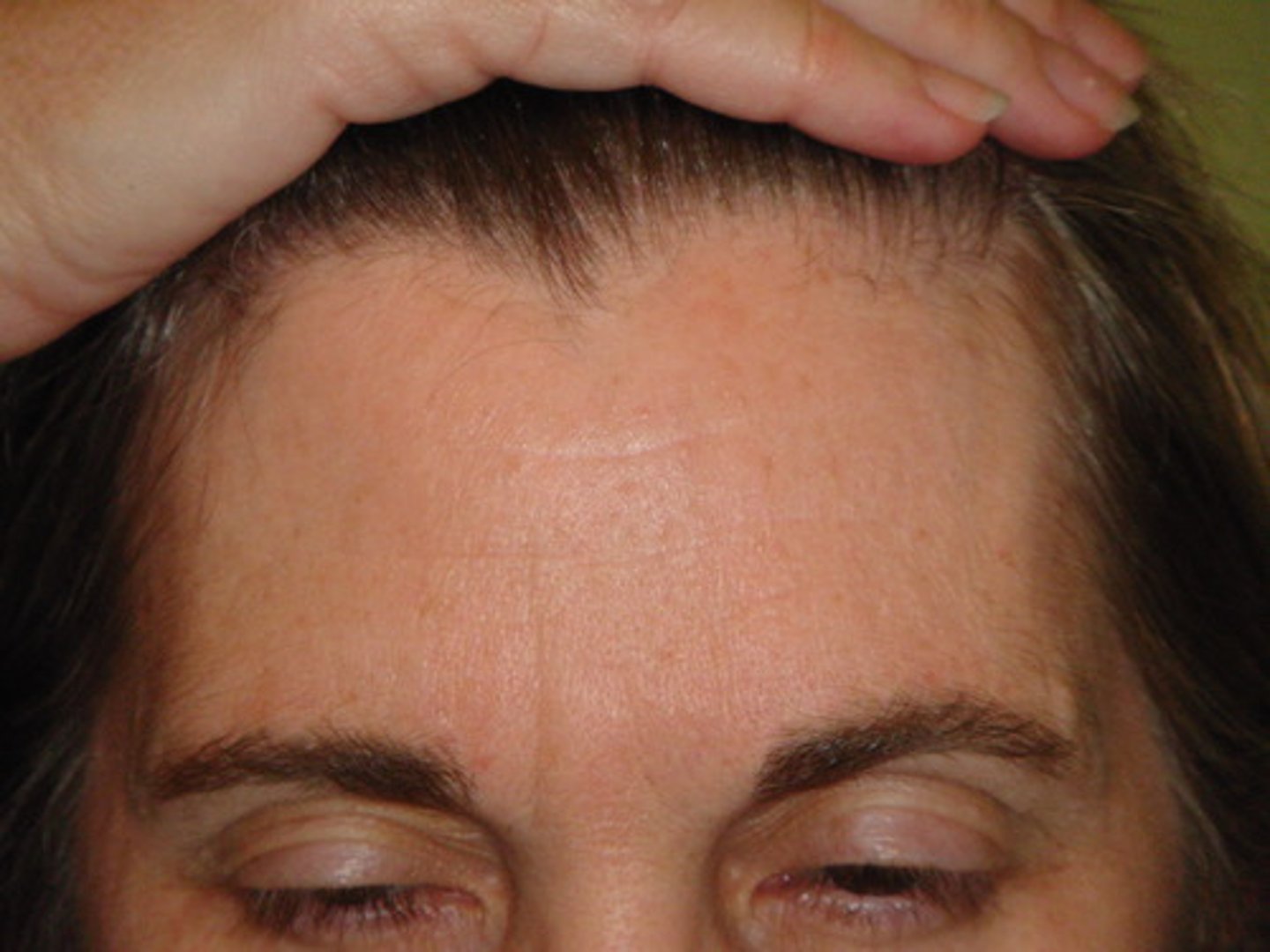
otic
ear
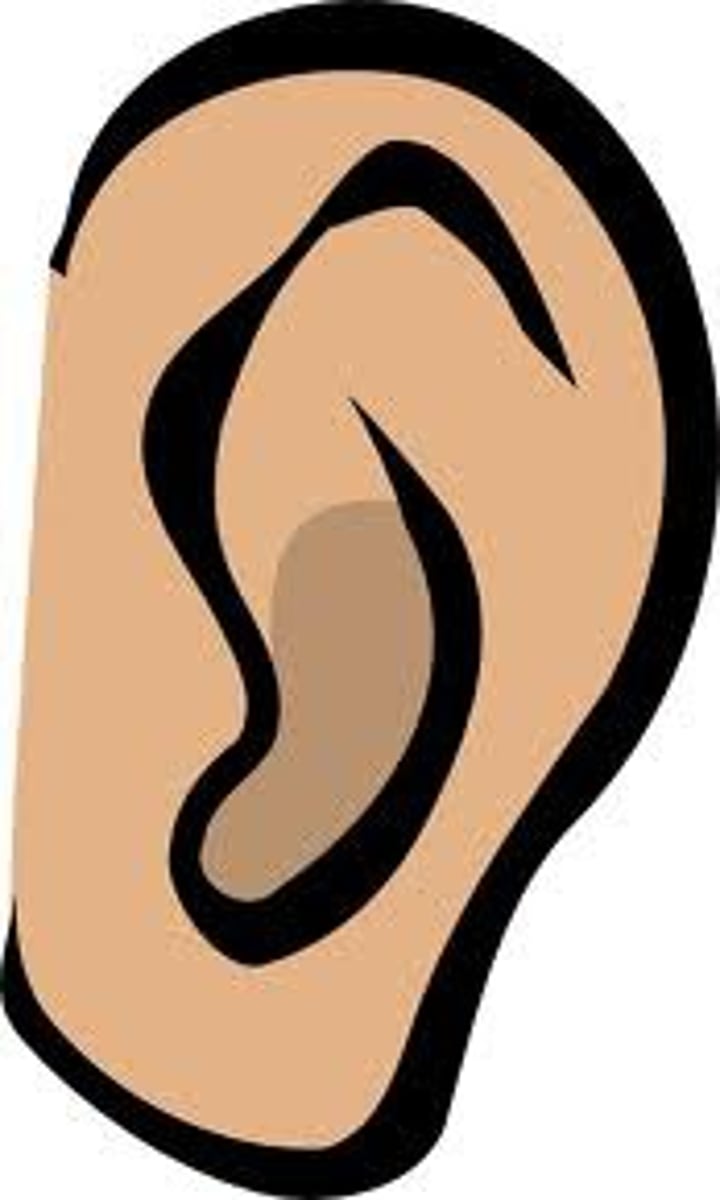
Buccal
cheek
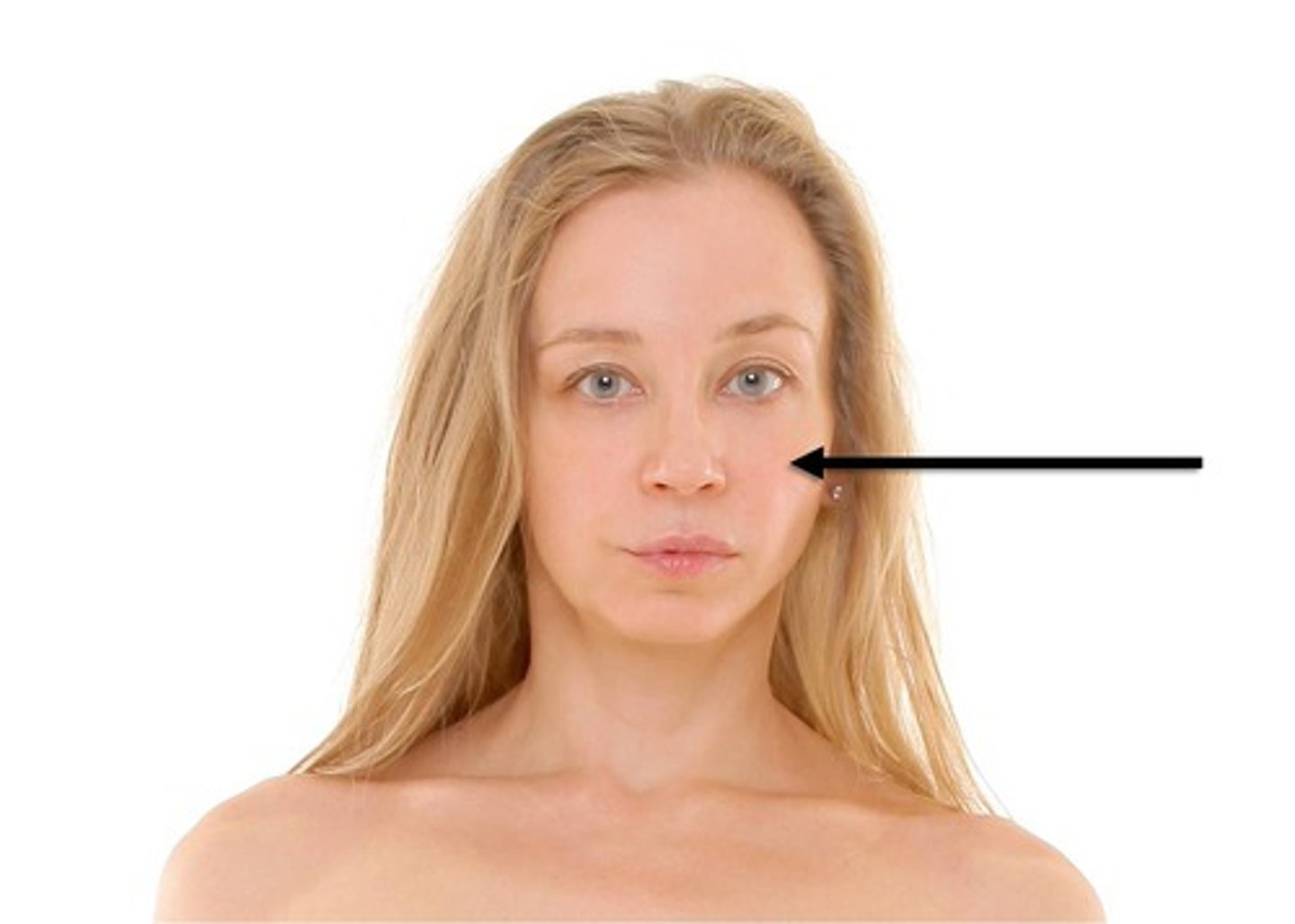
Mental
chin

Sternal
sternal (or breastbone)
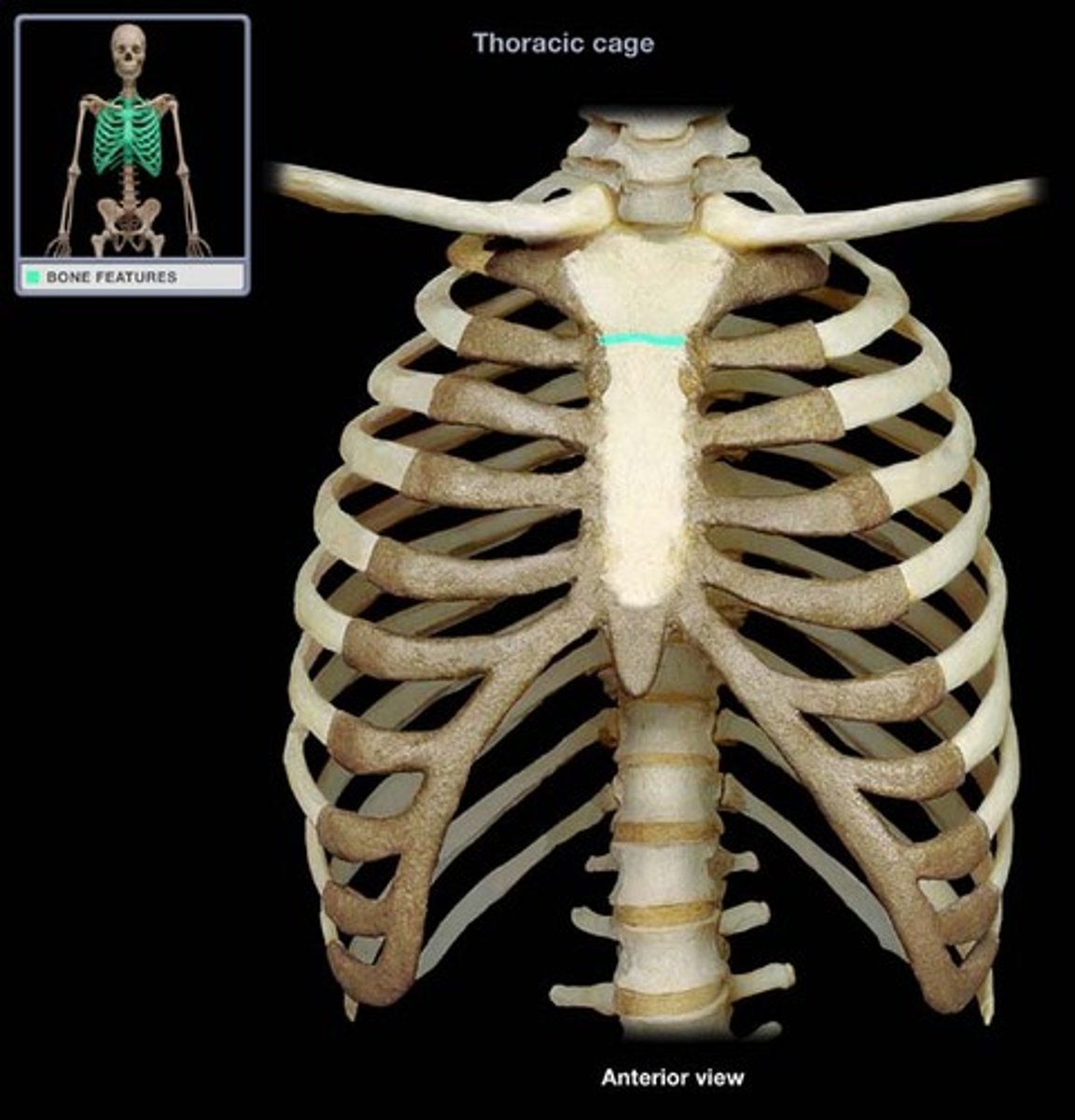
pectoral
chest
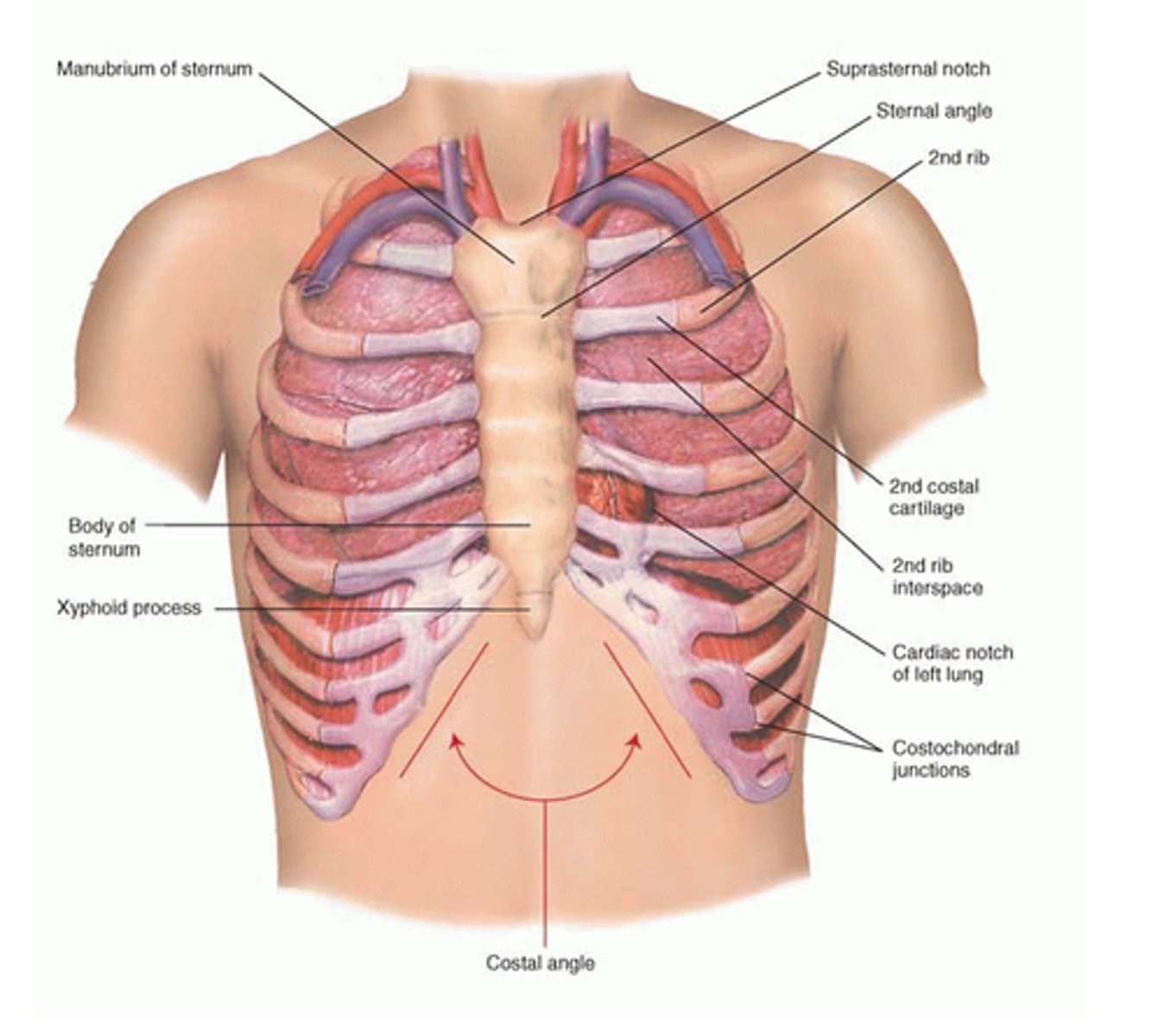
Umblical
navel
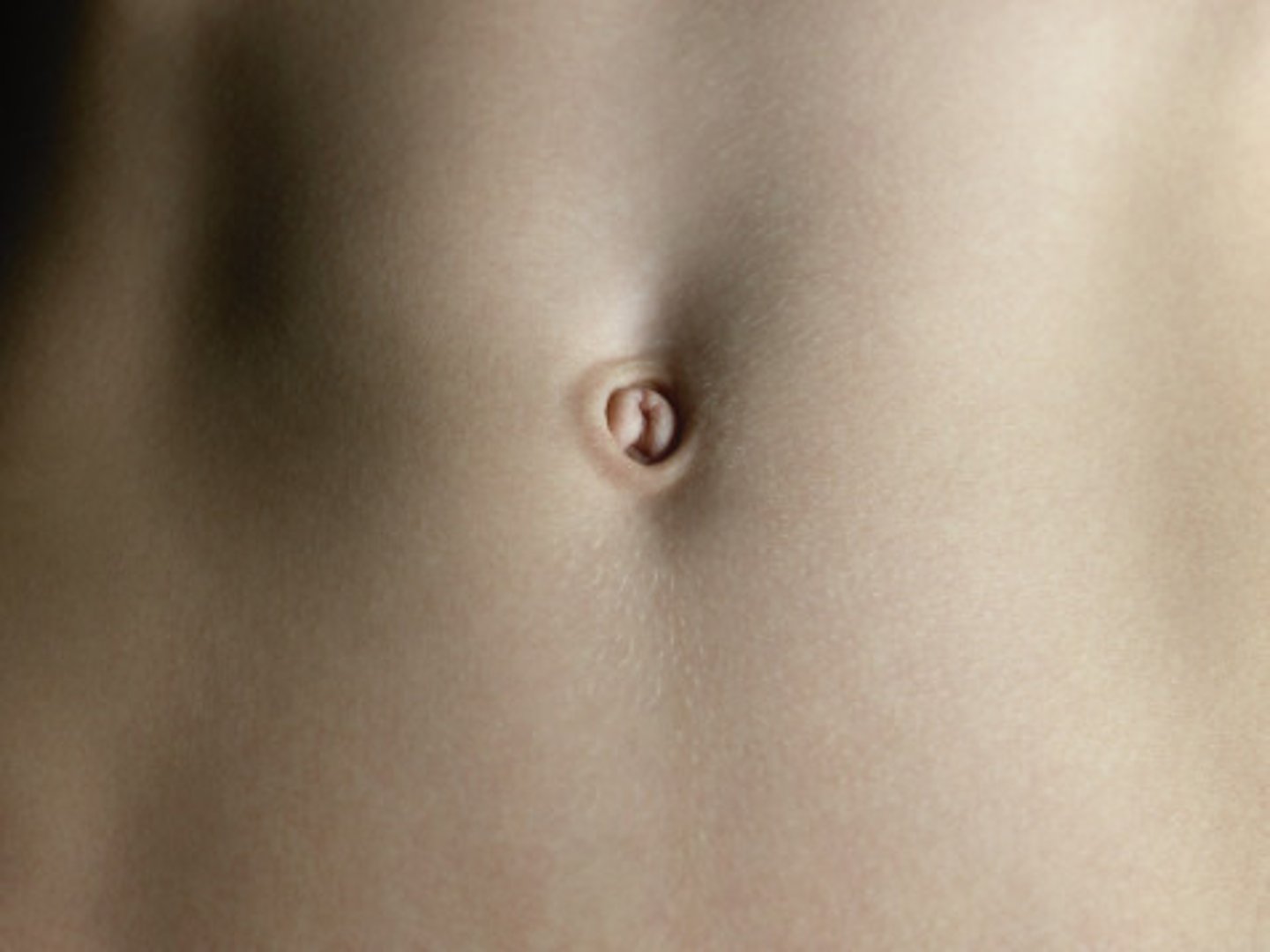
Inguinal
groin
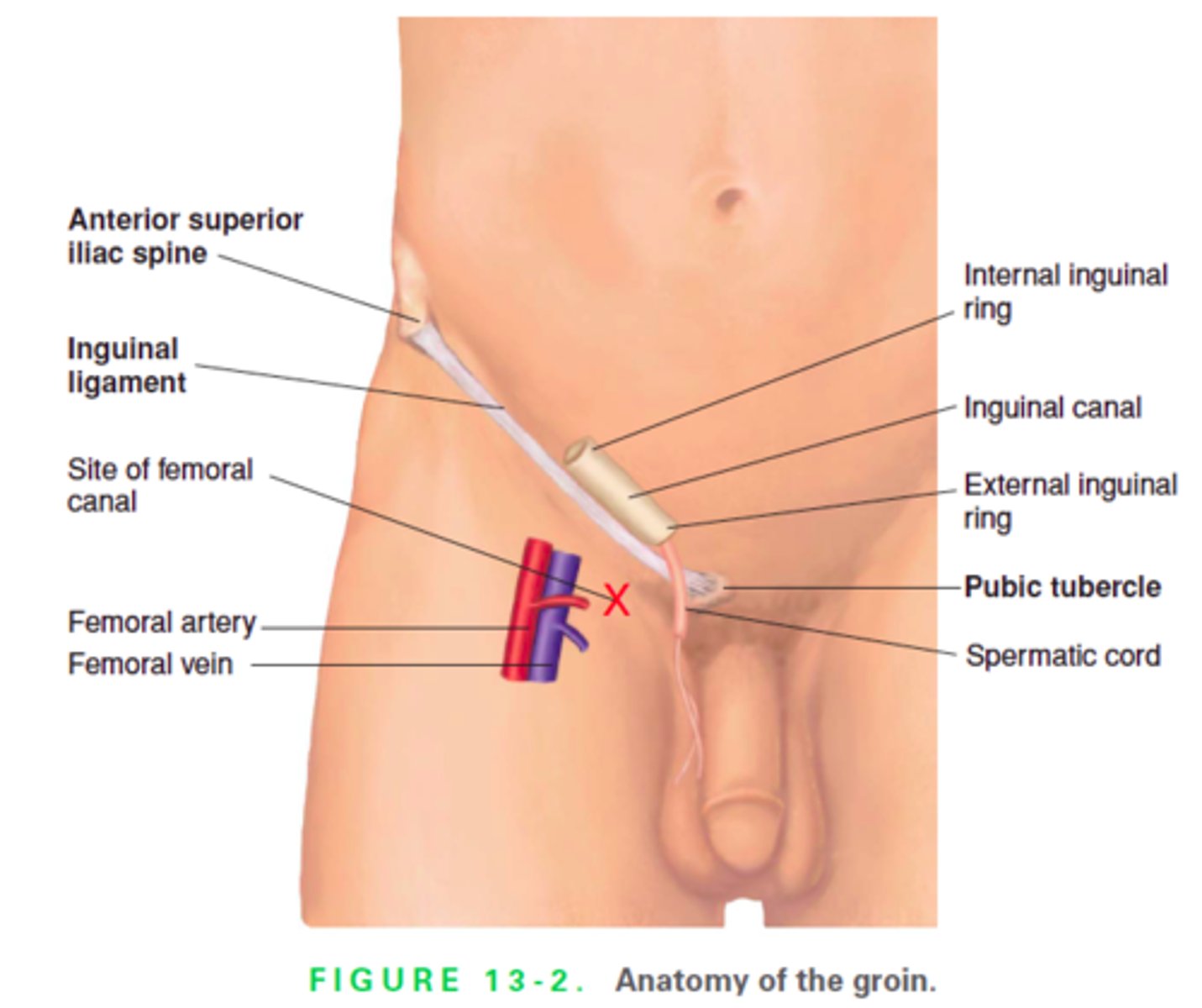
Coxal
hip
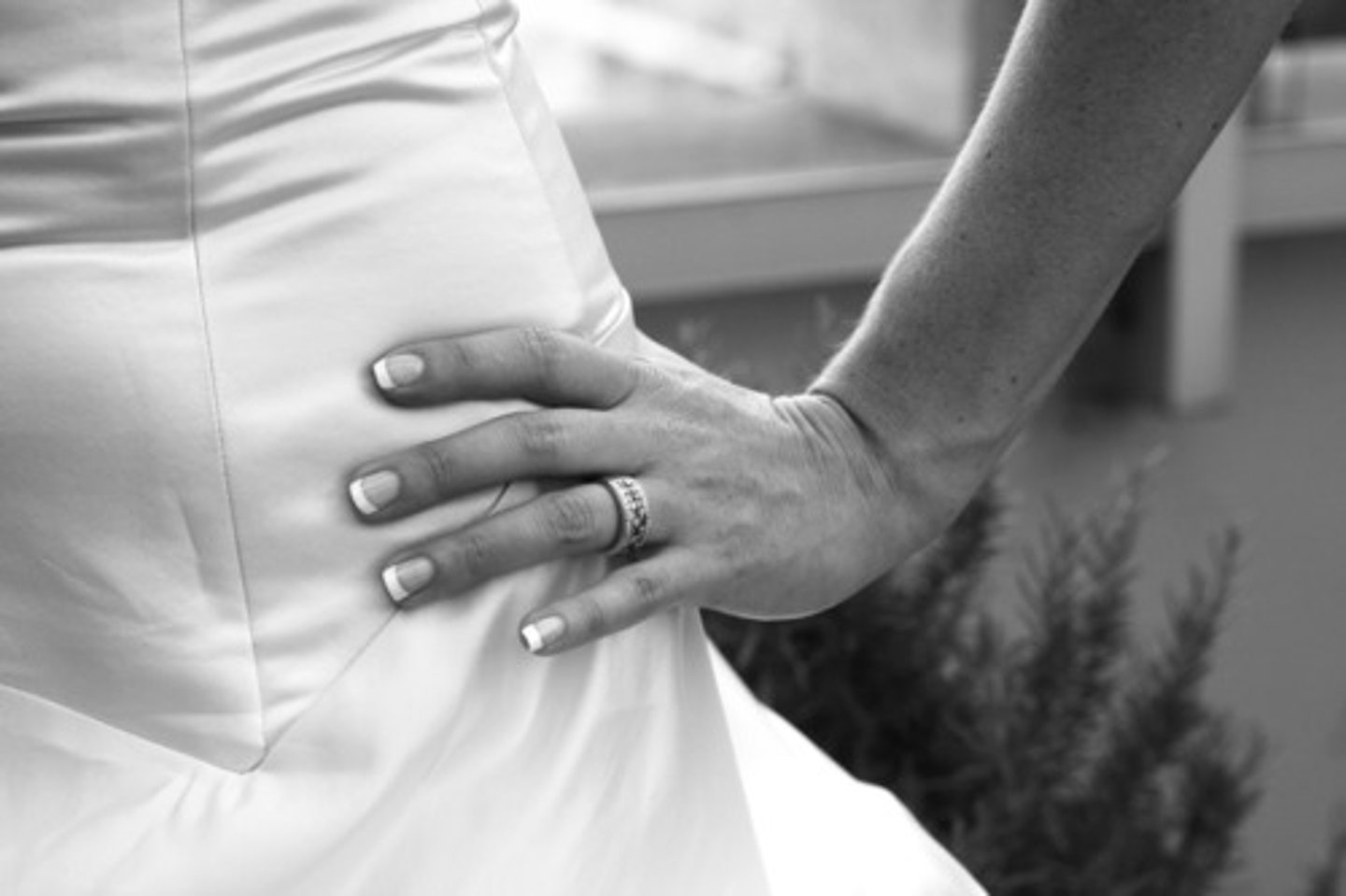
Patellar
front knee
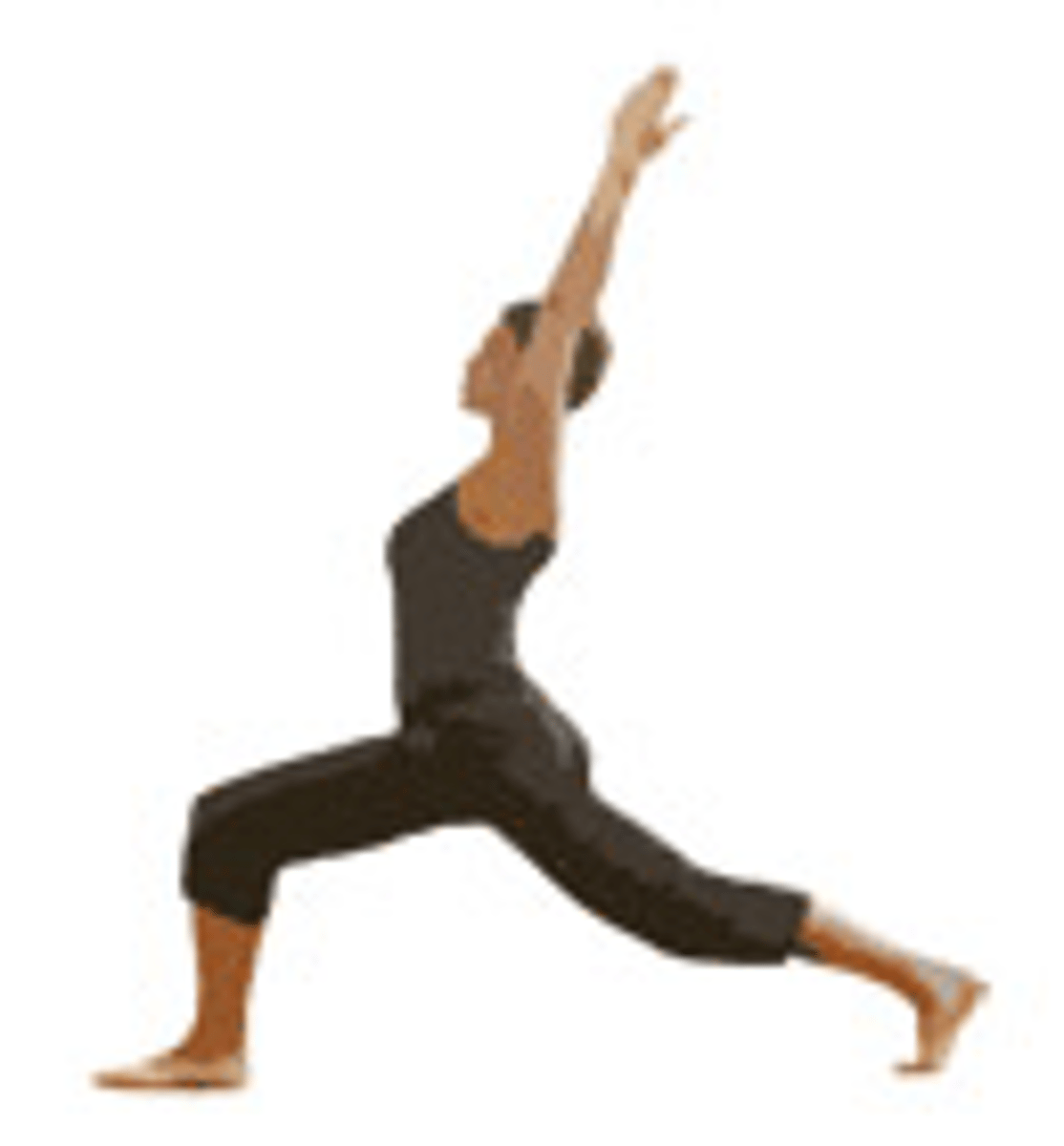
Pedal
foot
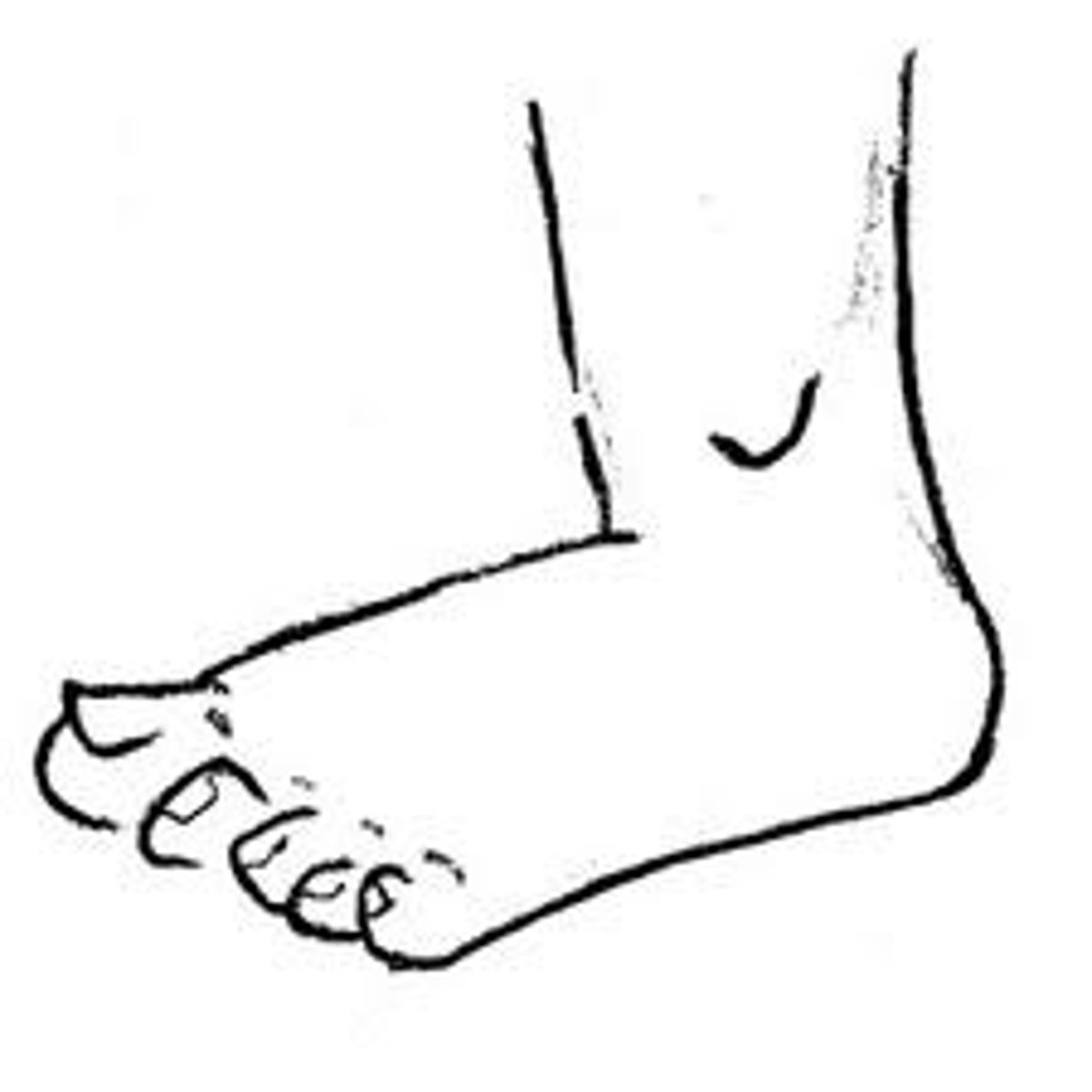
Oculus
eye (orbital or ocular)
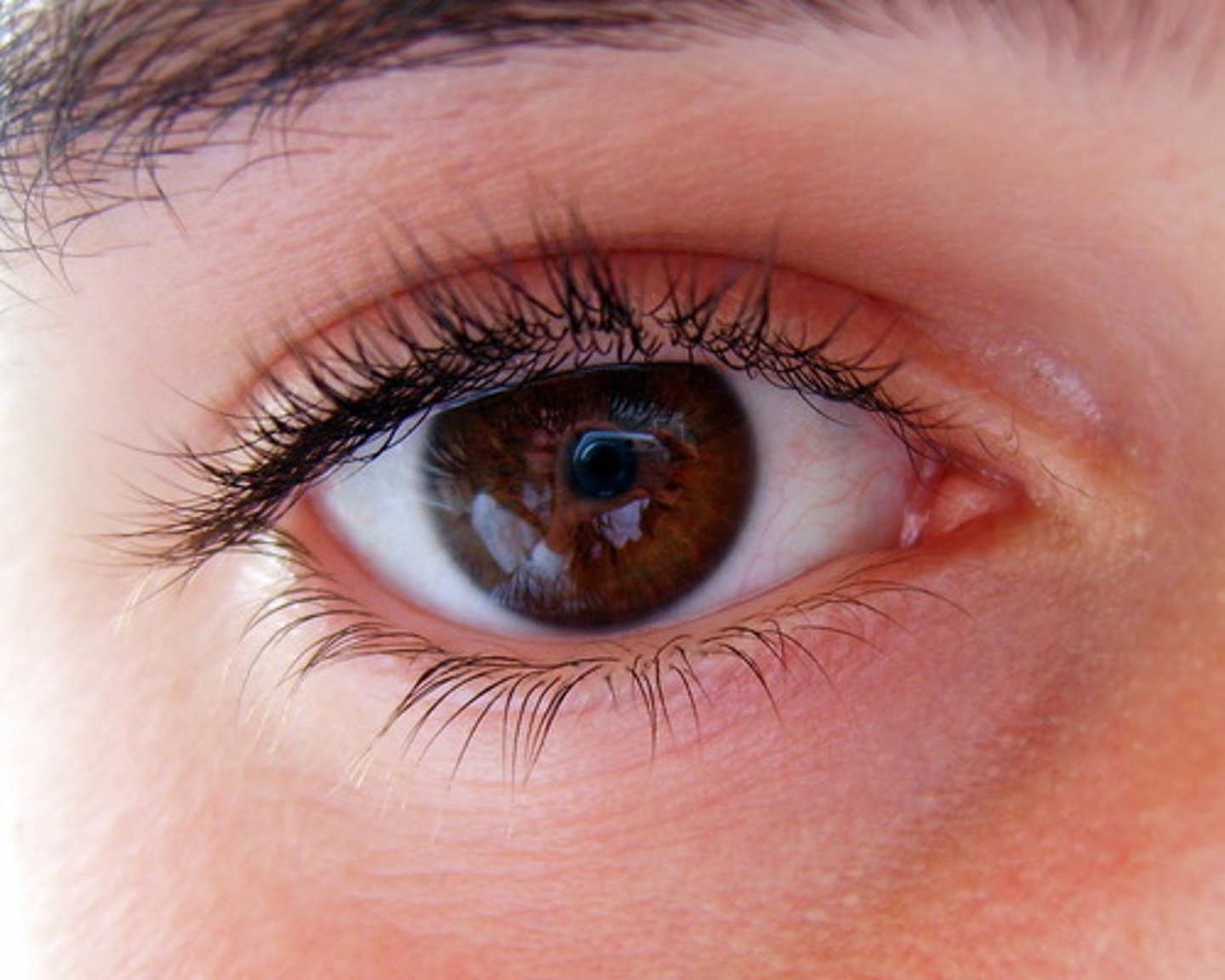
Occipital
back of head
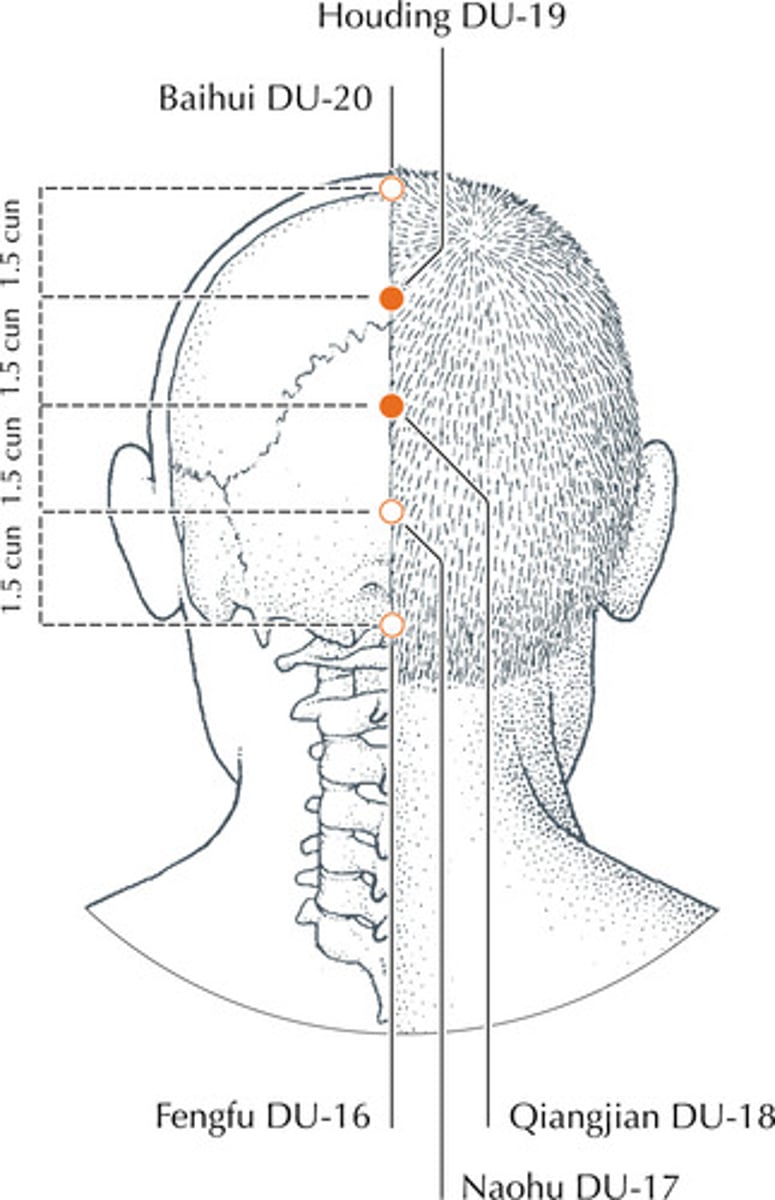
Vertebral
spinal column
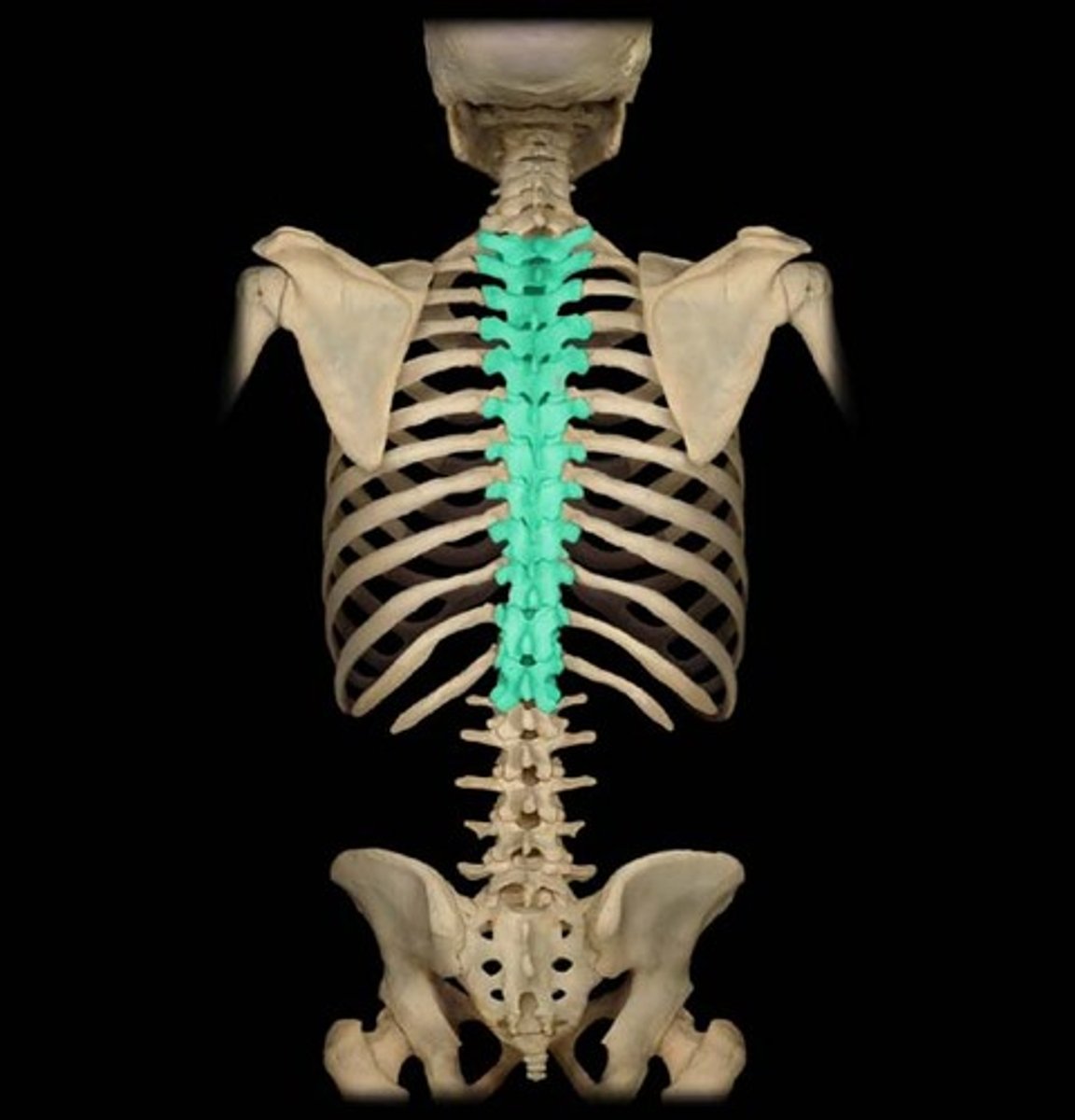
Dorsum
Back
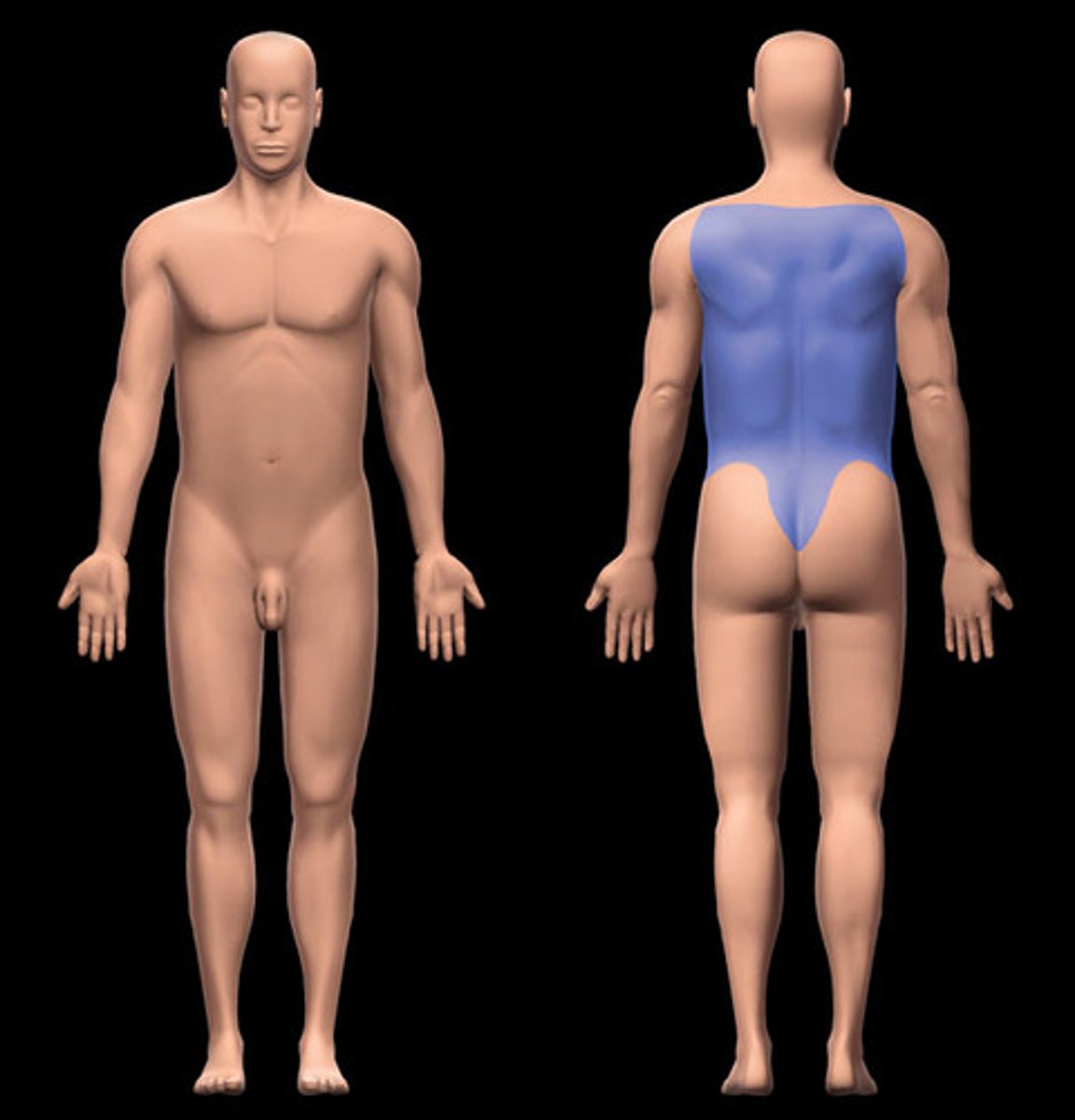
Cubital
elbow
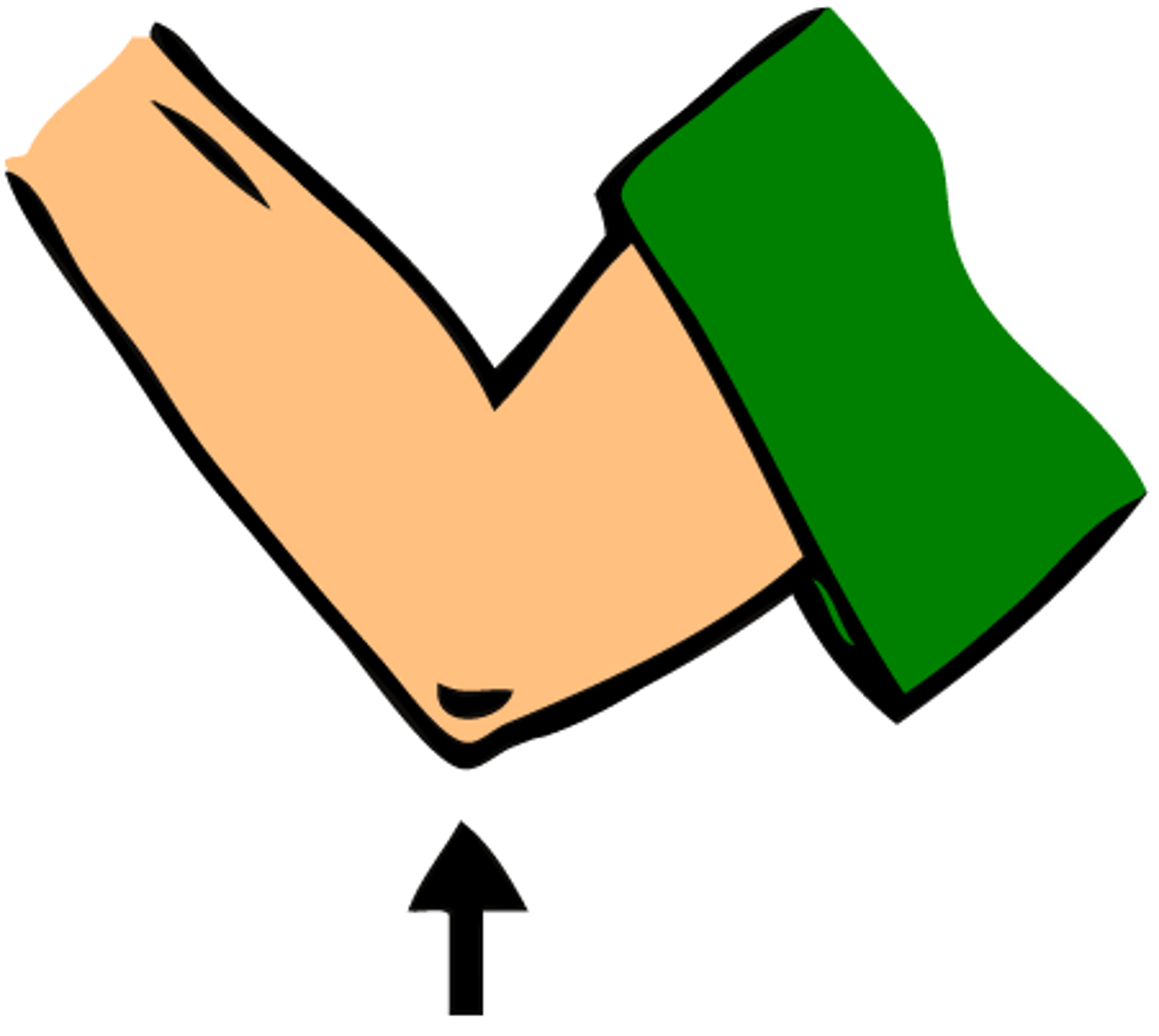
Lumbar
Lower back
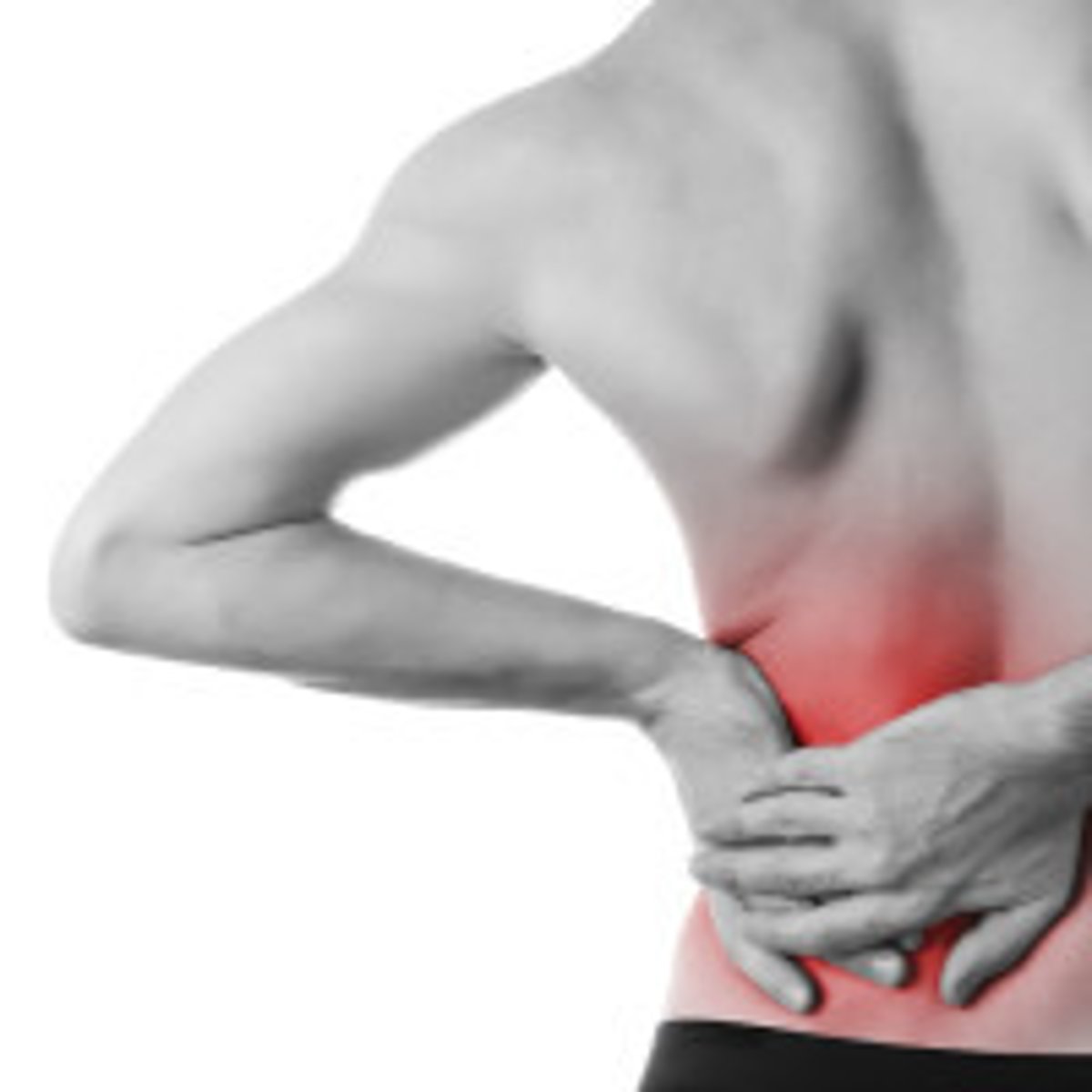
Saeral
between hips

Gluteal
buttocks
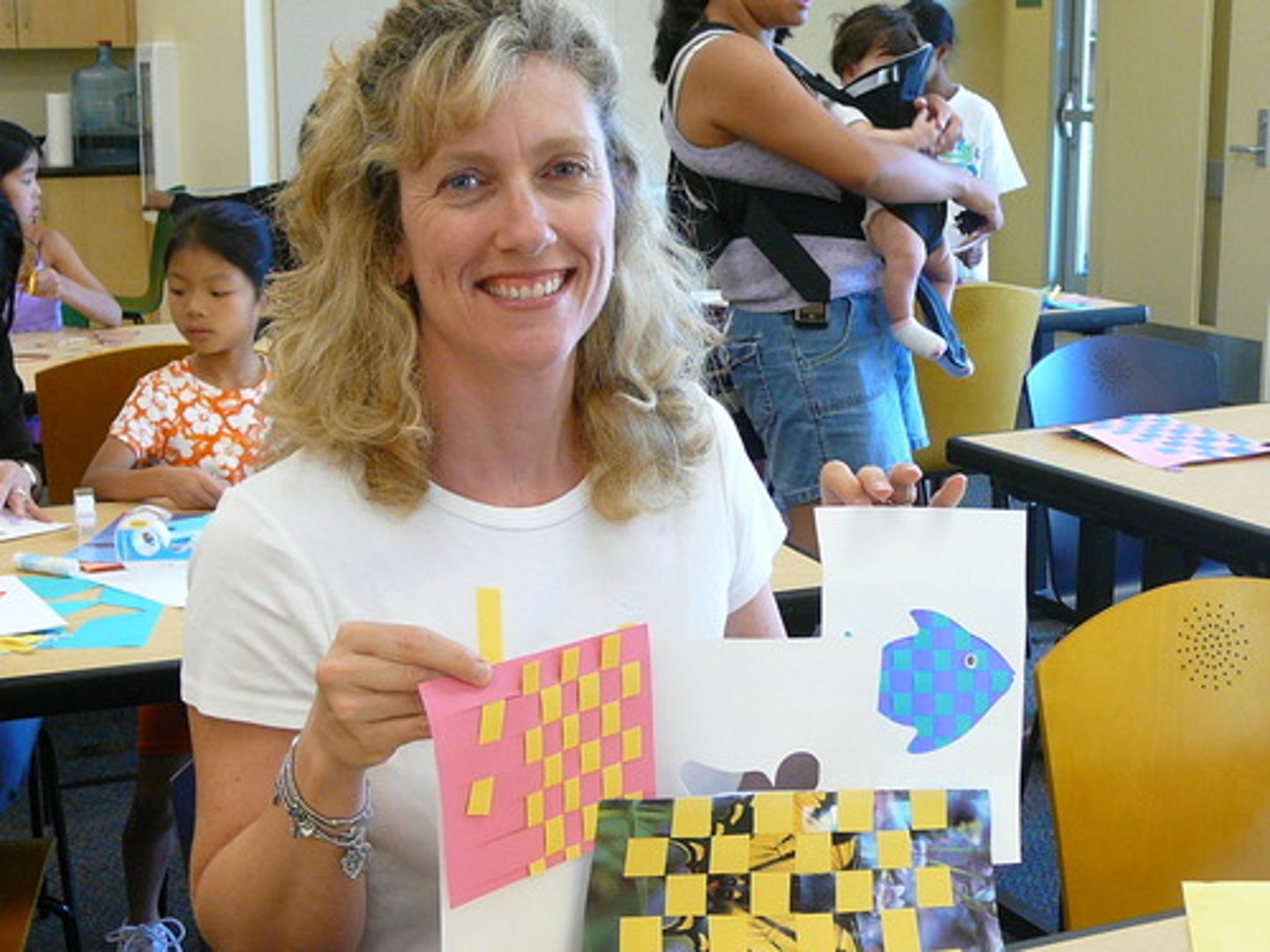
Perineal
region between the anus and external genitalia
Femoral
Thigh
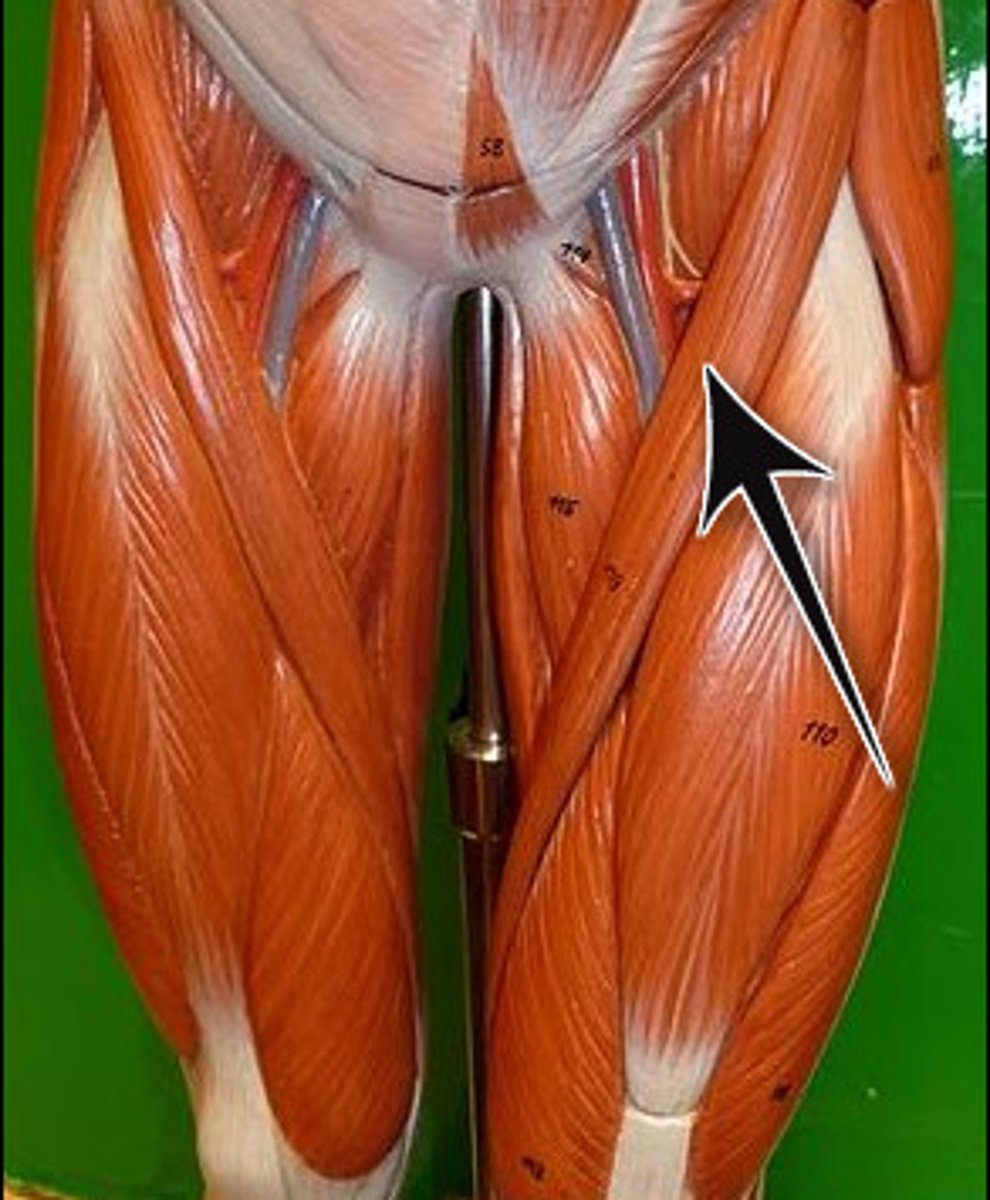
Popliteal
back of knee
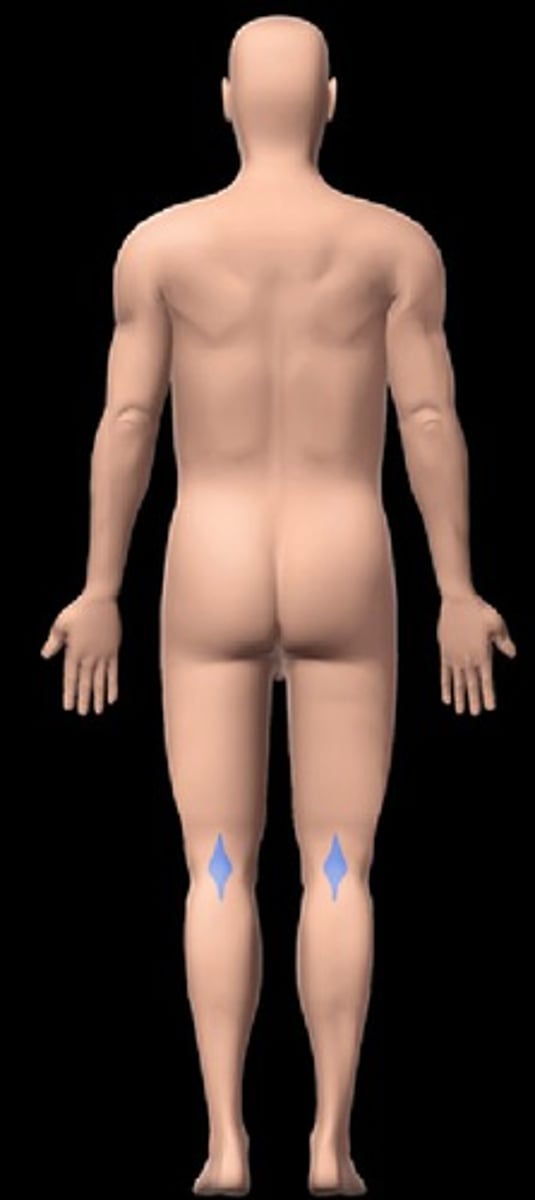
Sural
calf
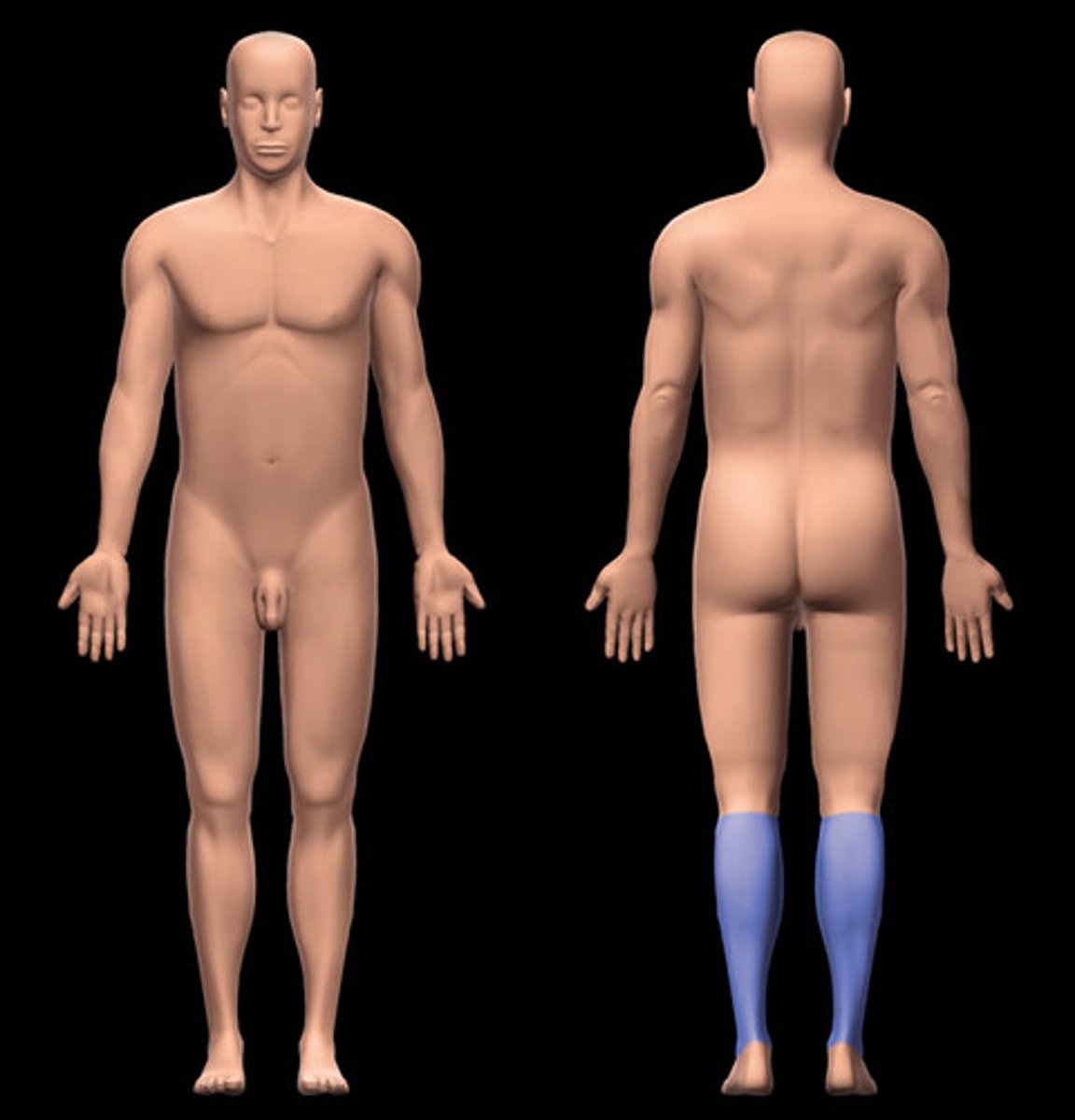
Plantar
sole
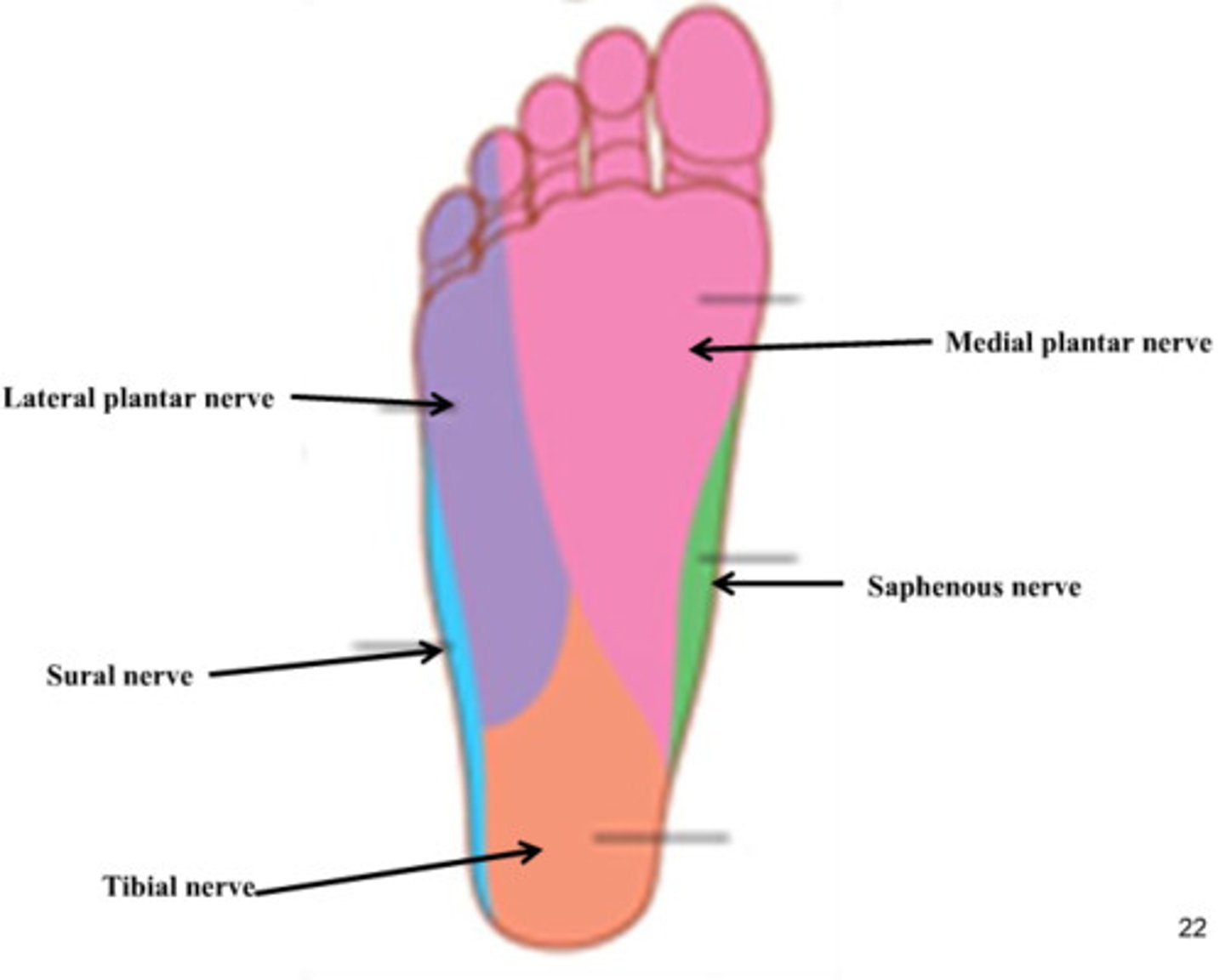
Homeostasis:
maintenance of a stable internal environment.
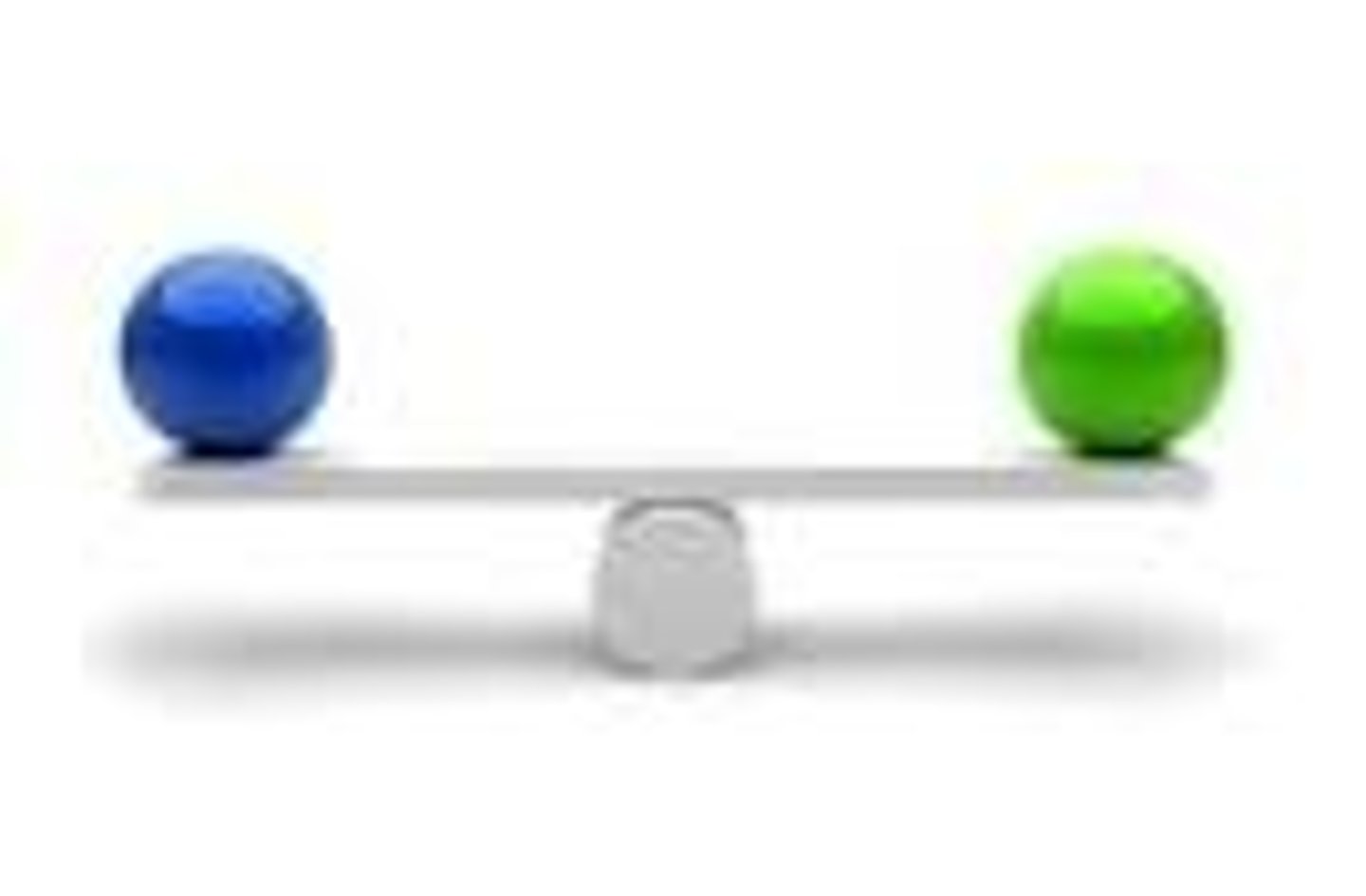
Negative Feedback
An effector activated by the control center; acts to eliminate or reduce the magnitude of the stimulus

Postive Feedback
the initial stimulus produces a response that exaggerates the stimulus
Example: birth
Levels of Organization
Chemical/Molecular ->Cellular ->Tissue->Organ->System->Organism
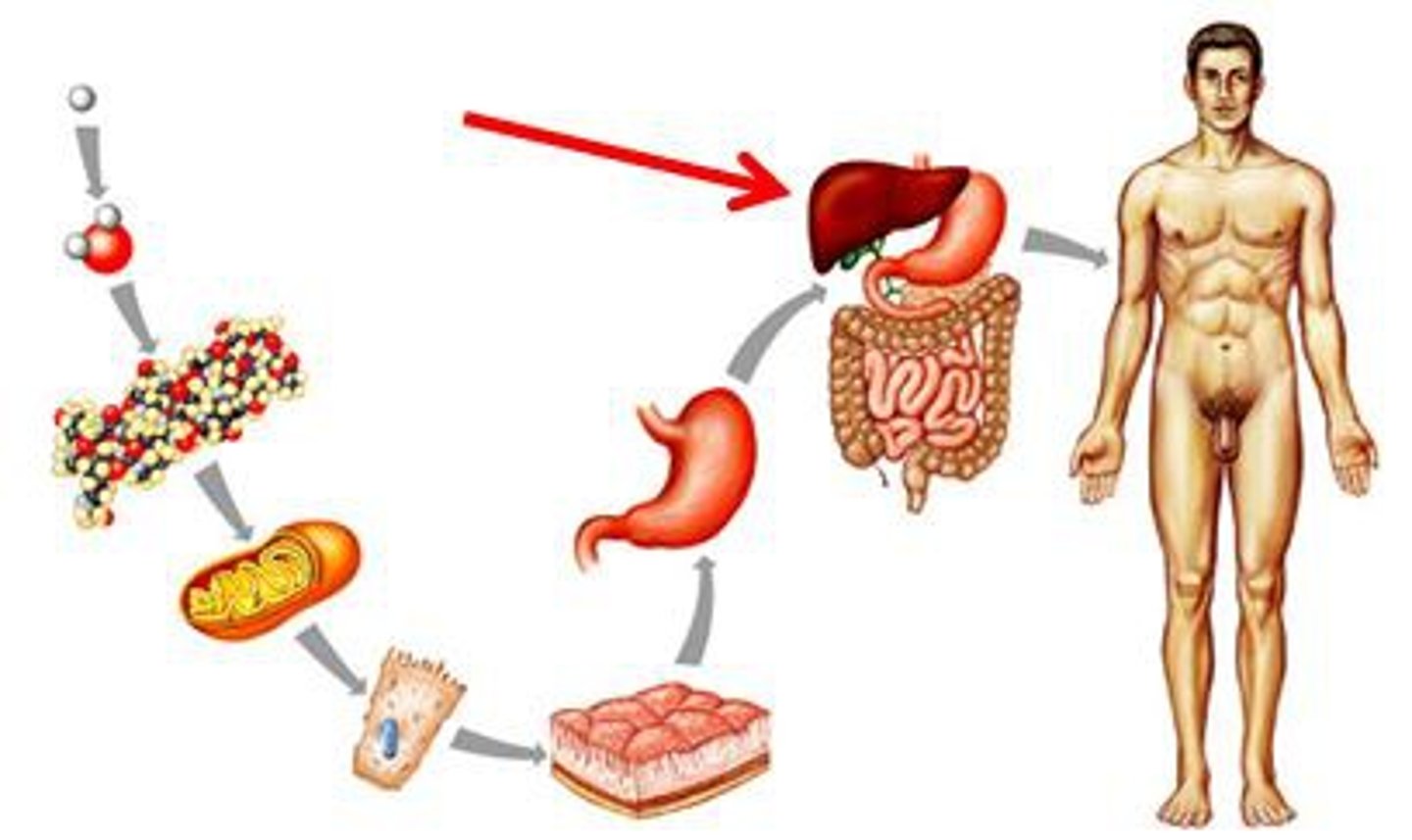
Anatomical Position
standing erect, face forward, arms at side, palms facing forward

Superior
(cranial) toward the head
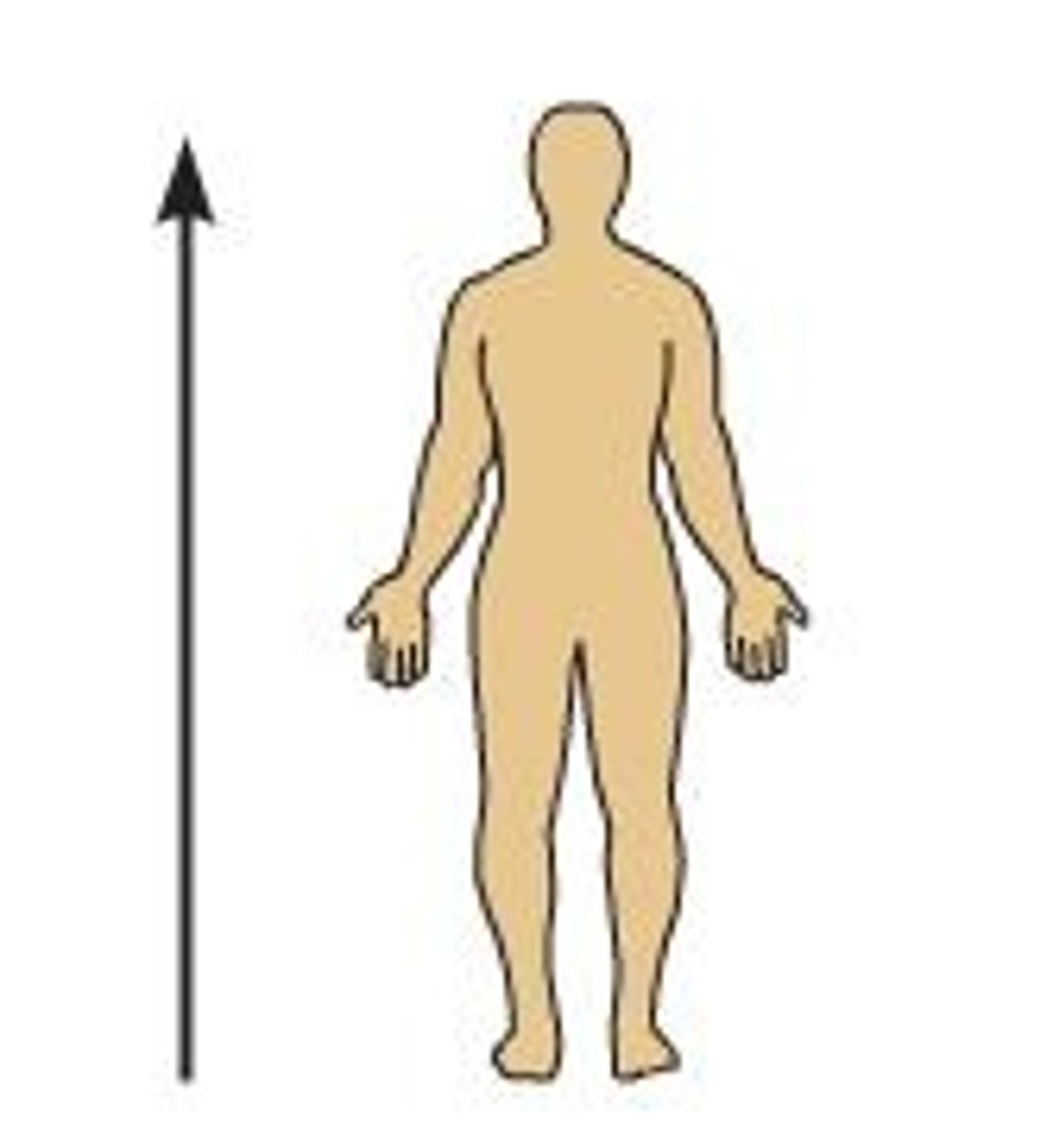
Inferior
(caudal) Lower on the body, farther from the head
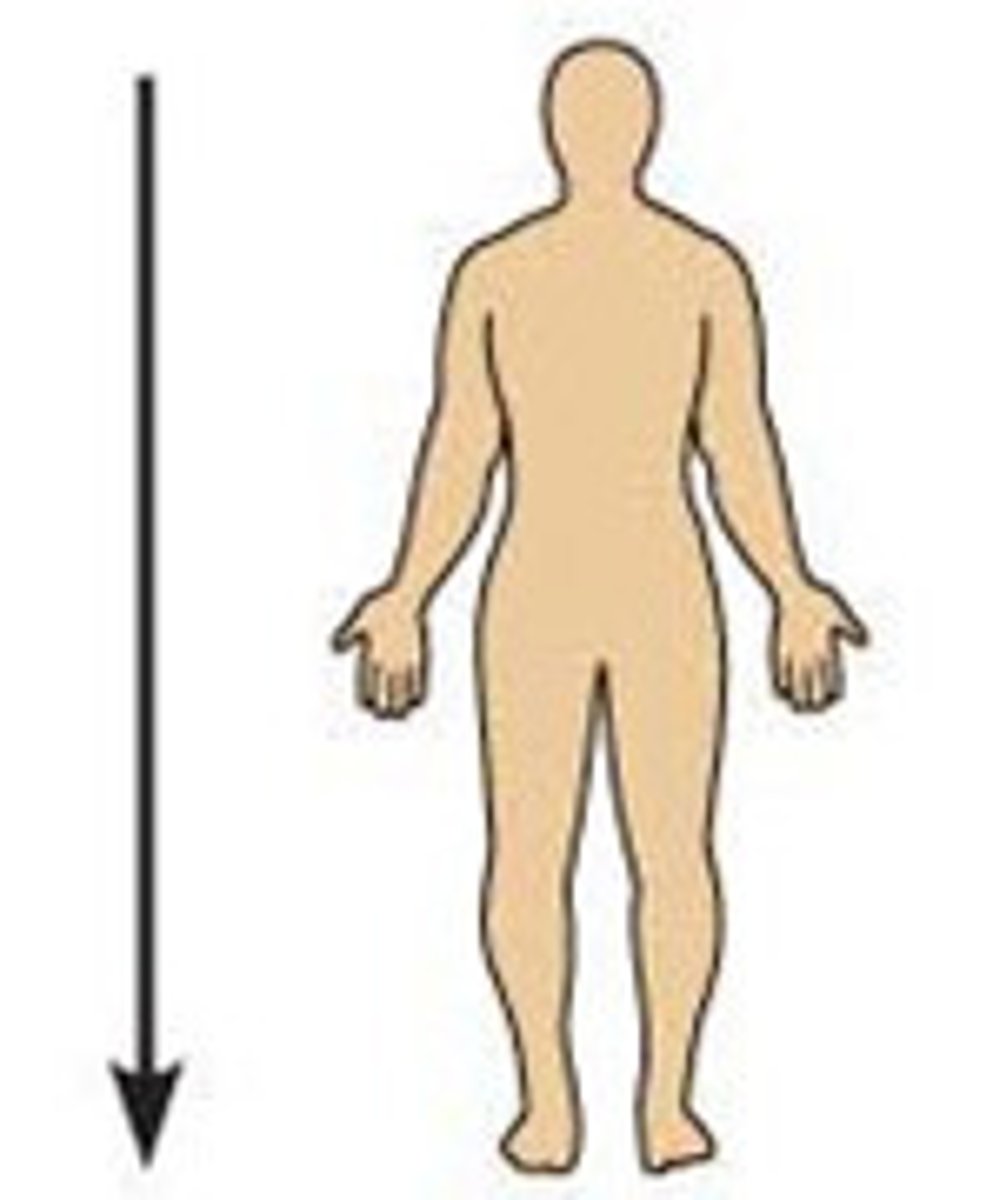
Anterior
front of the body
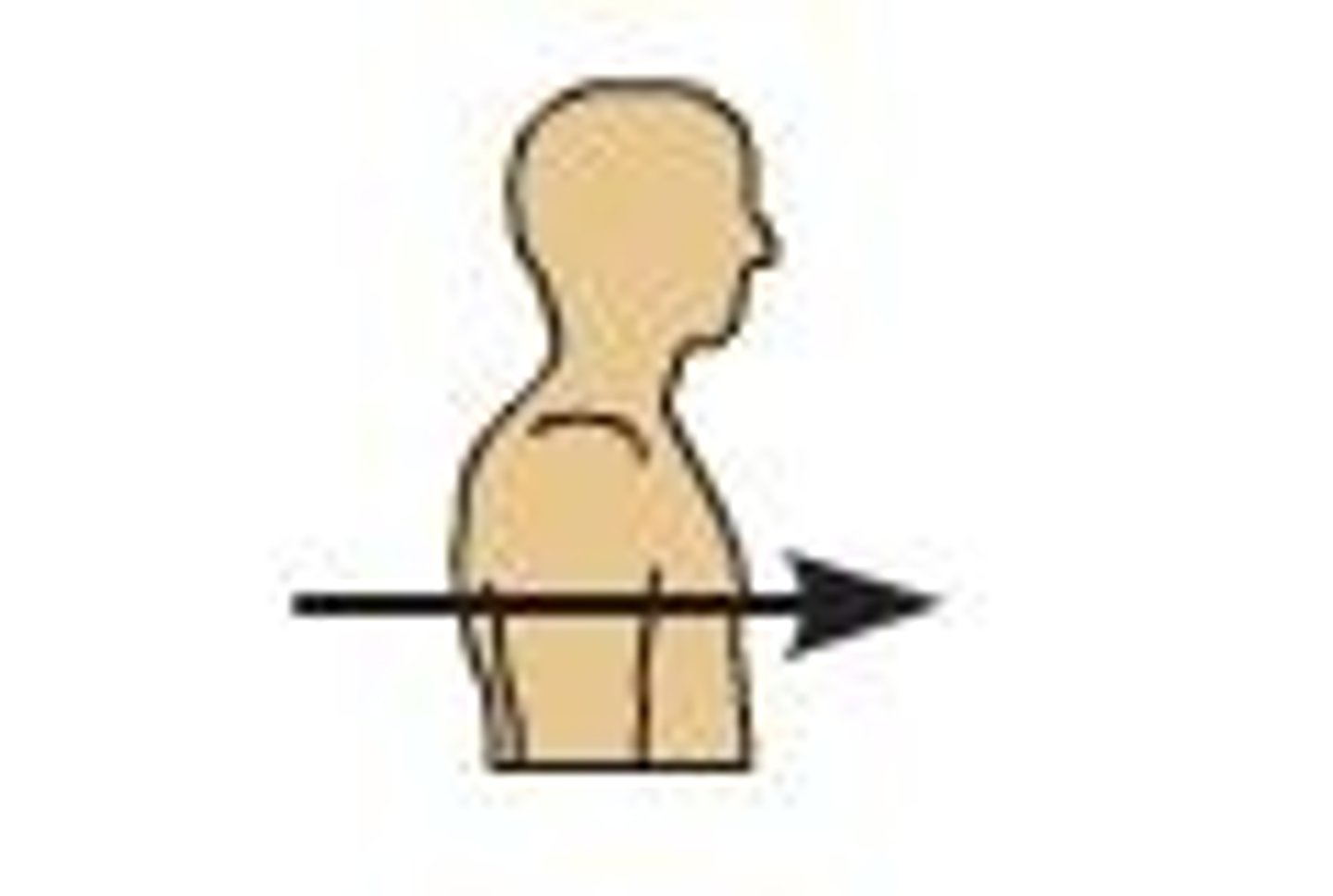
Posterior
back of body
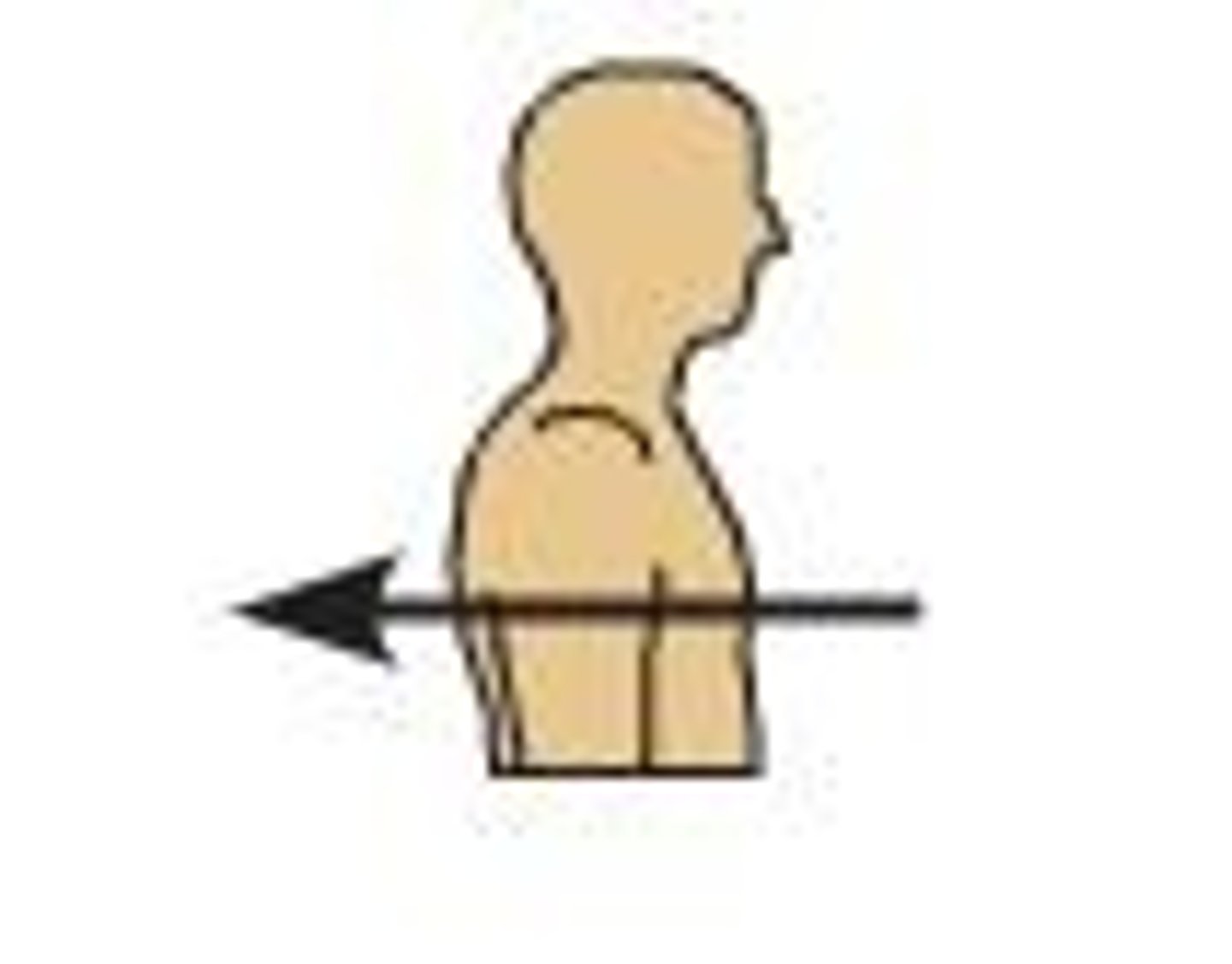
Medial
Toward the midline of the body
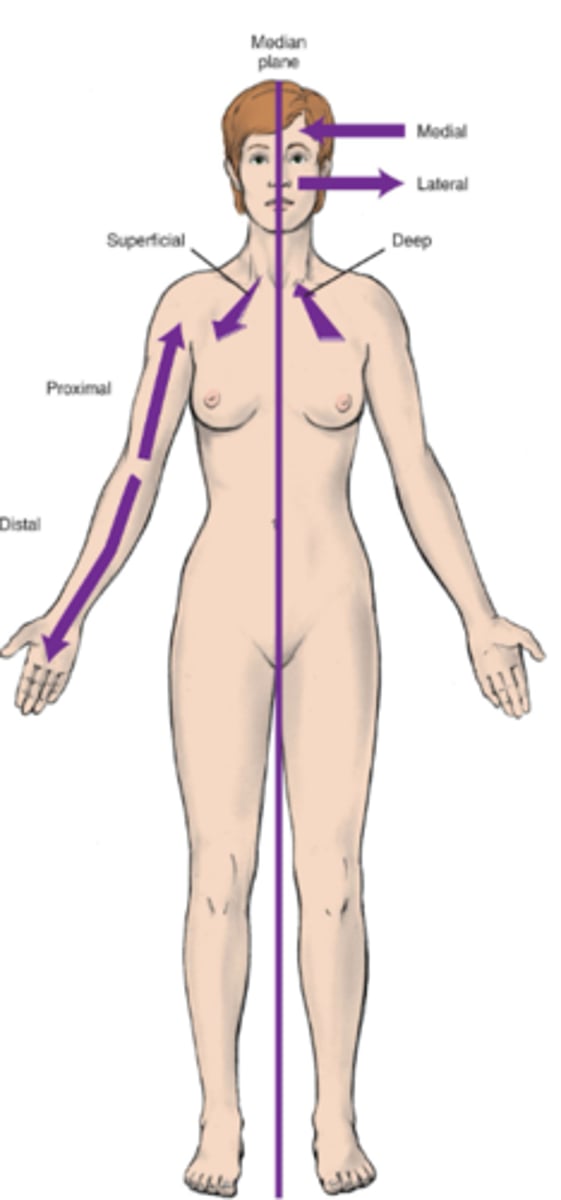
Intermediate
between
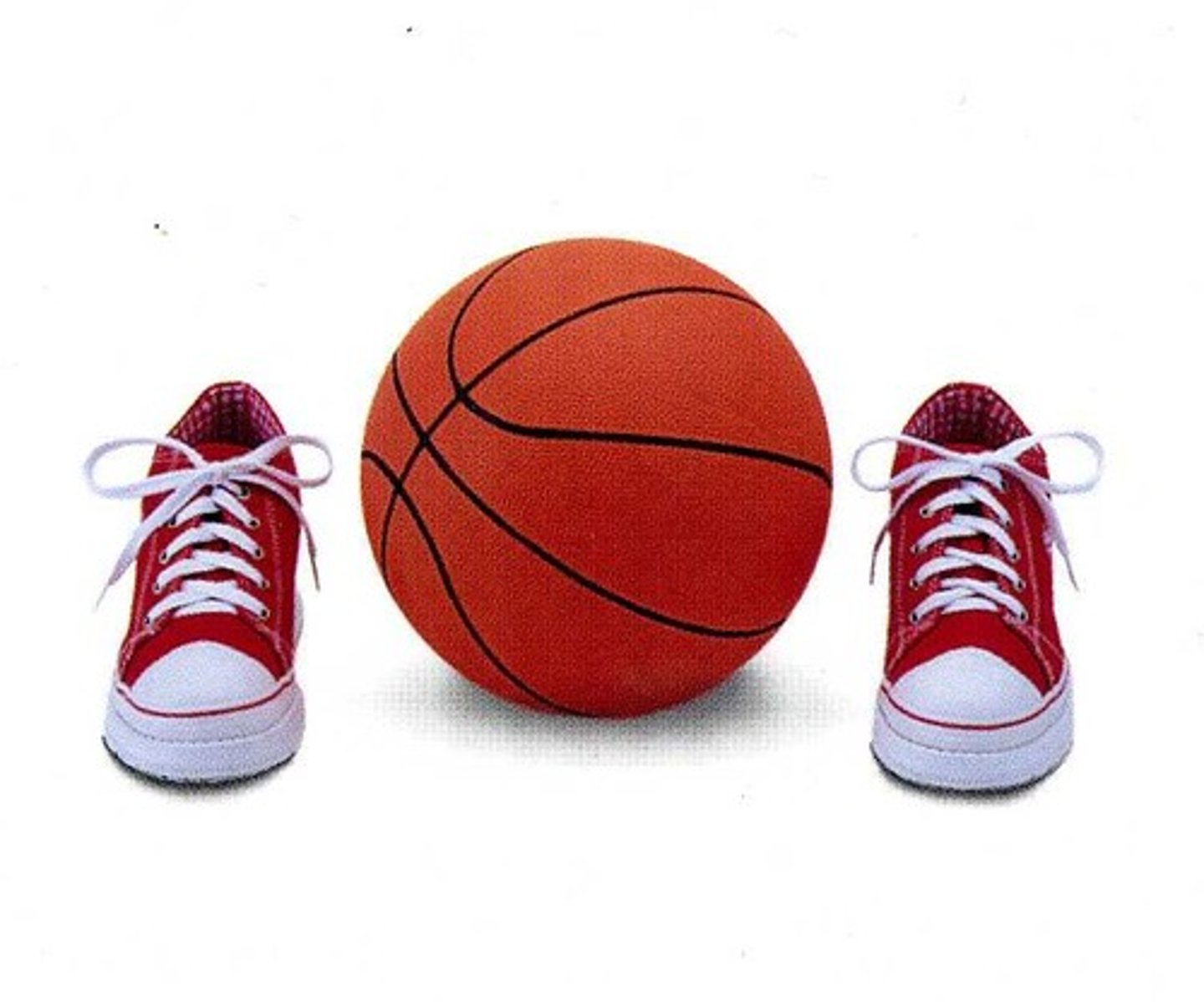
Lateral
away from the midline
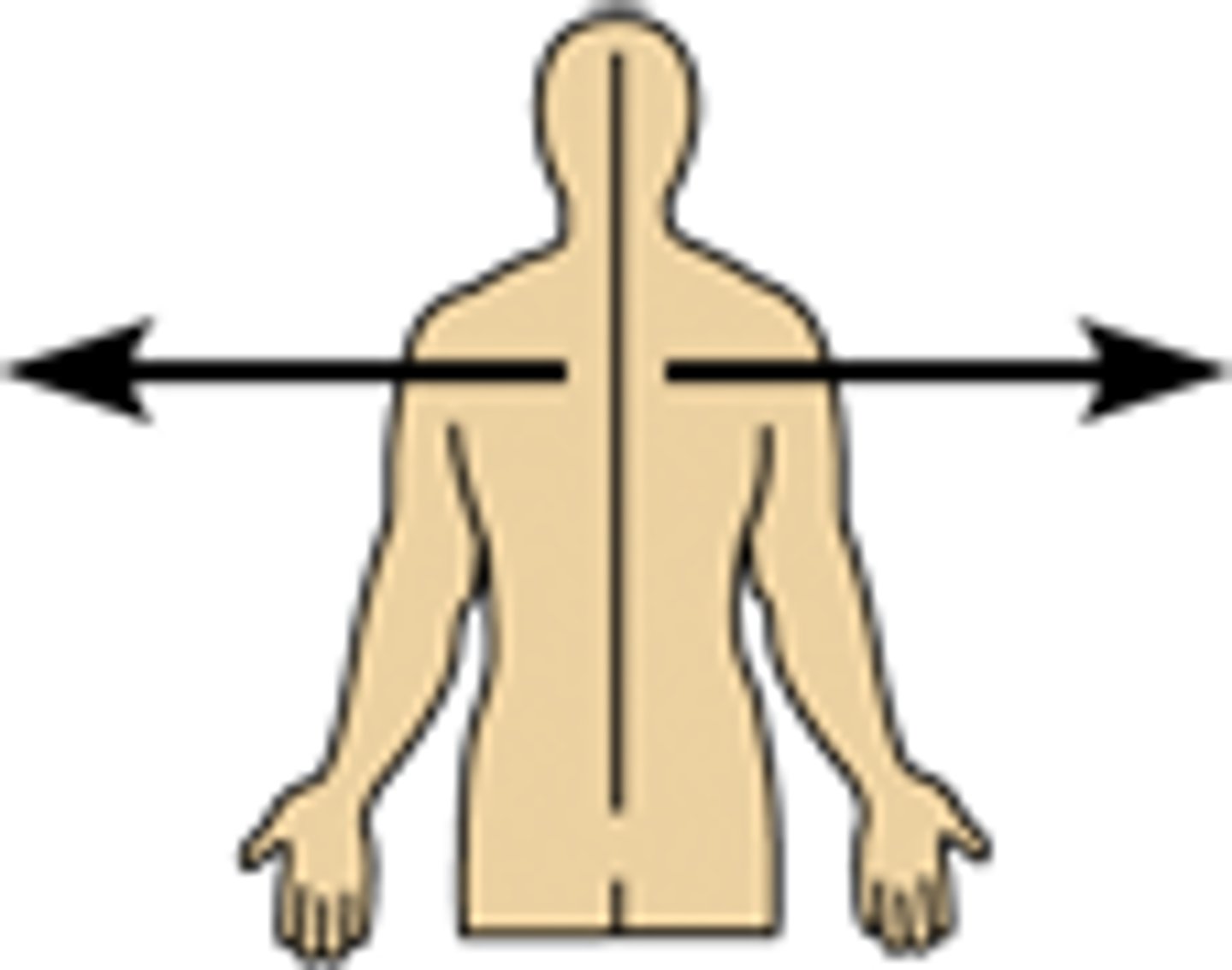
Proximal
Closer to the point of attachment

Distal
farther from the origin of a body part or the point of attachment of a limb to the body trunk
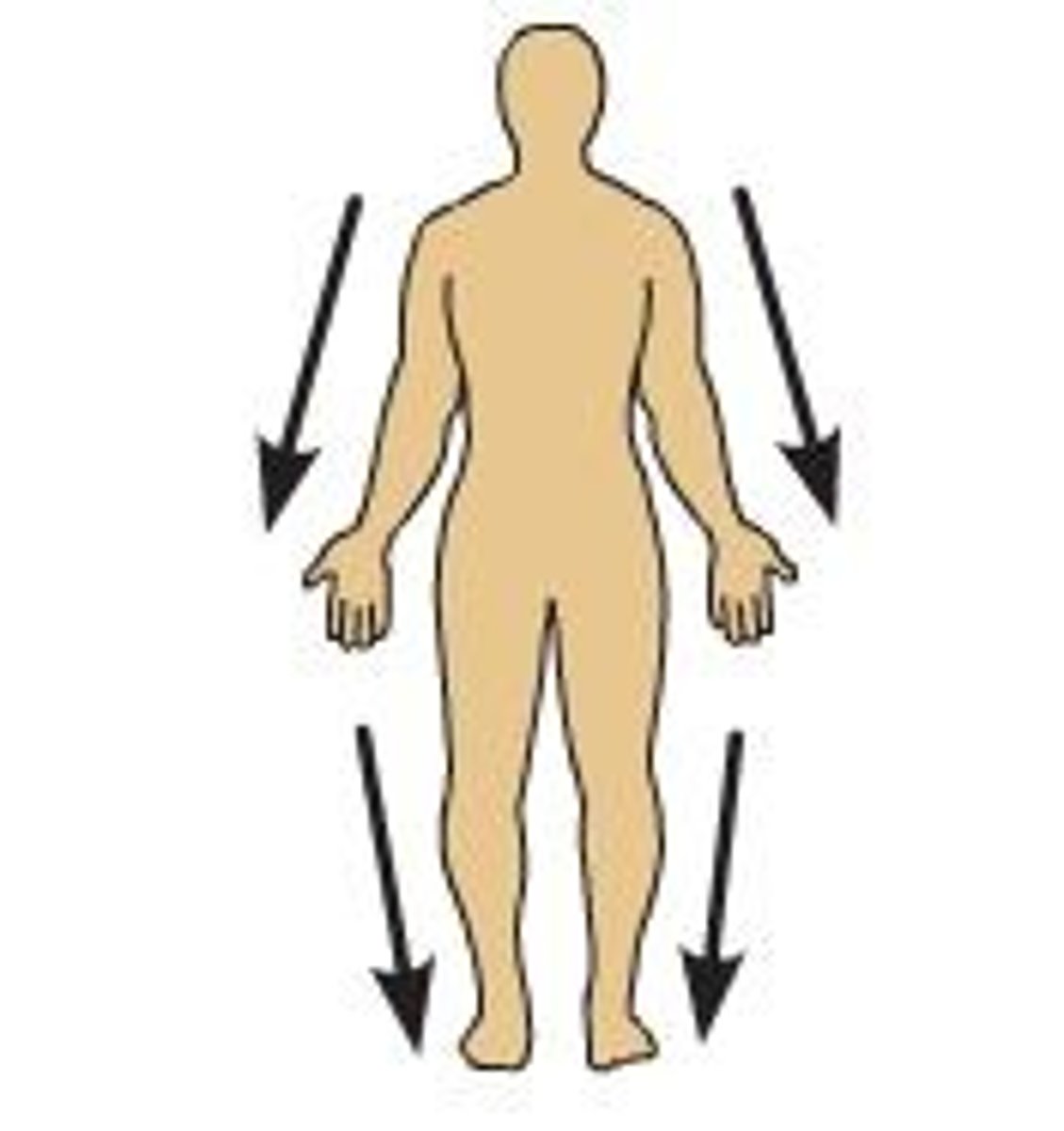
Superficial
on the surface
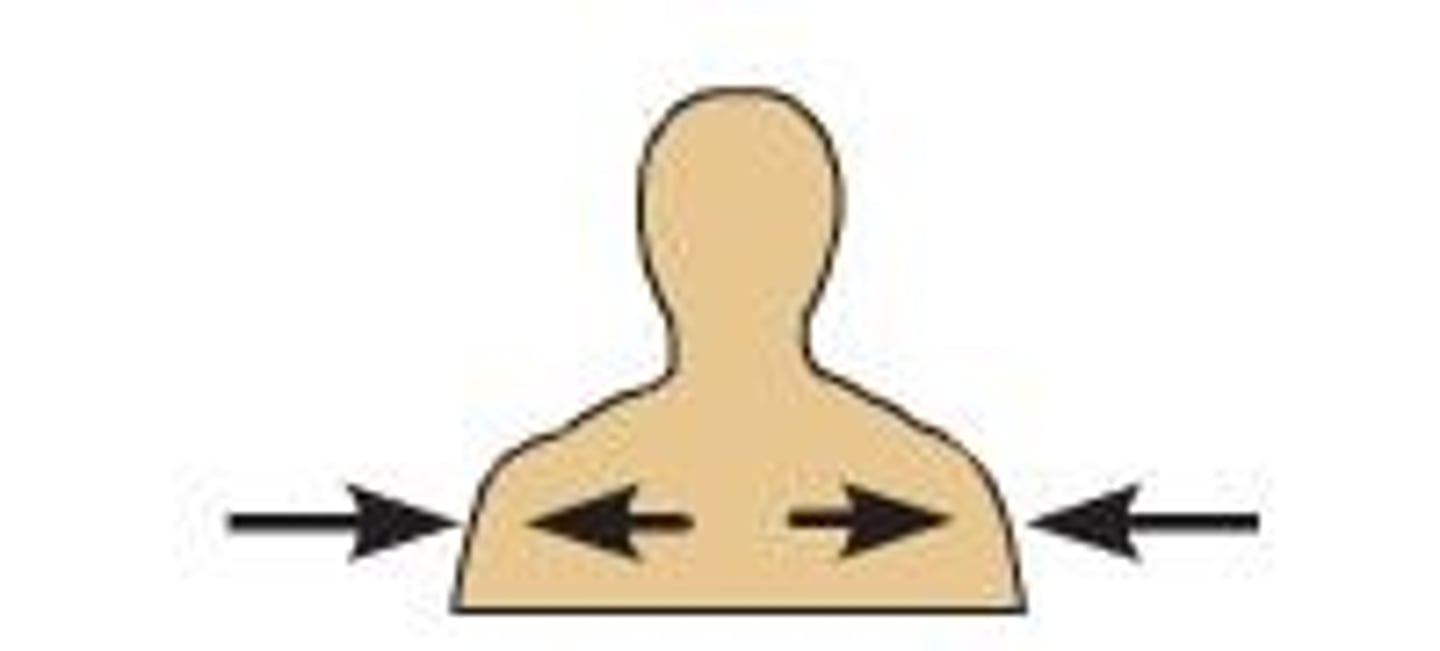
Deep
on the inside
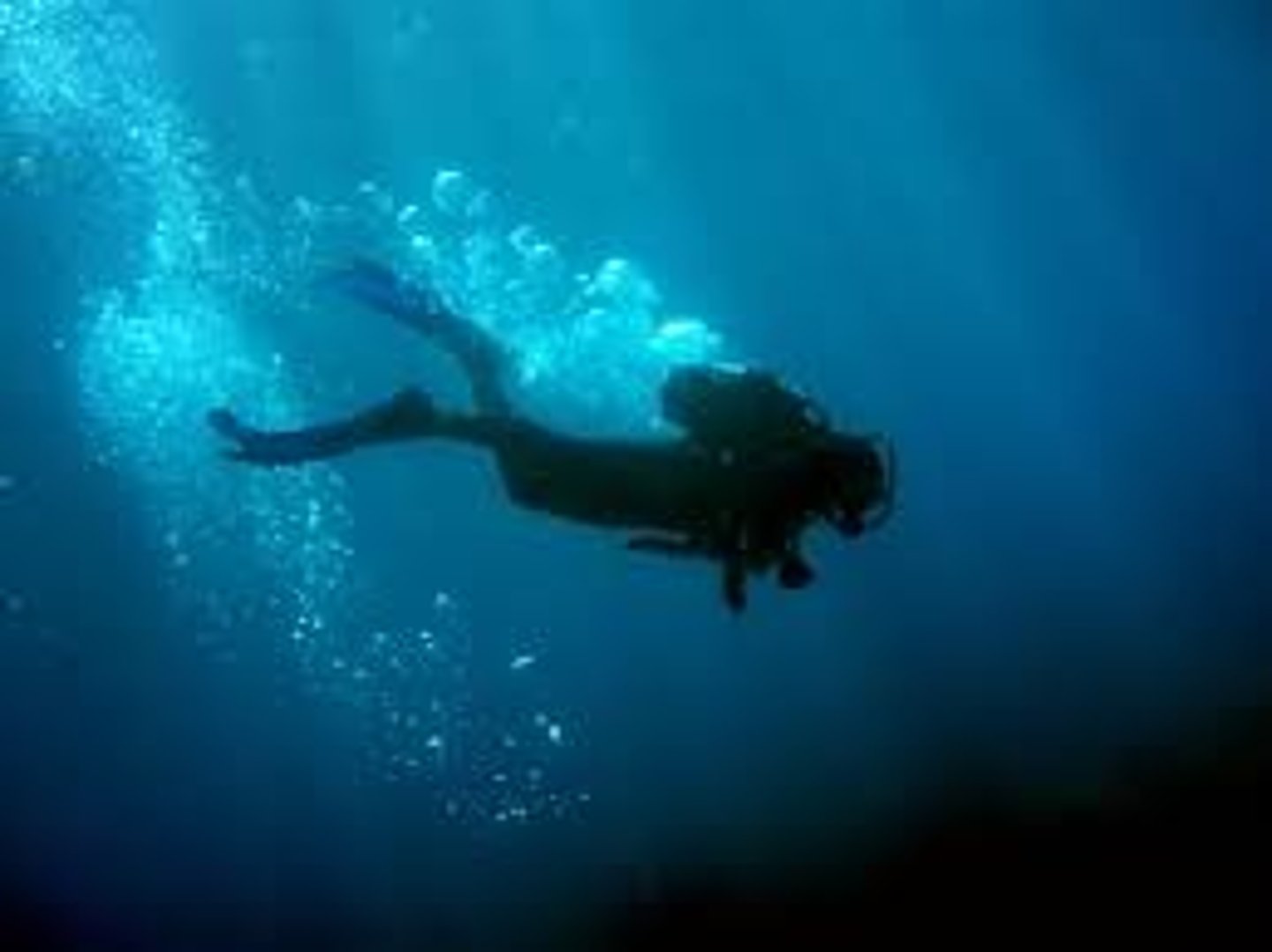
Parietal
On the wall of a body cavity
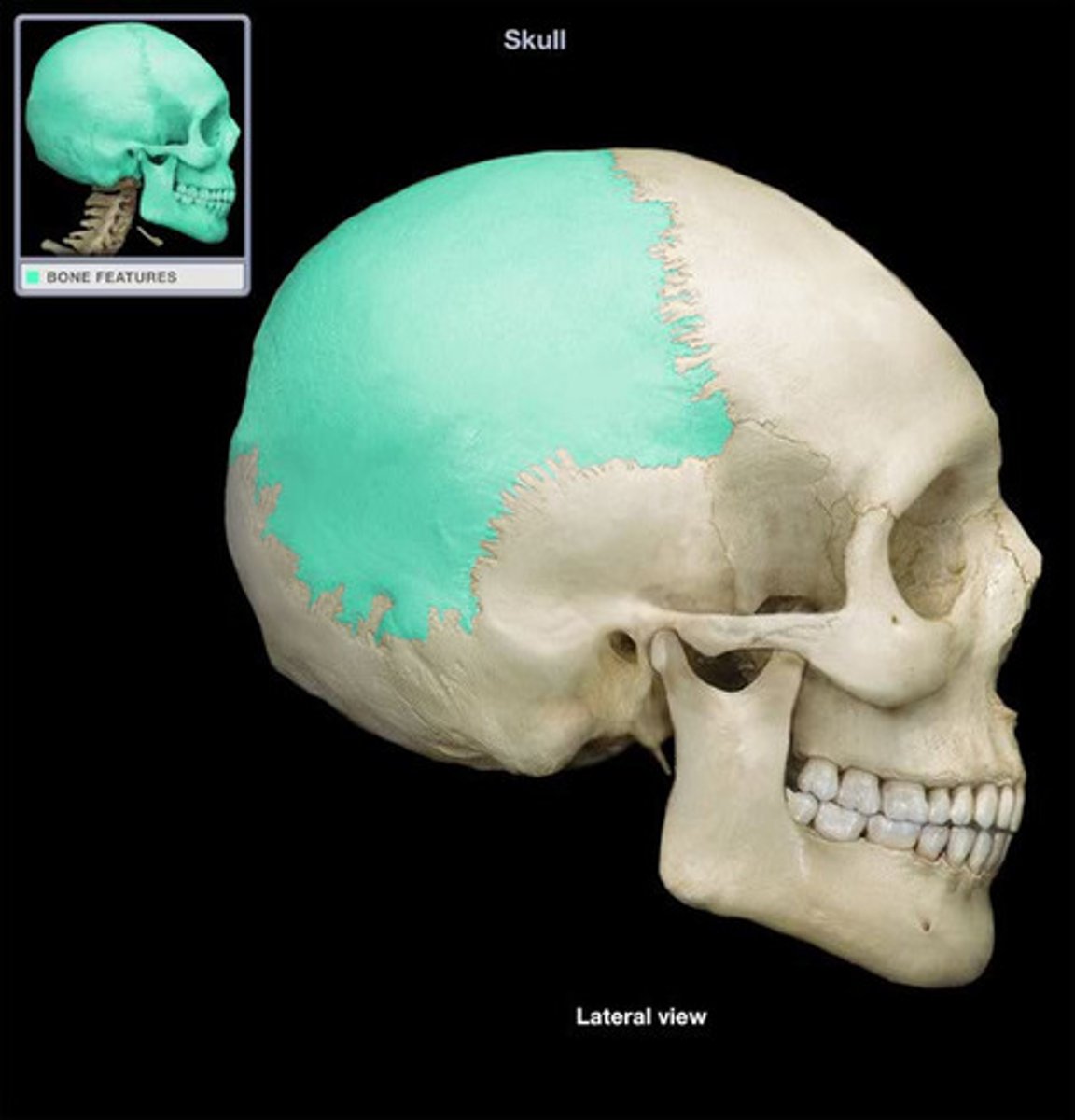
Viseral
On an organ
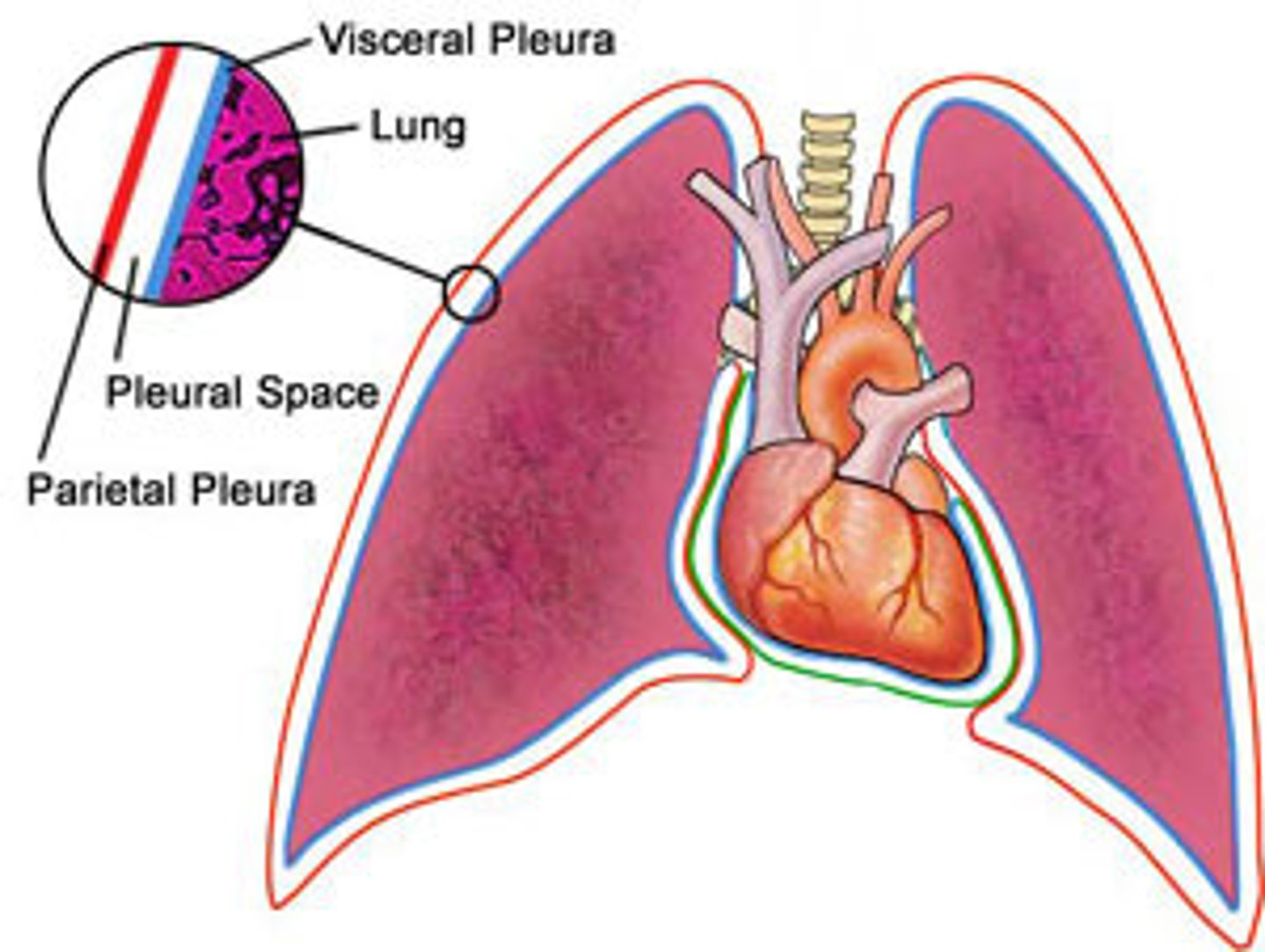
prone
lying face down
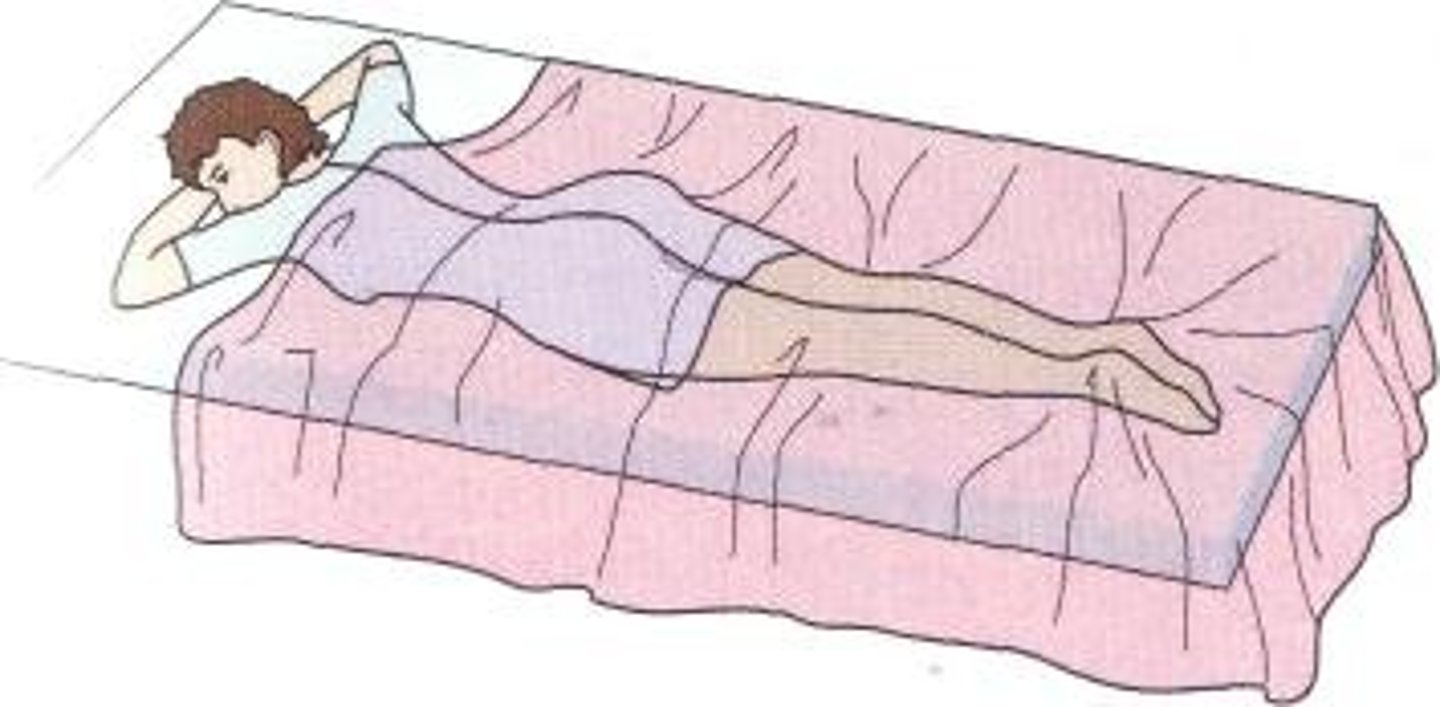
supine
lying on the back

Planes of the body
Dividing the body into planes or flat surfaces is an additional way to describe the body. (useful in CT scans, MRI, etc.)
coronal plane
divides body into front and back
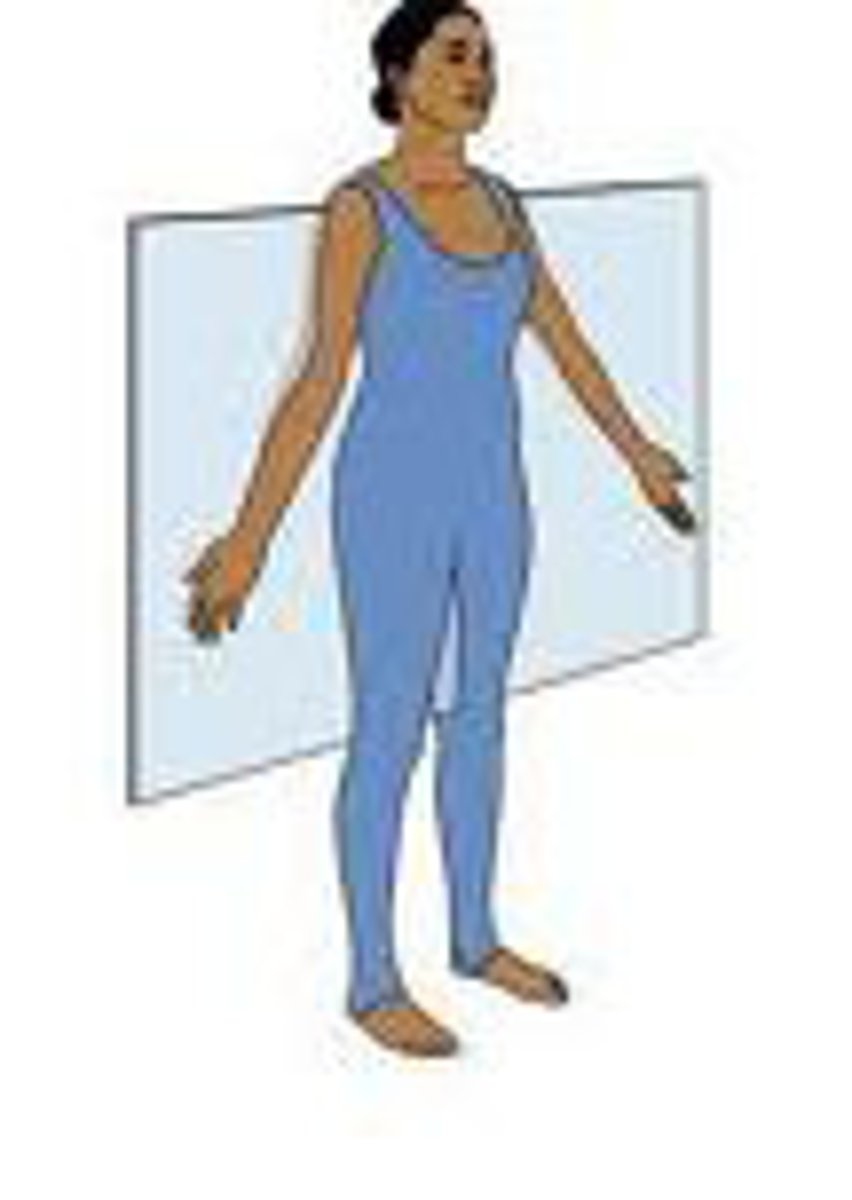
sagital plane (median plane)
Vertically divides the body into right and left sides
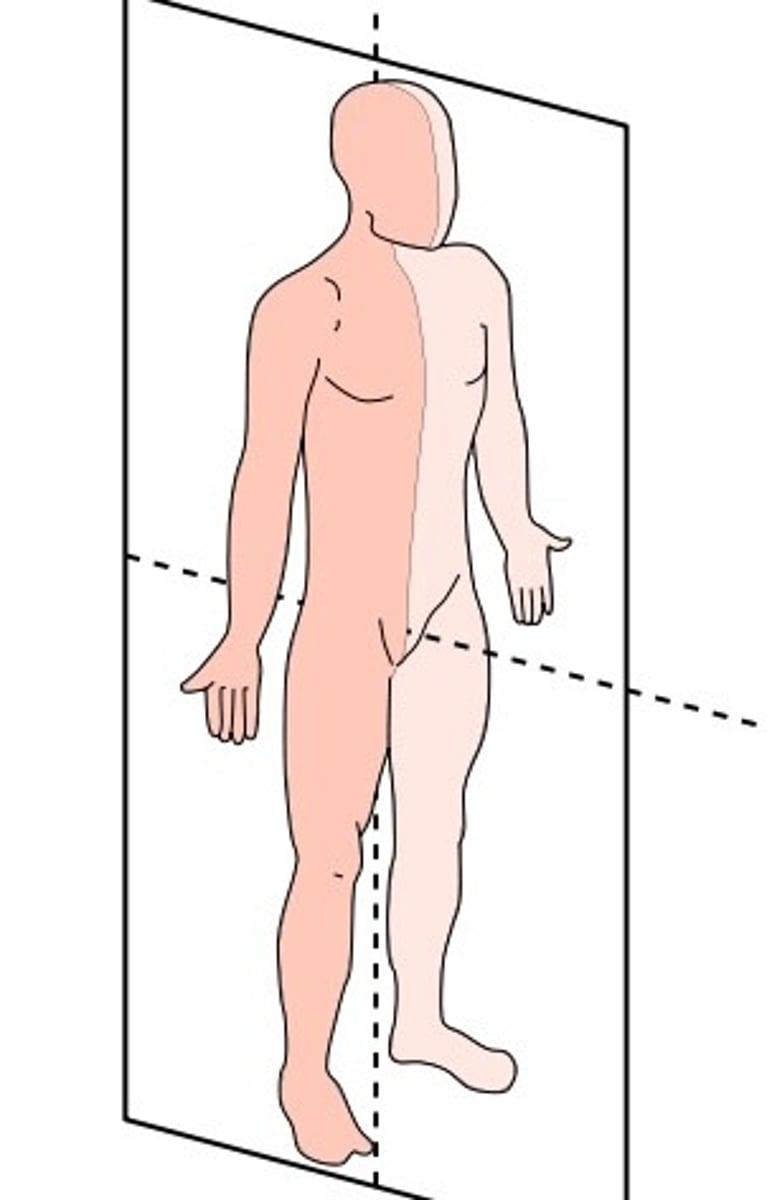
axial plane
A horizontal flat surface dividing the body into upper and lower parts; also known as the transverse plane
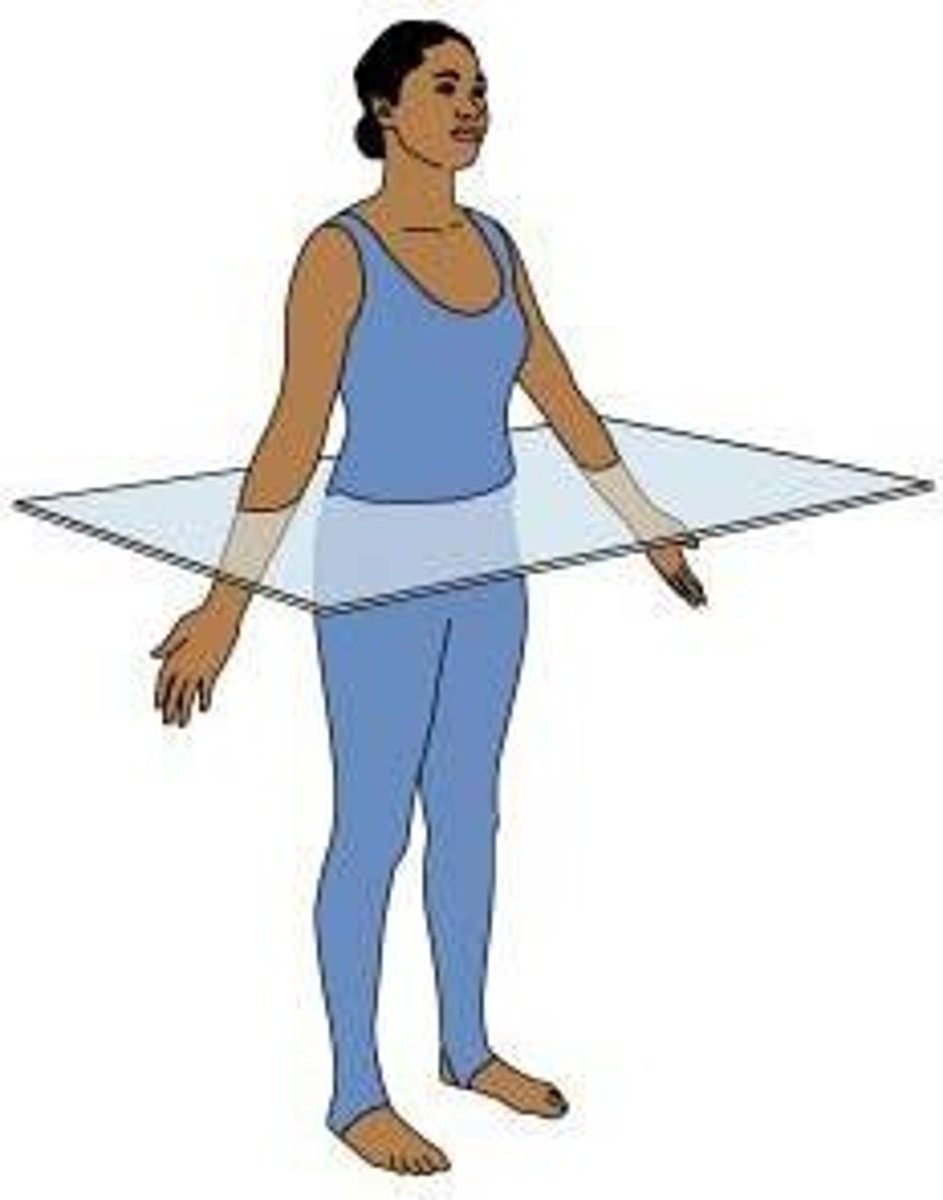
Body Cavities
fluid-filled spaces that protect internal organs
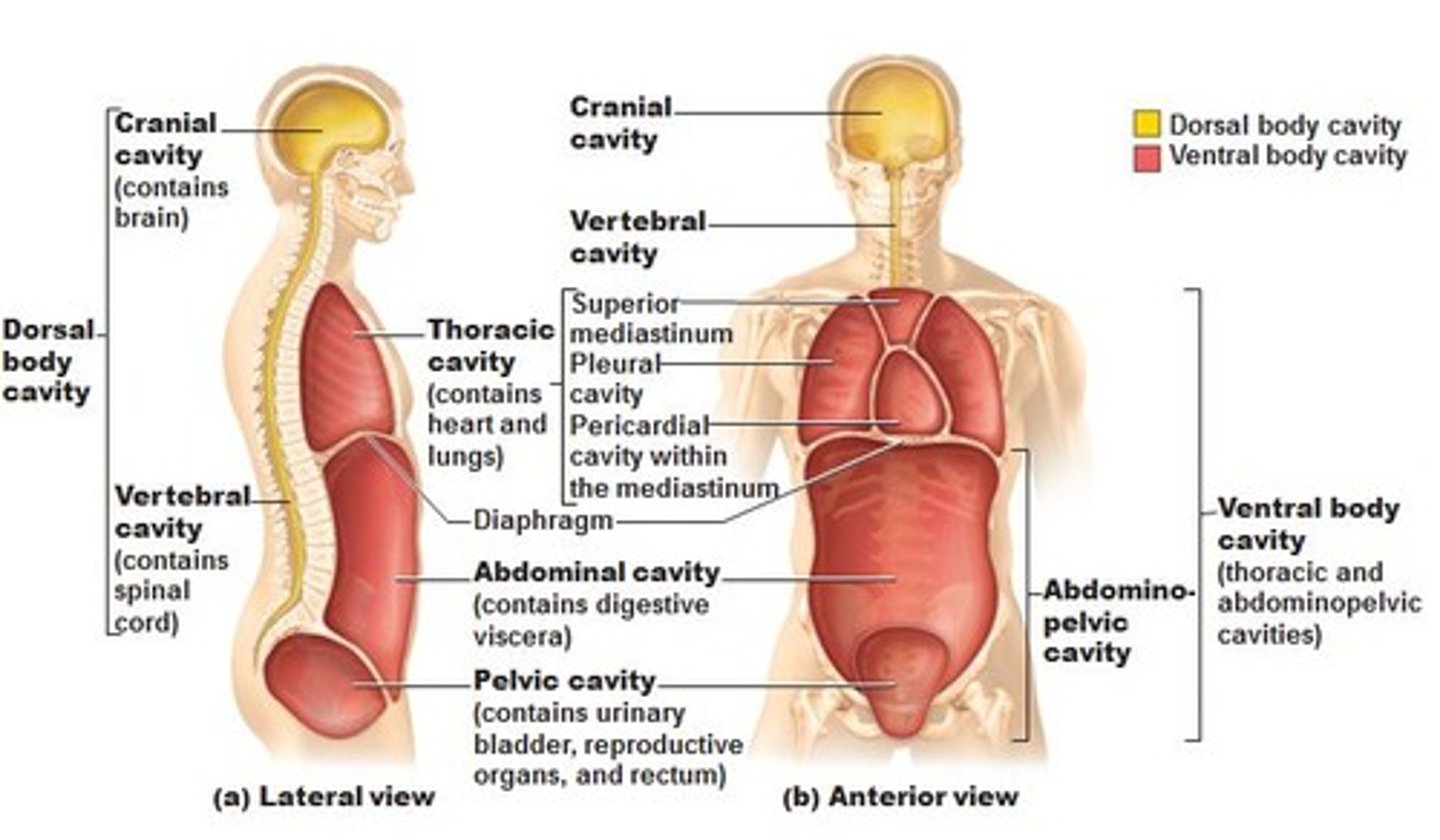
Abdominal cavity
Contains stomach, intestines, spleen, and liver, and other organs
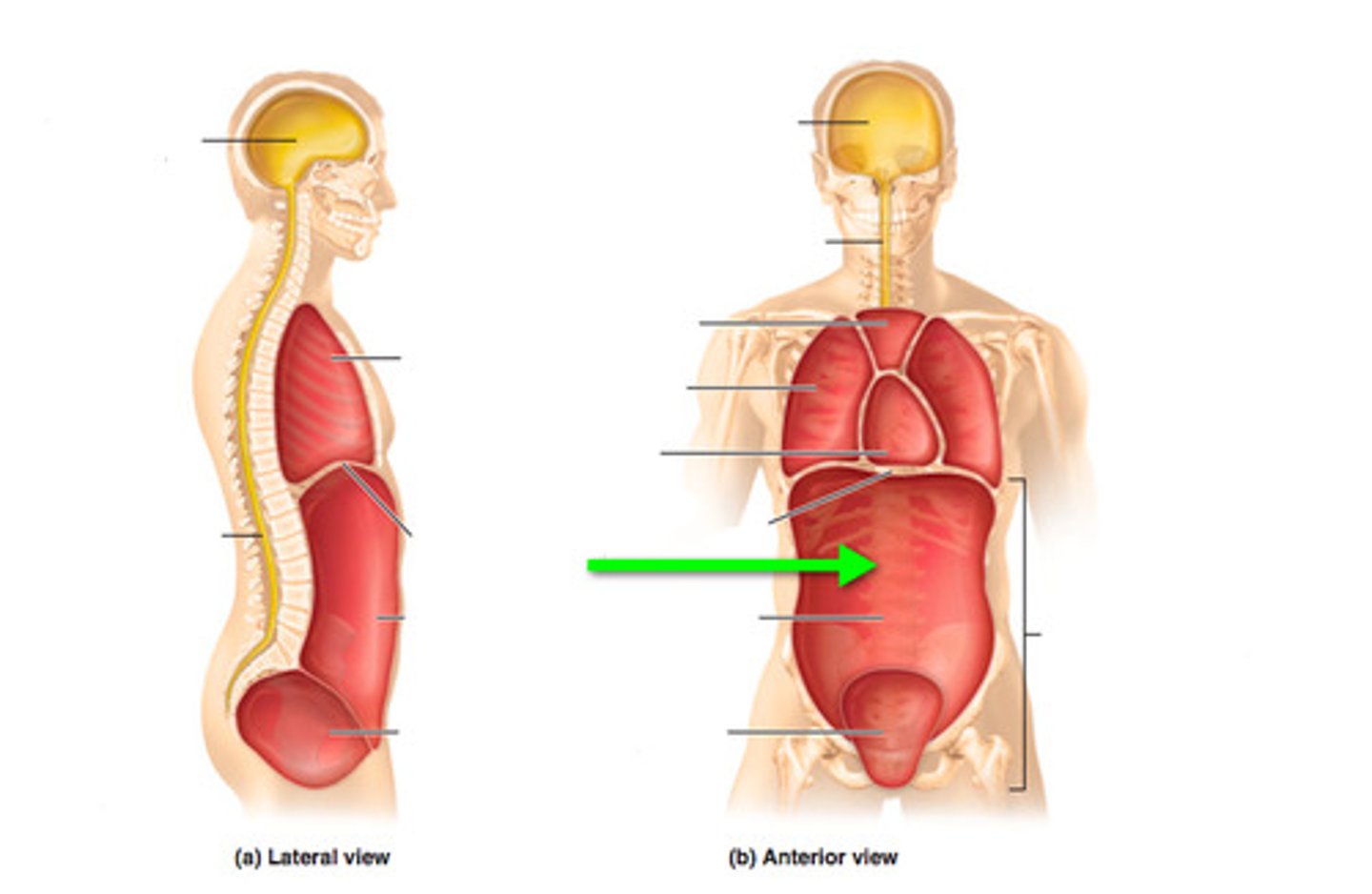
Cranial Cavity
contains the brain
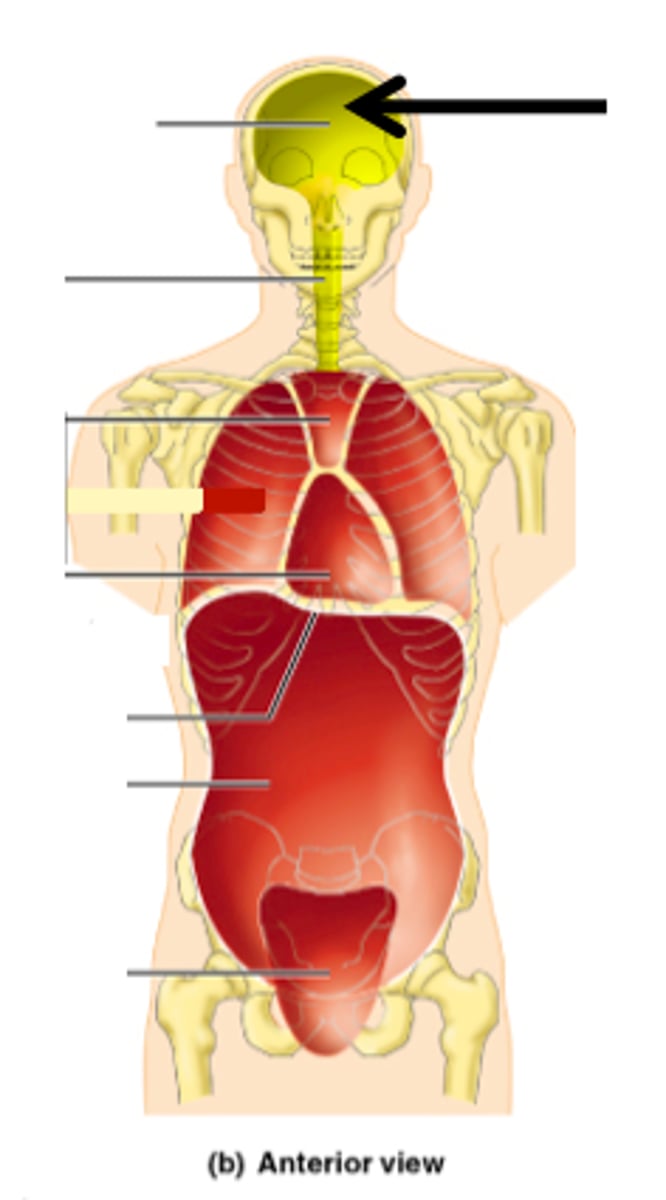
Pelvic Cavity
Contains urinary bladder, reproductive organs, and rectum
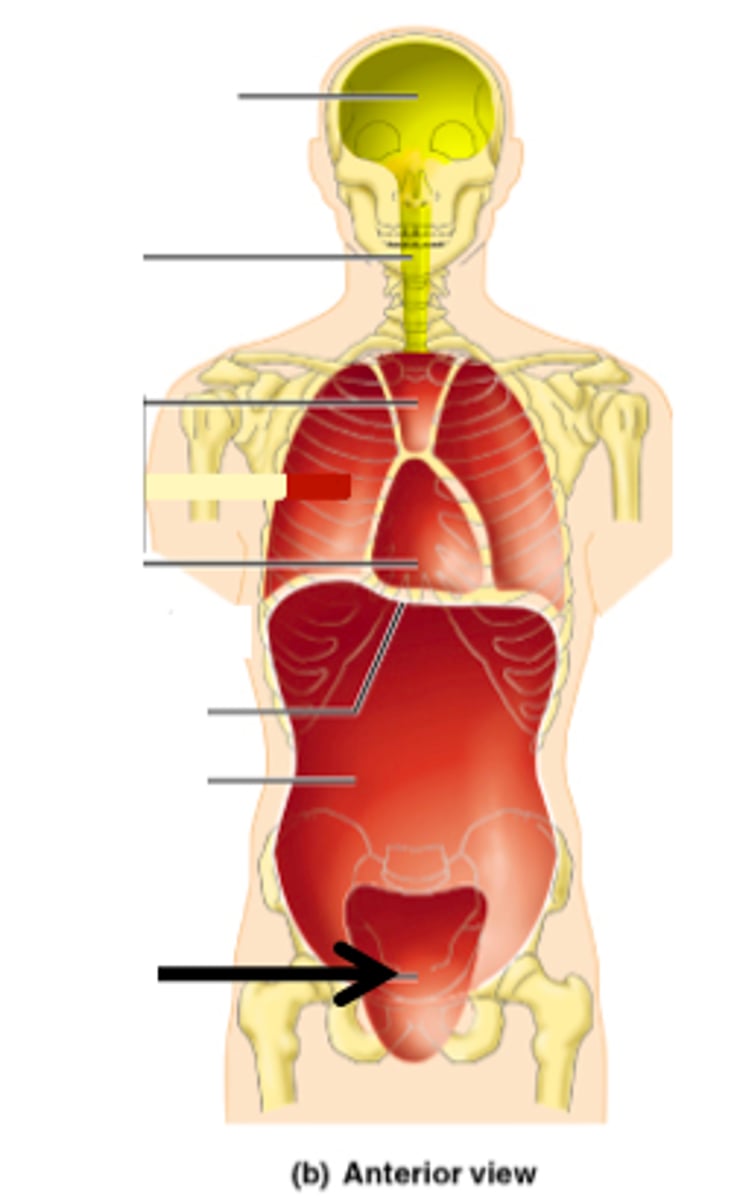
Thoracic Cavity
contains heart and lungs
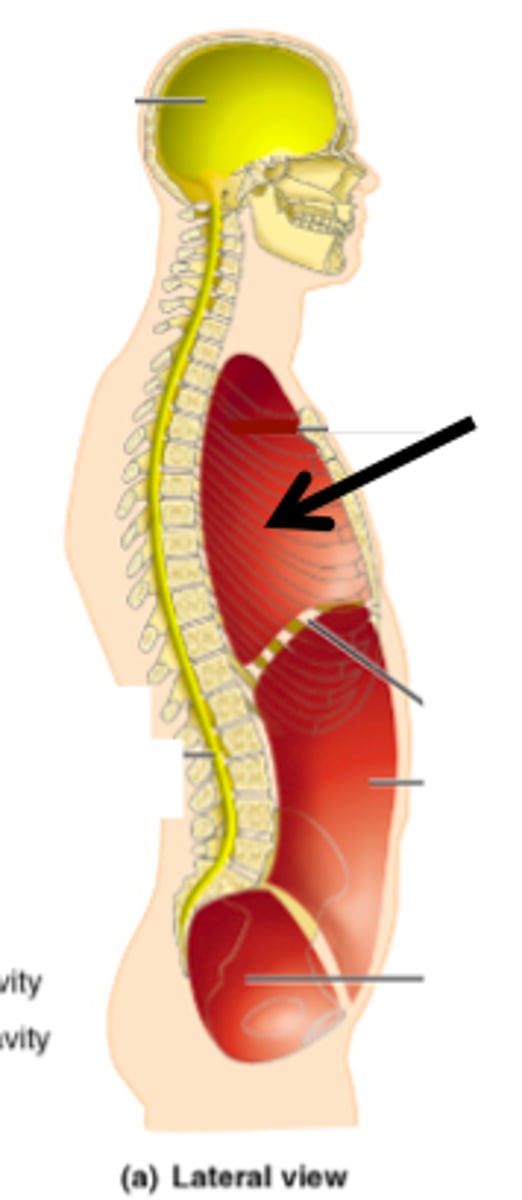
Vertebral canal (spinal cavity)
contains the spinal cord
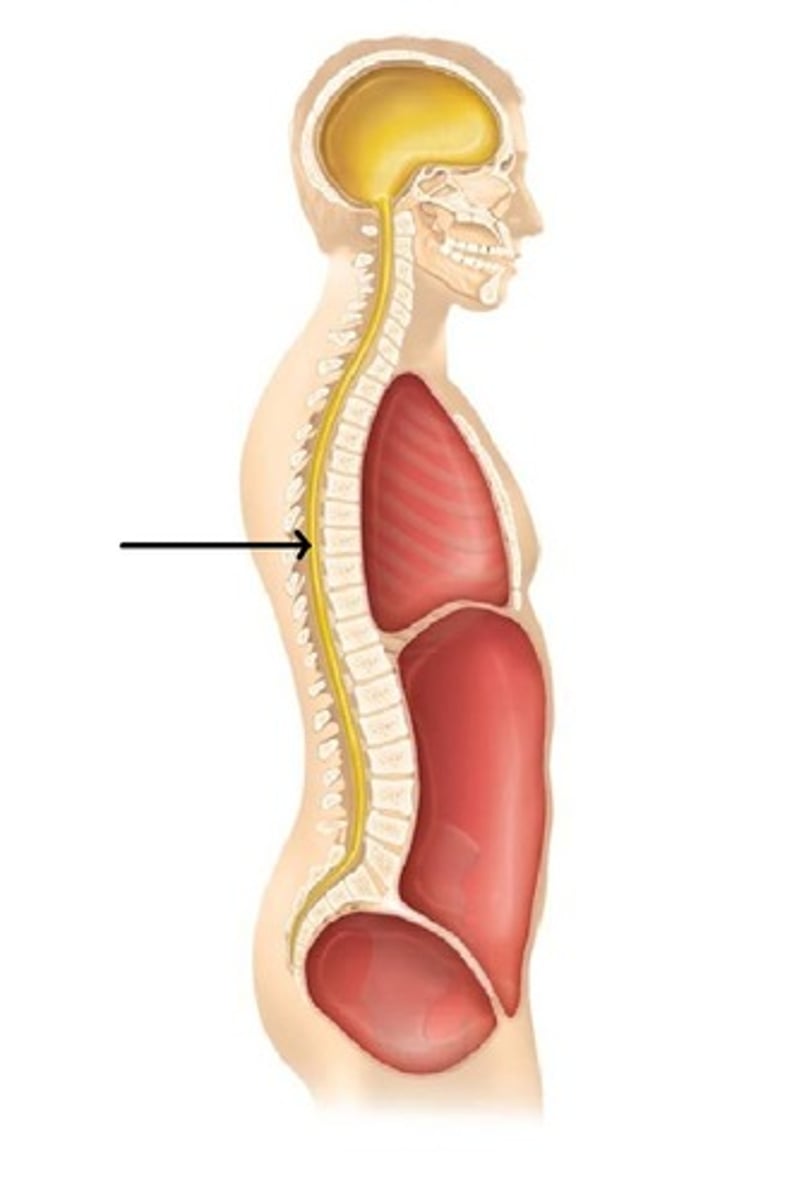
Dorsal Body Cavity
contains the cranial cavity and spinal column
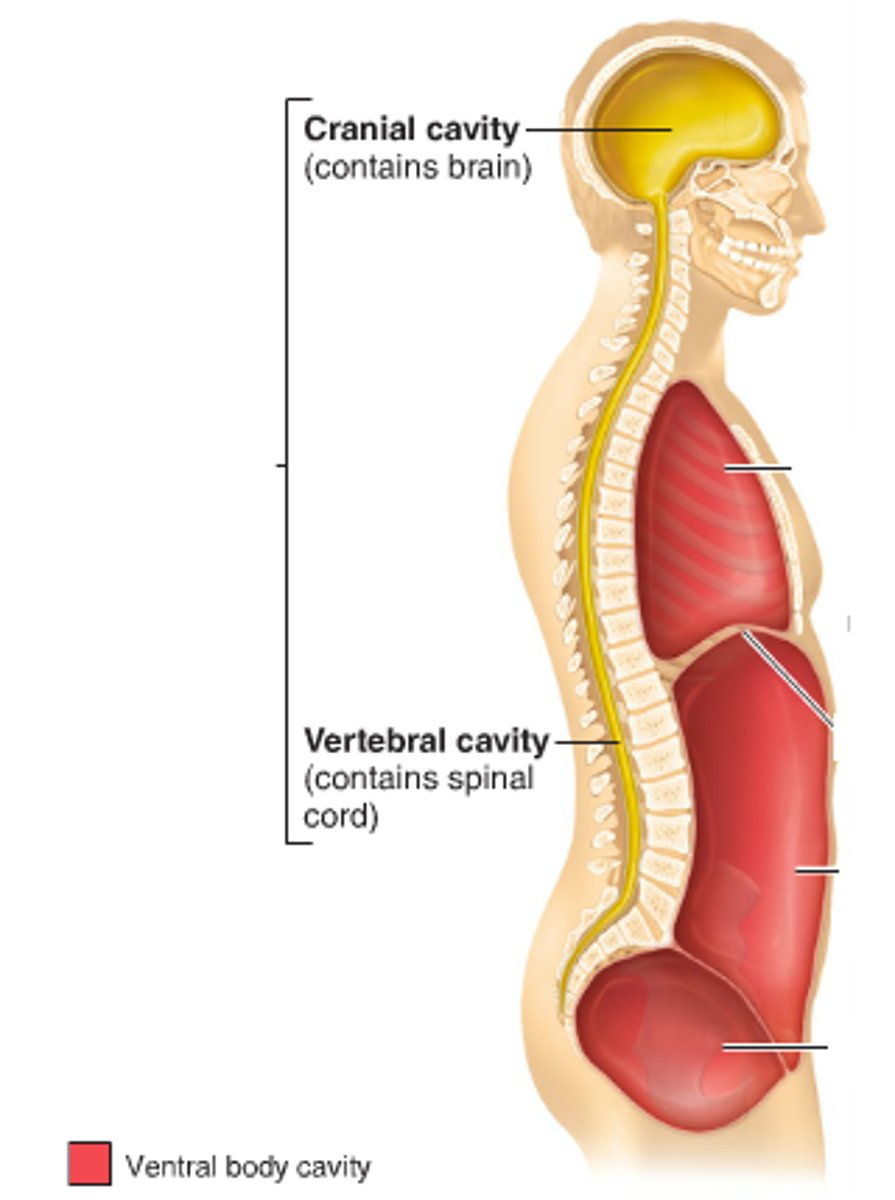
Ventral Body Cavity
pericardial Cavity and 2 Pleural Cavities (heart and lungs)
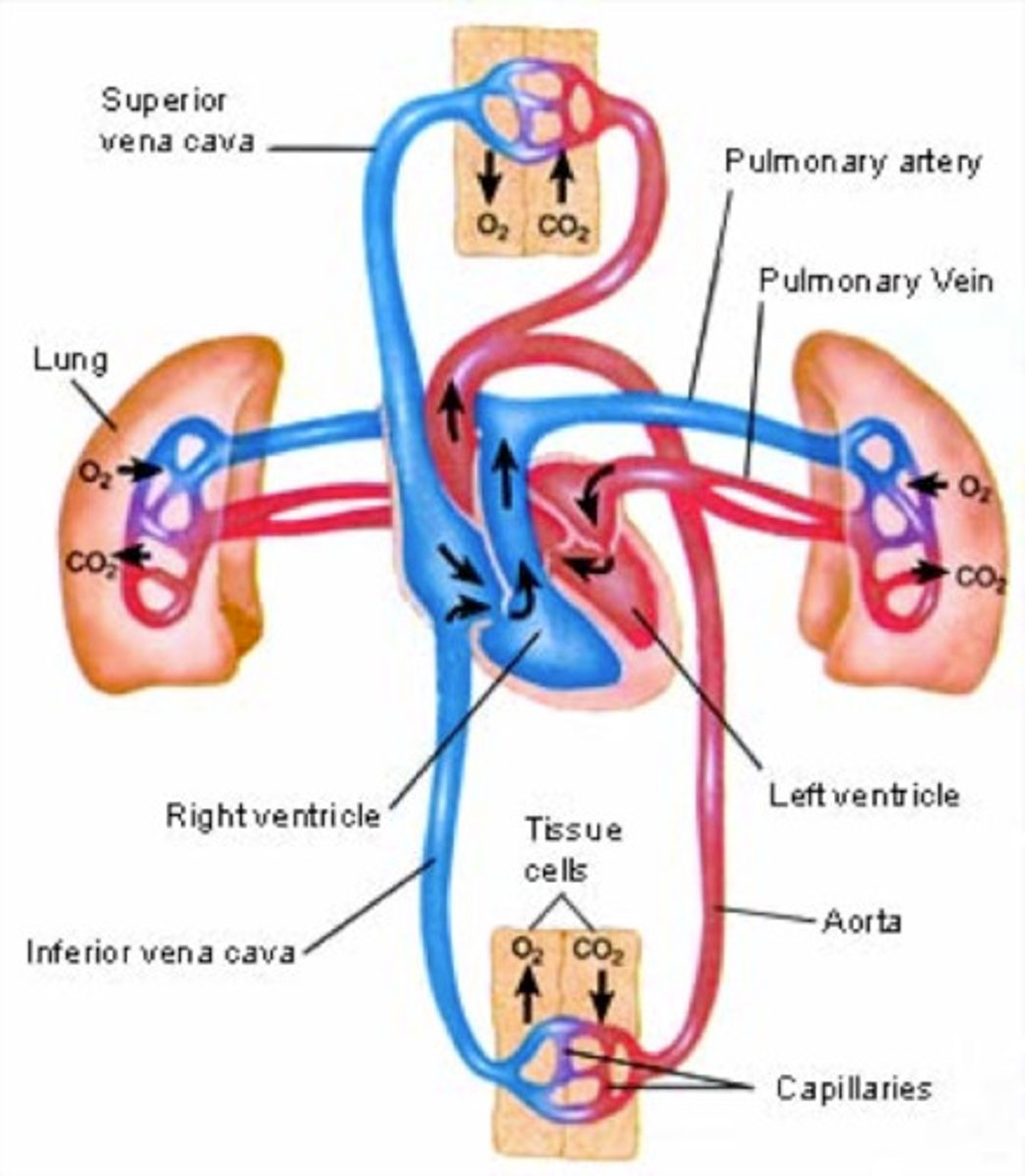
mediastinum
between the pleural cavities
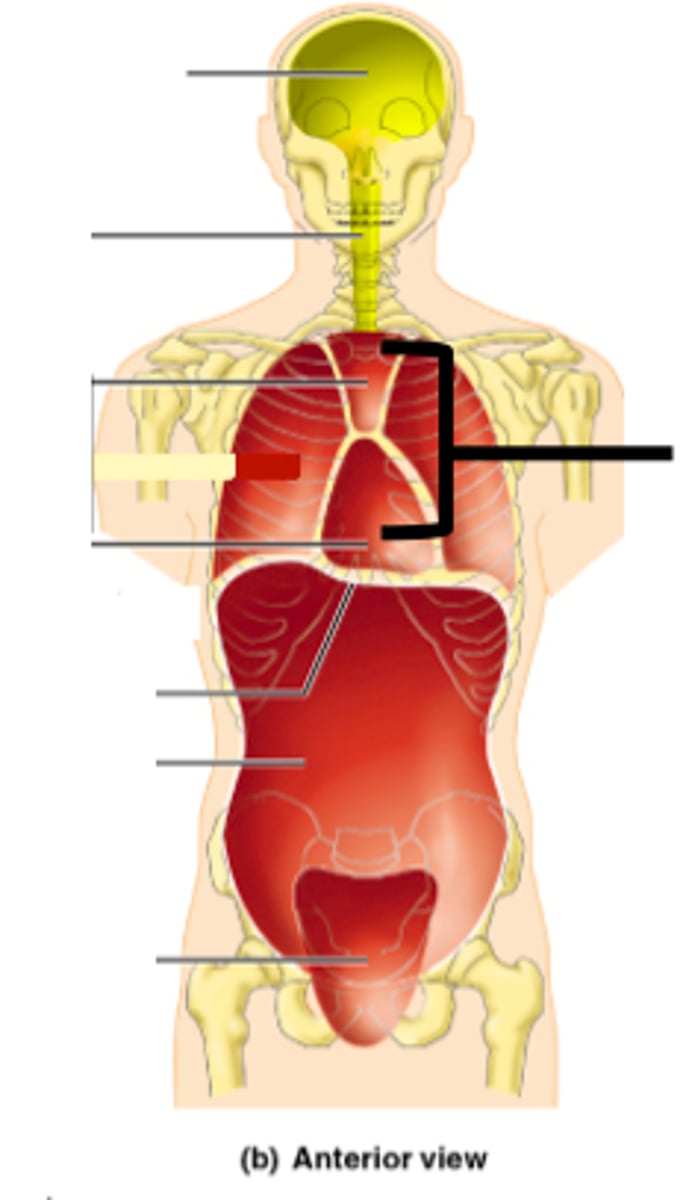
diaphram
separates the thoracic and abdominopelvic cavities
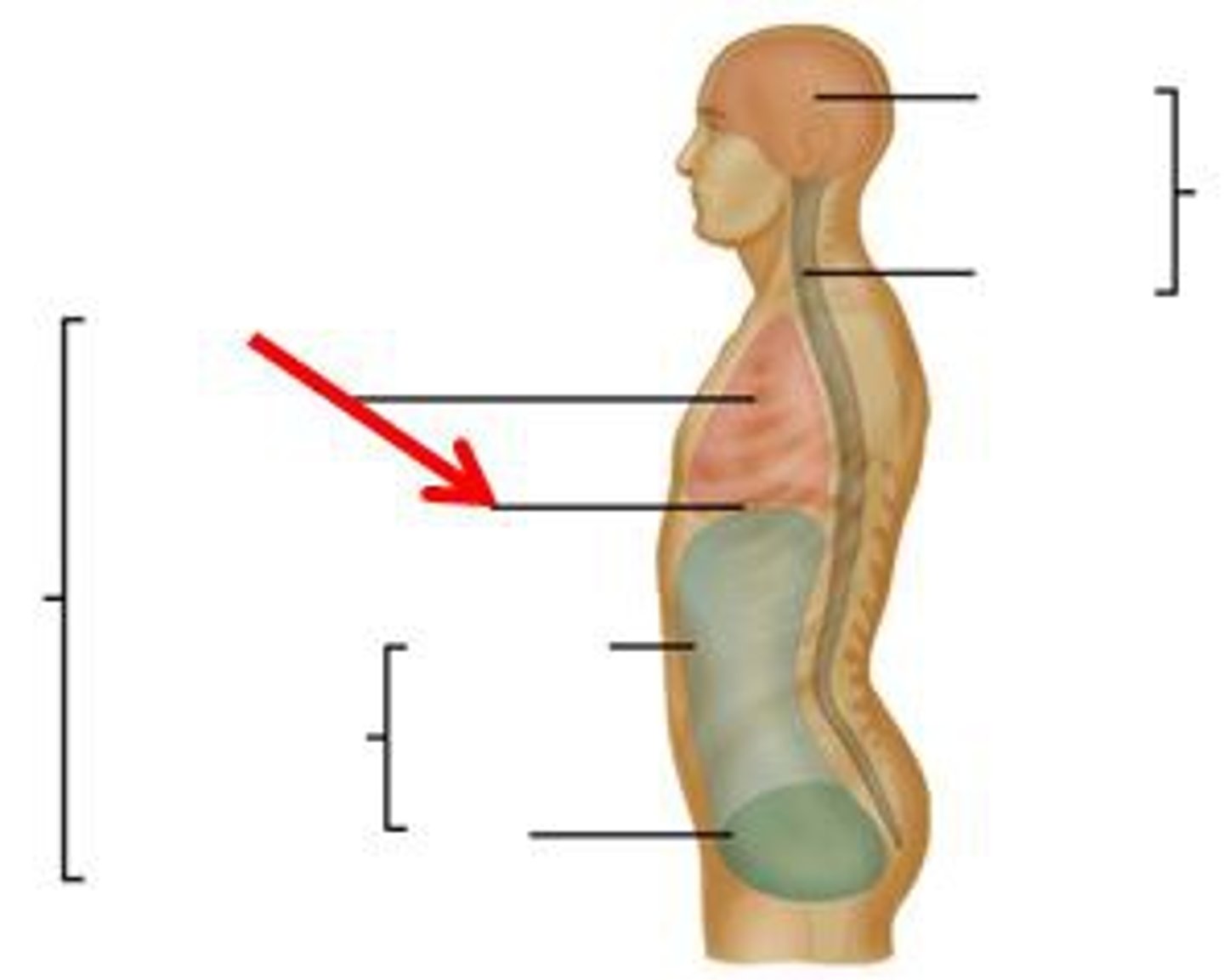
Parietal Peritoneum
lines the abdominal wall
visceral peritoneum
covers each organ in the abdominal cavity